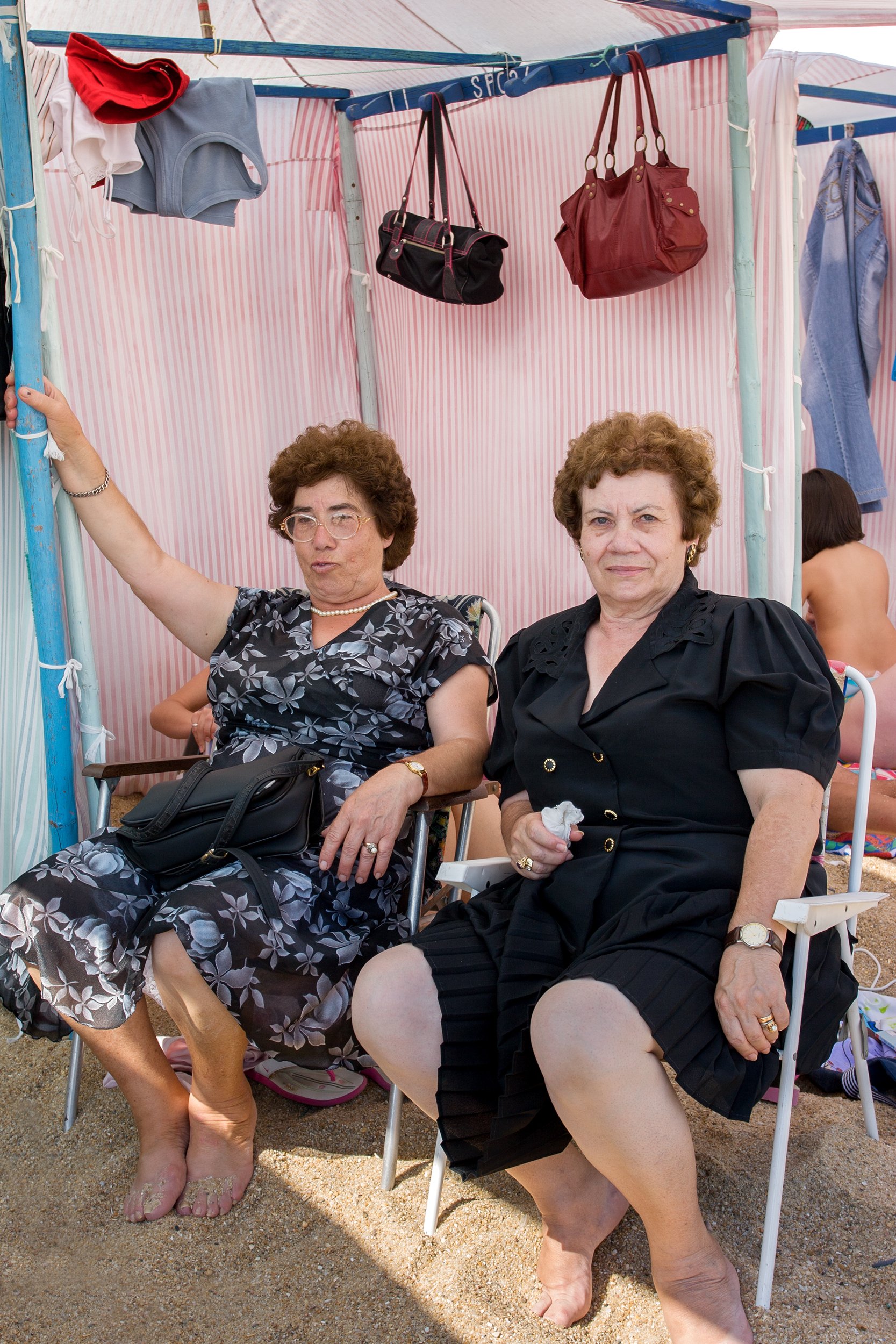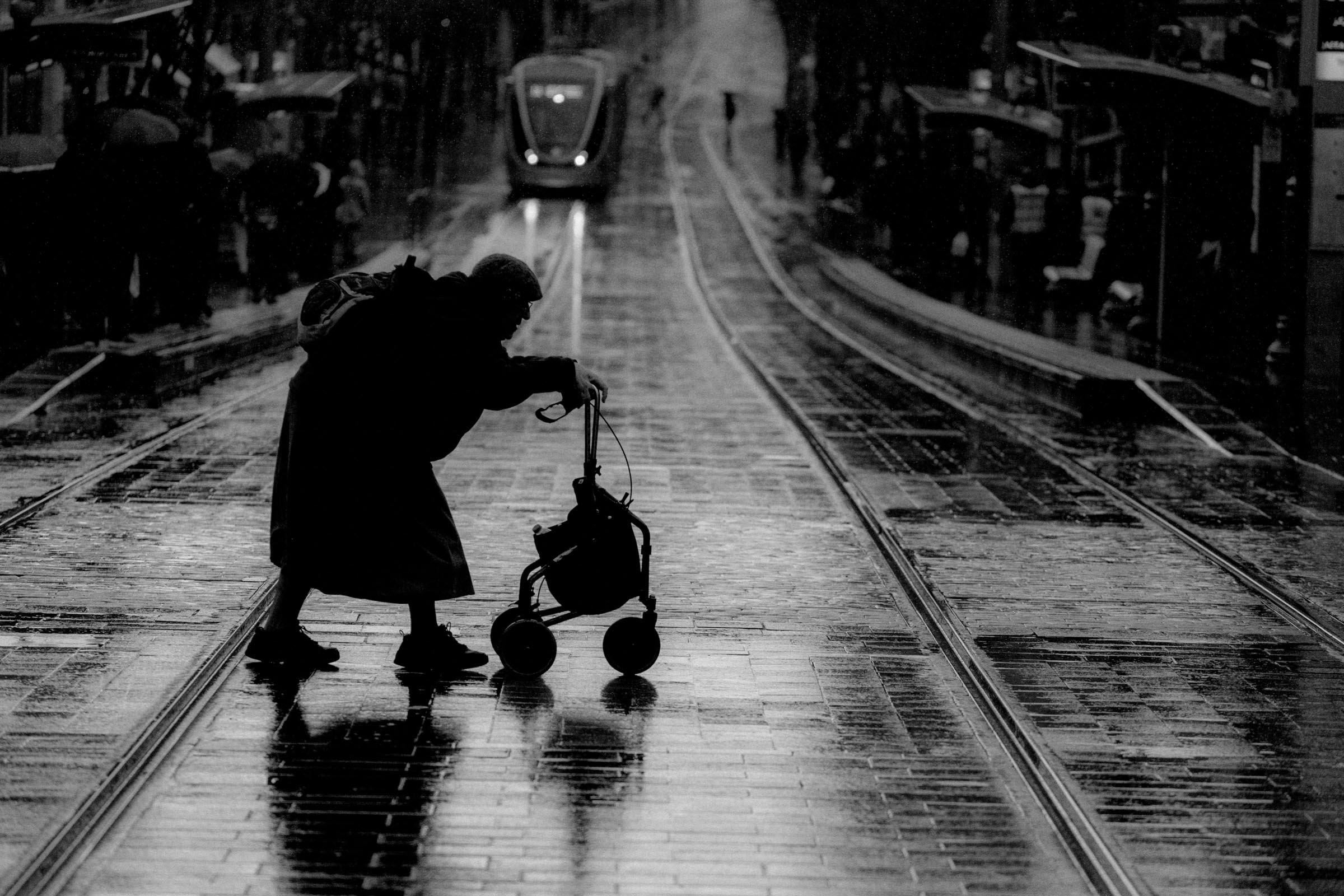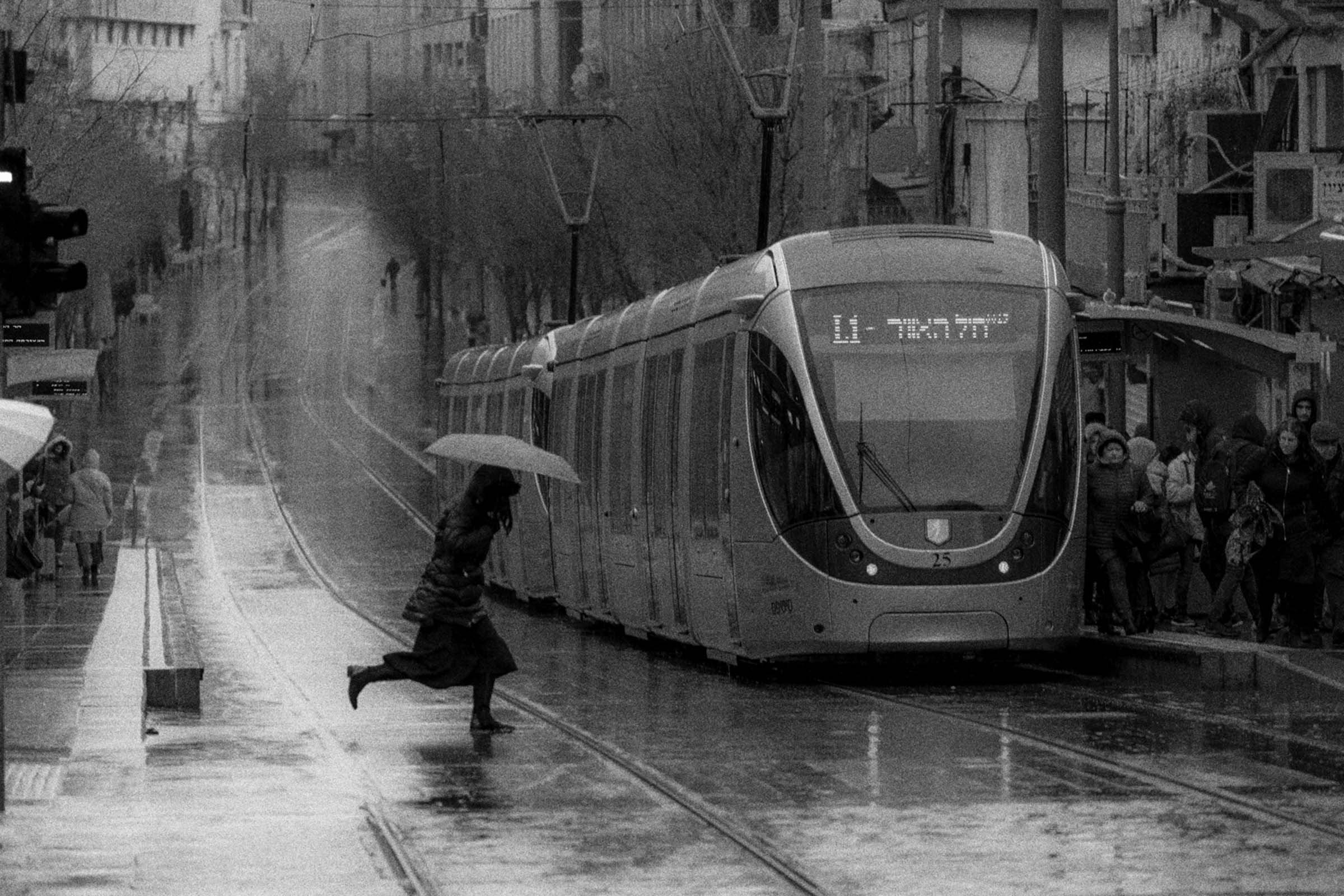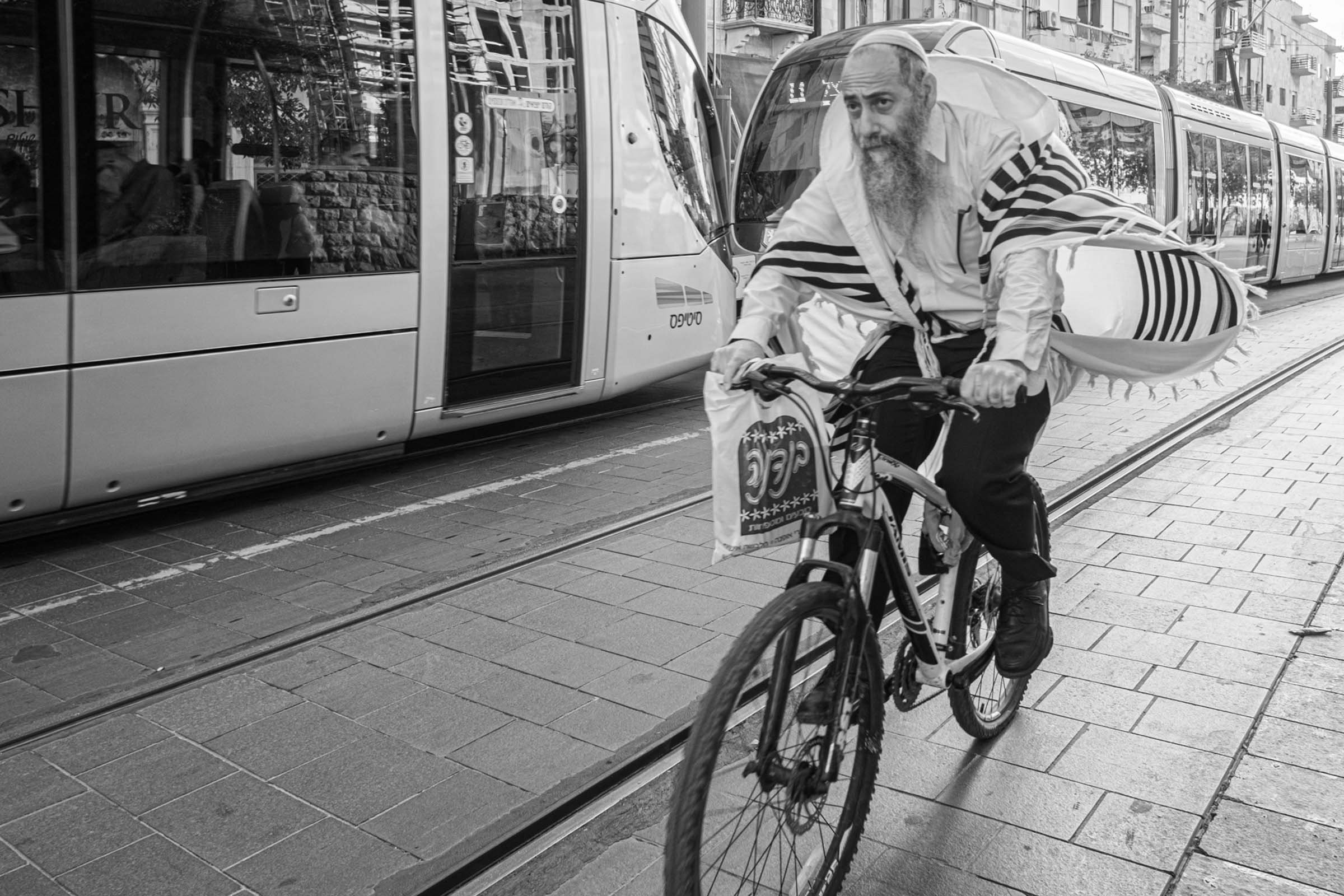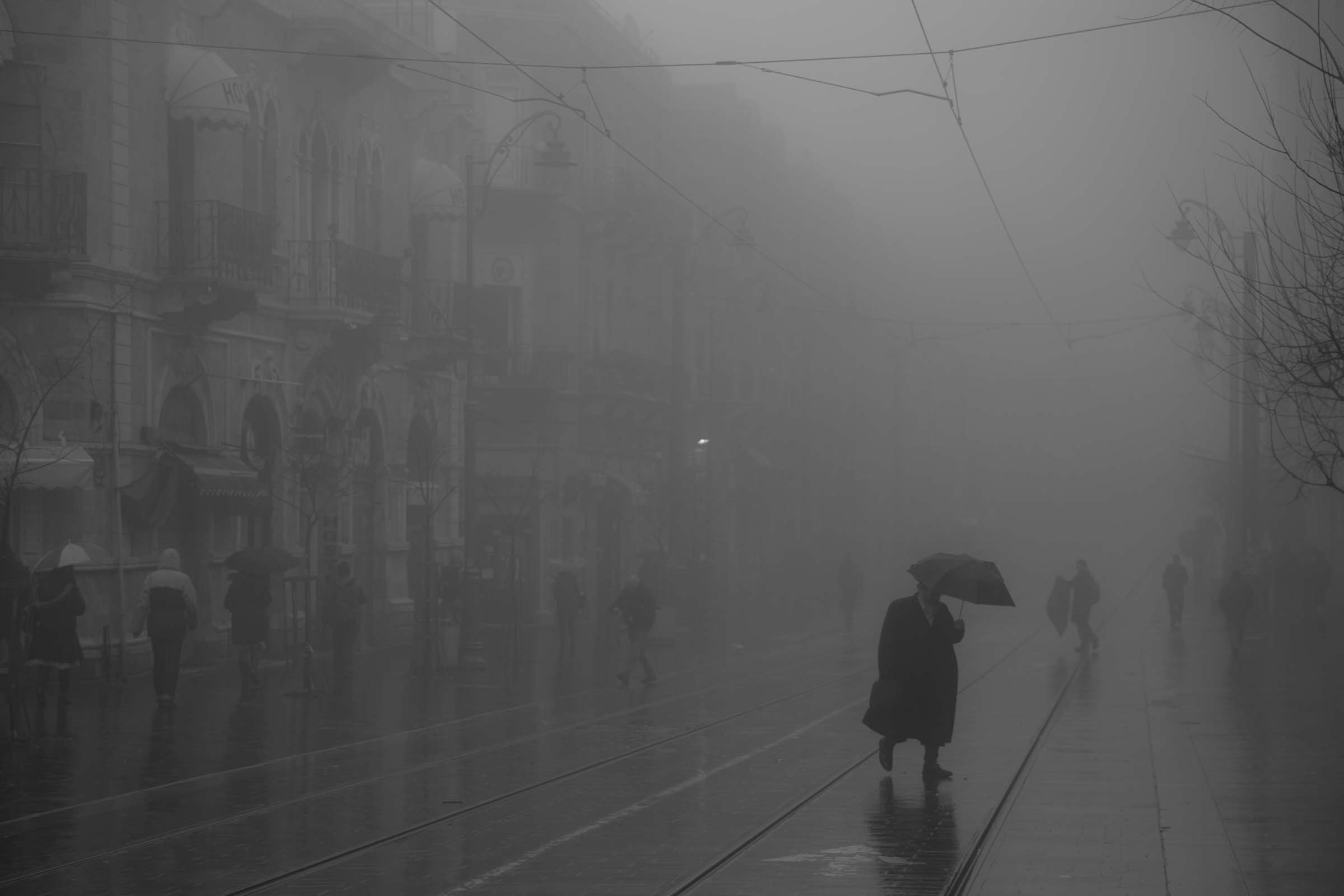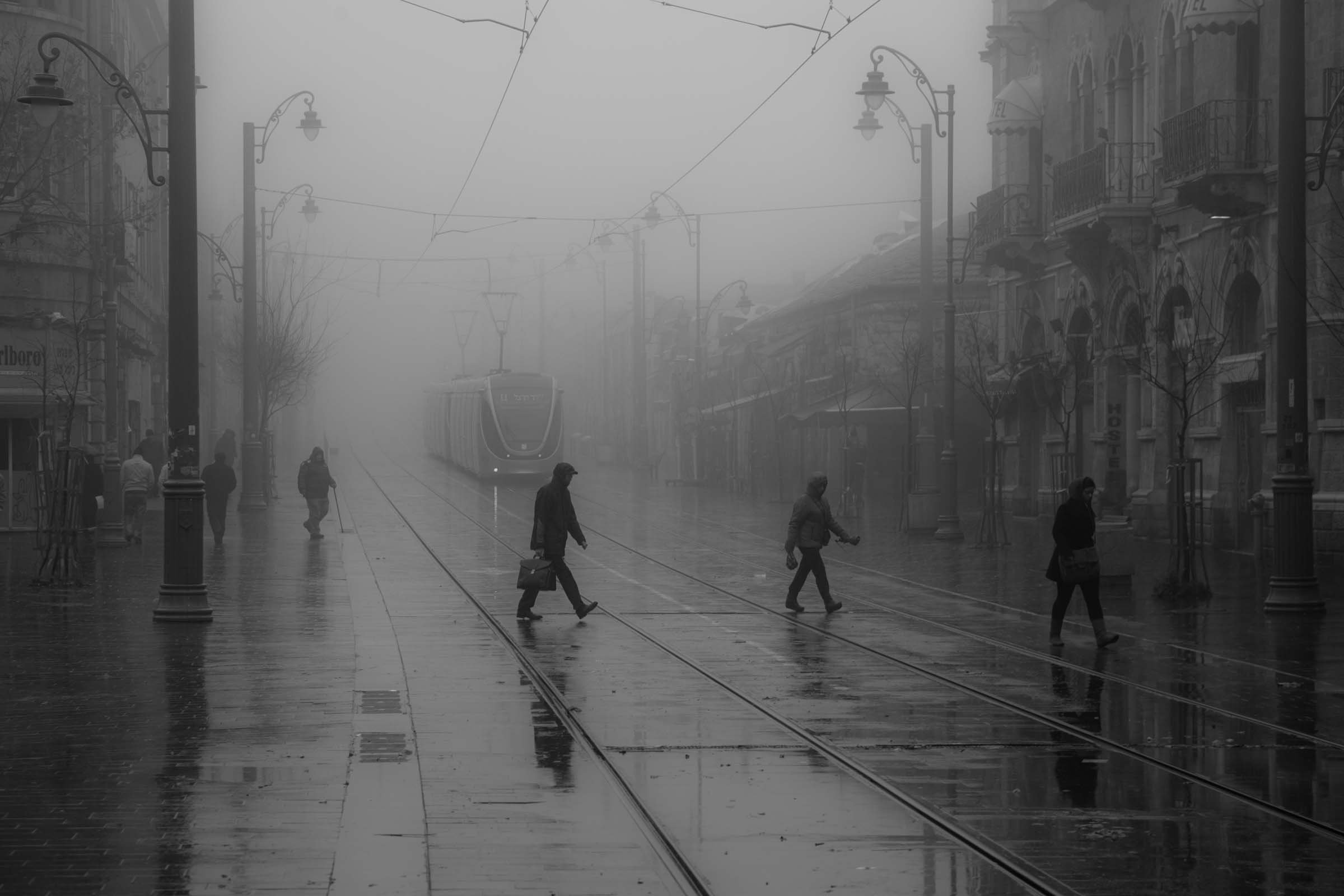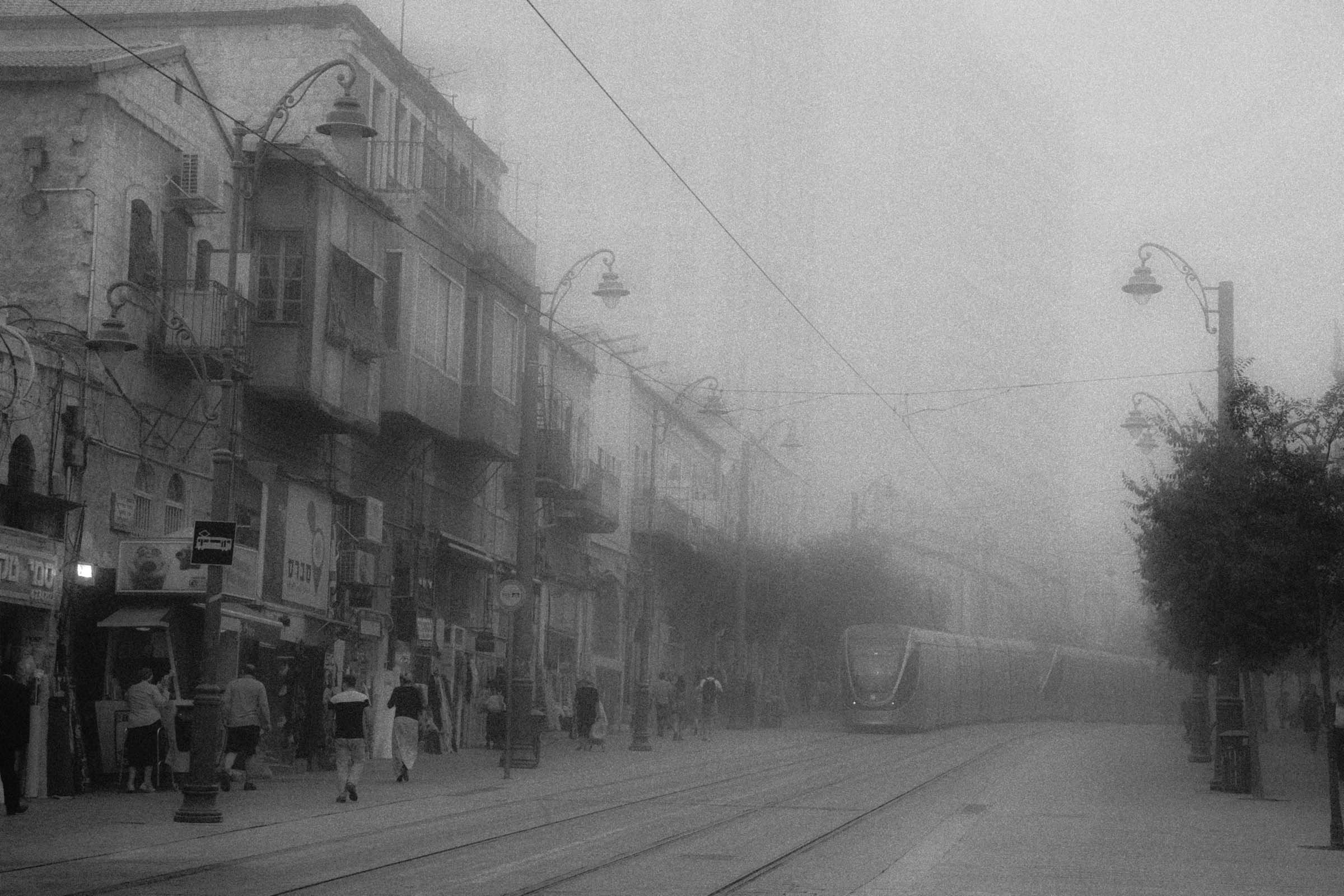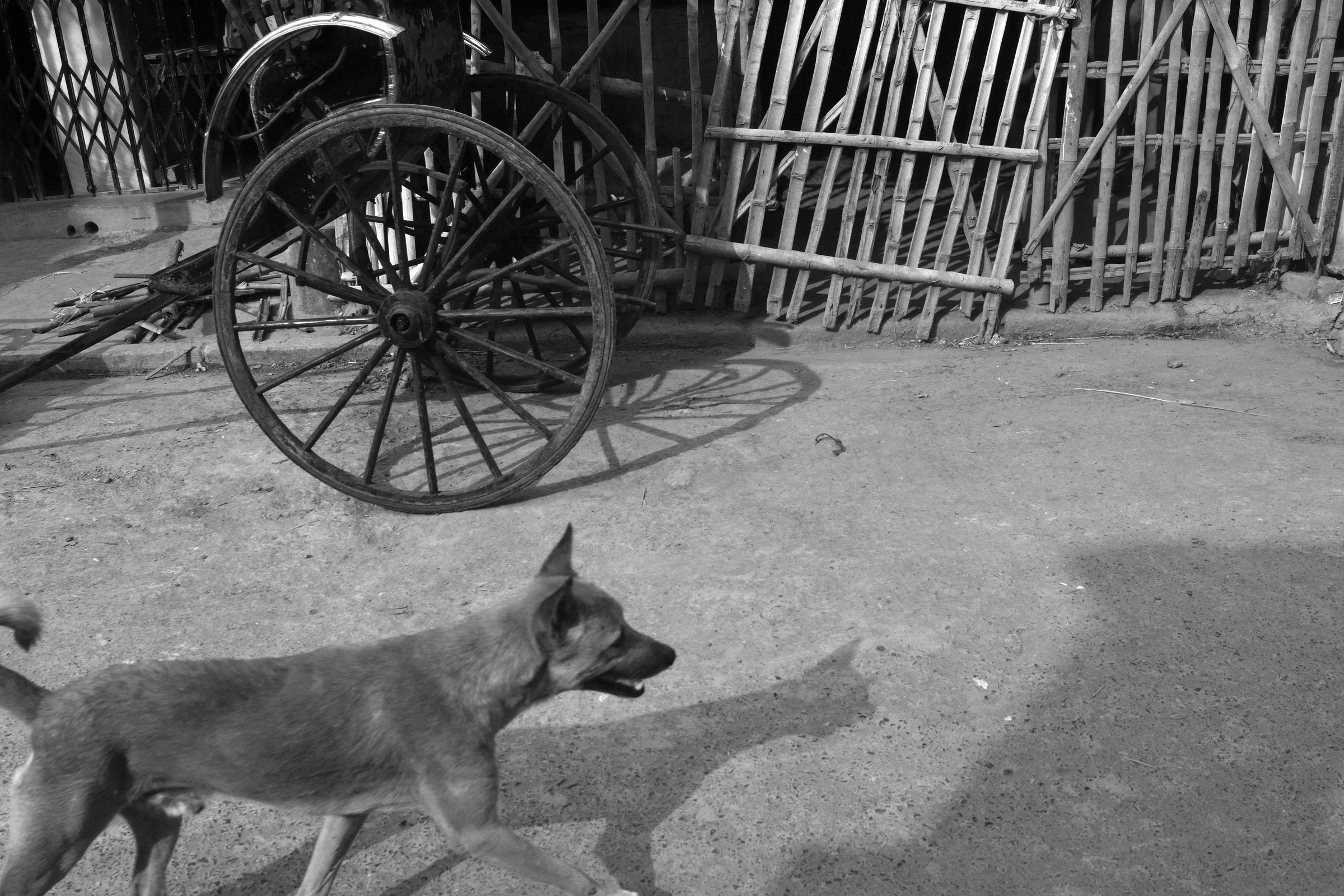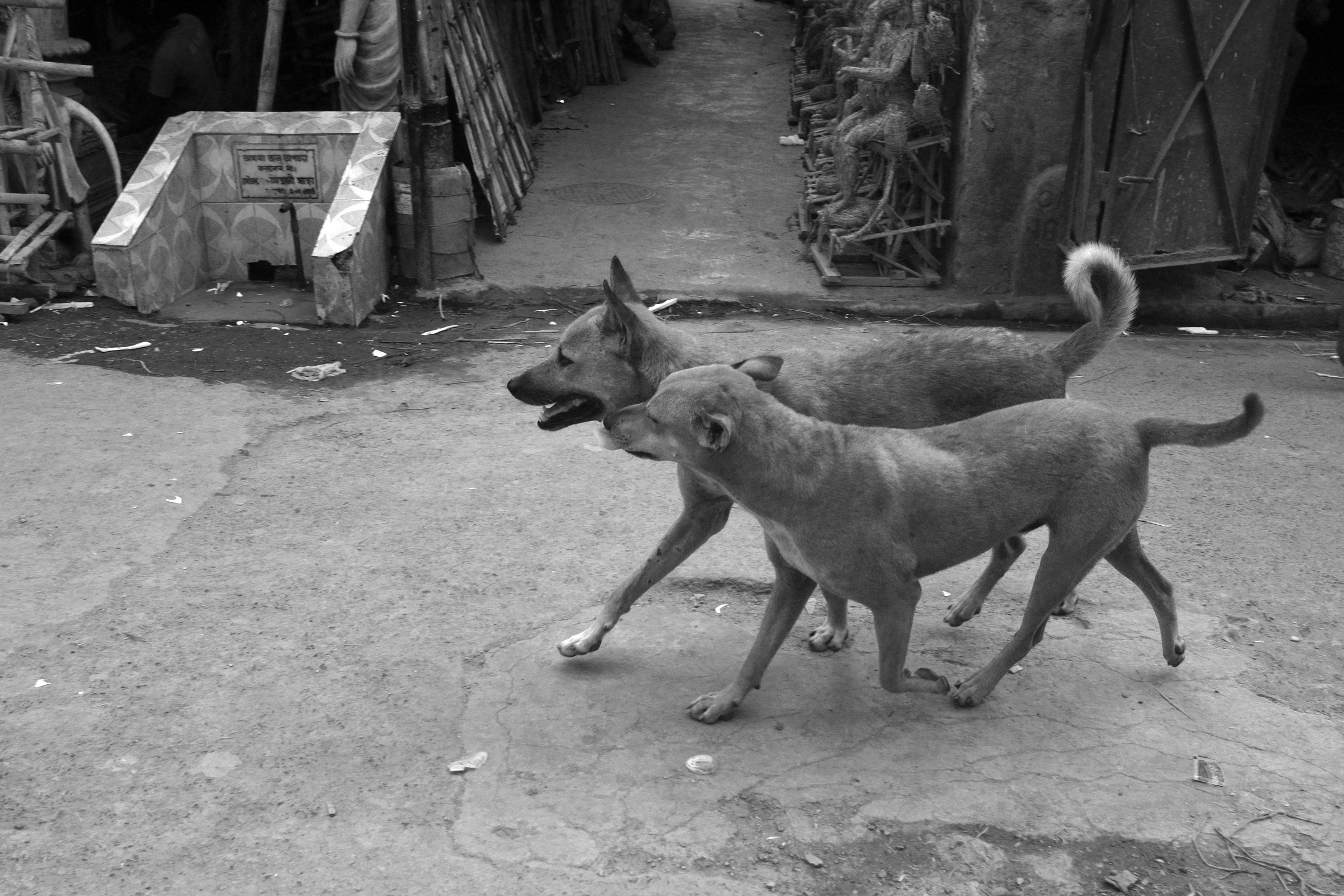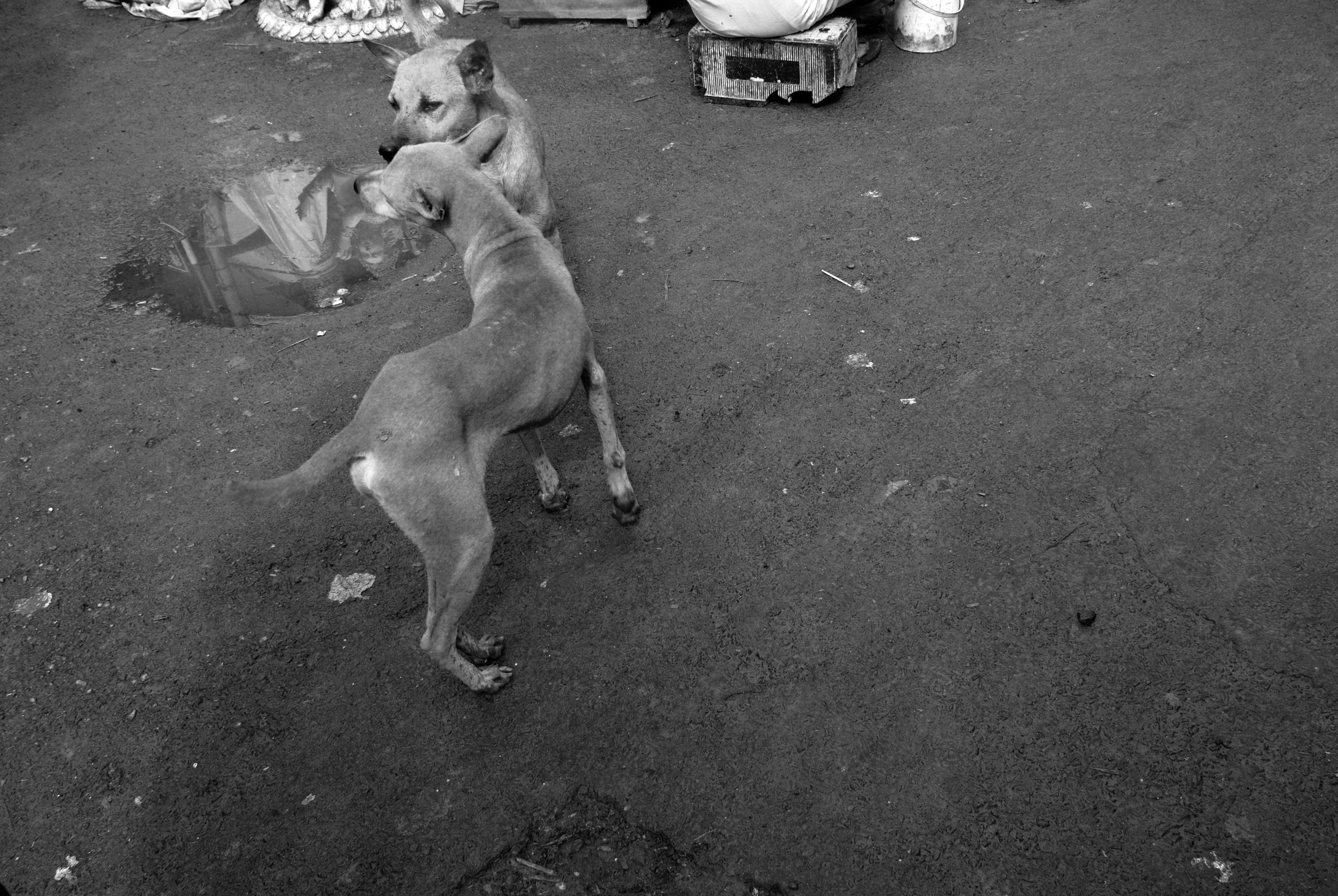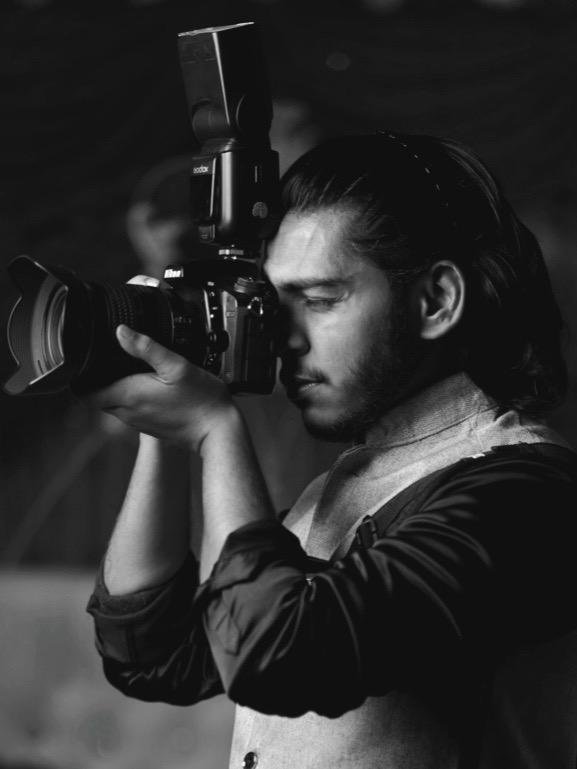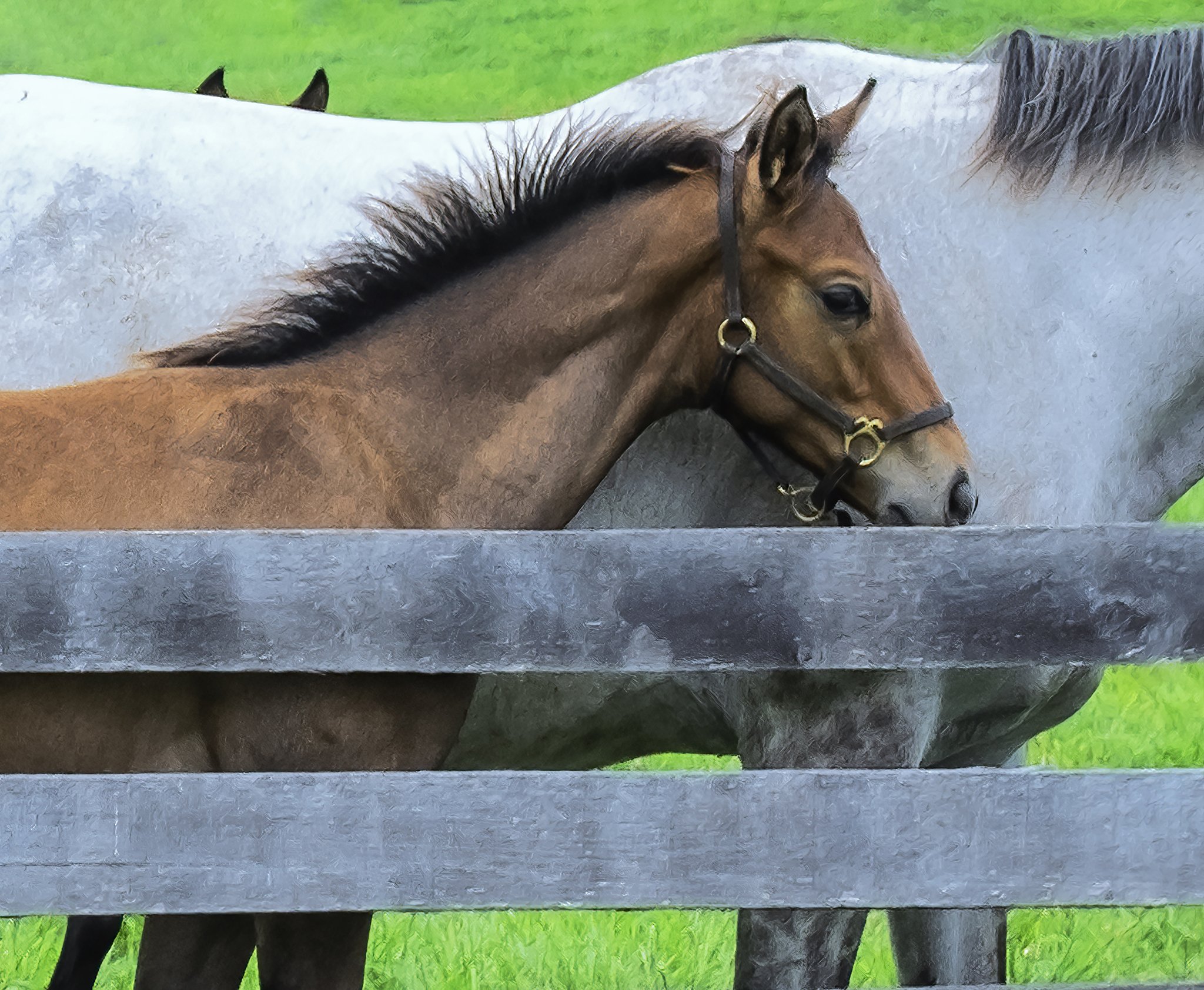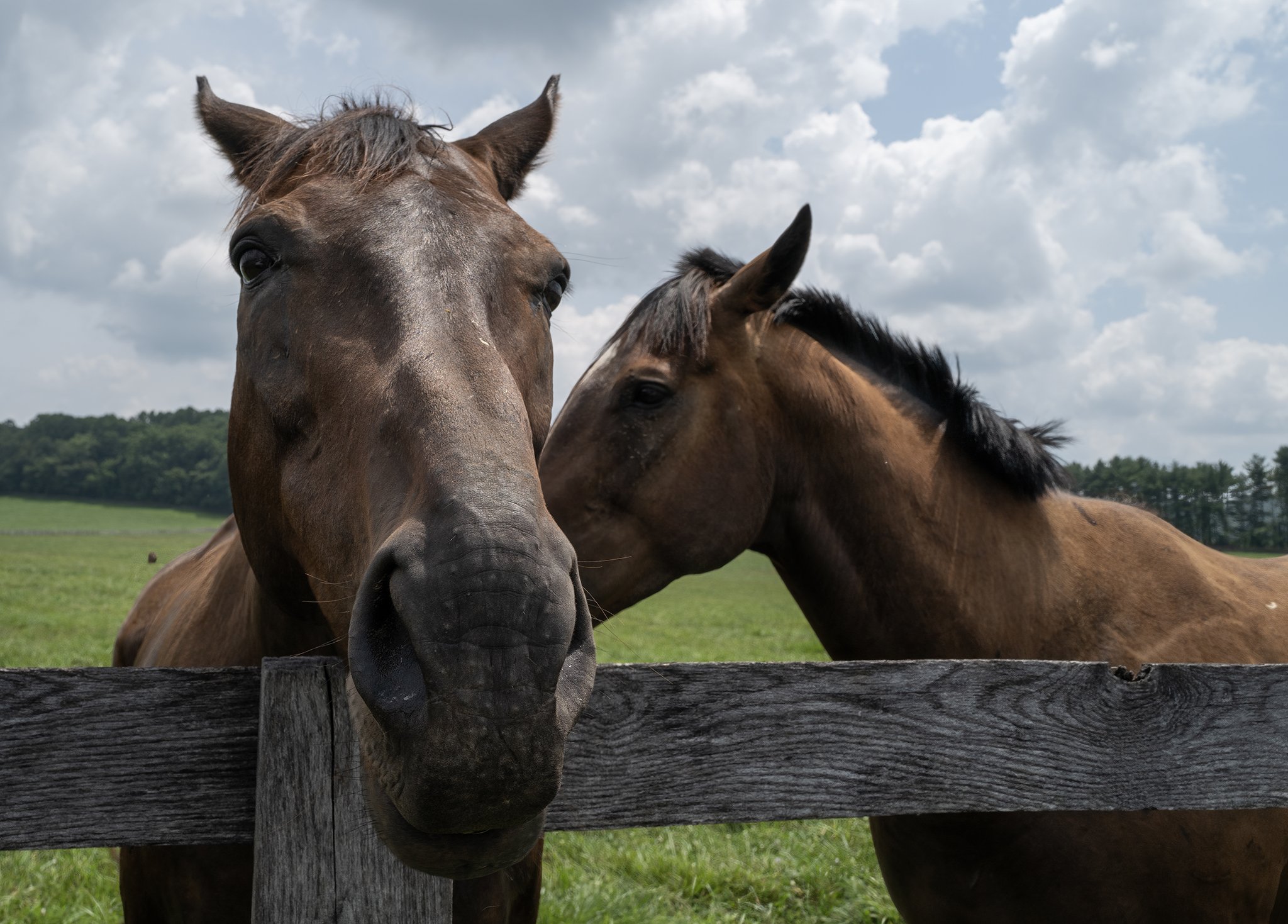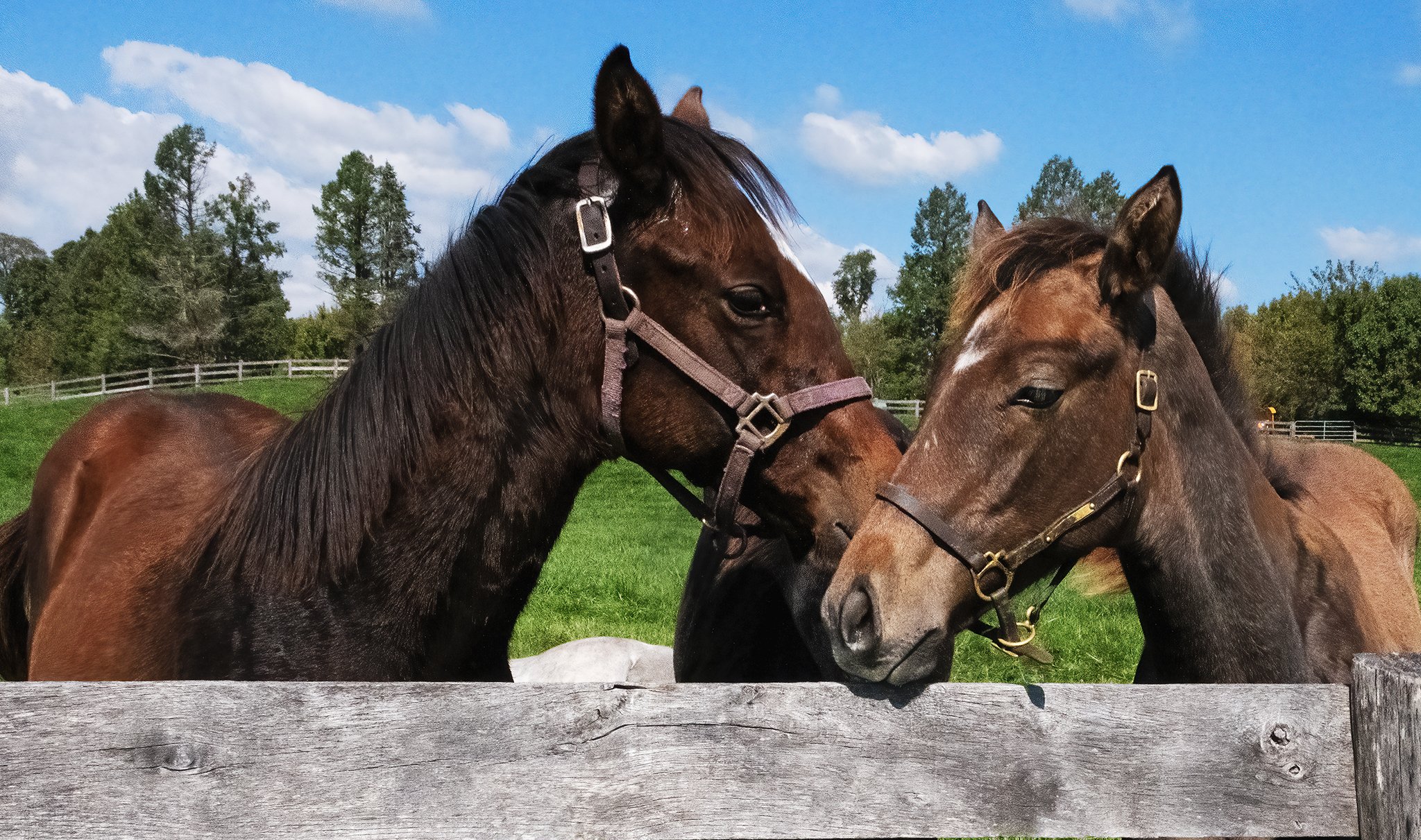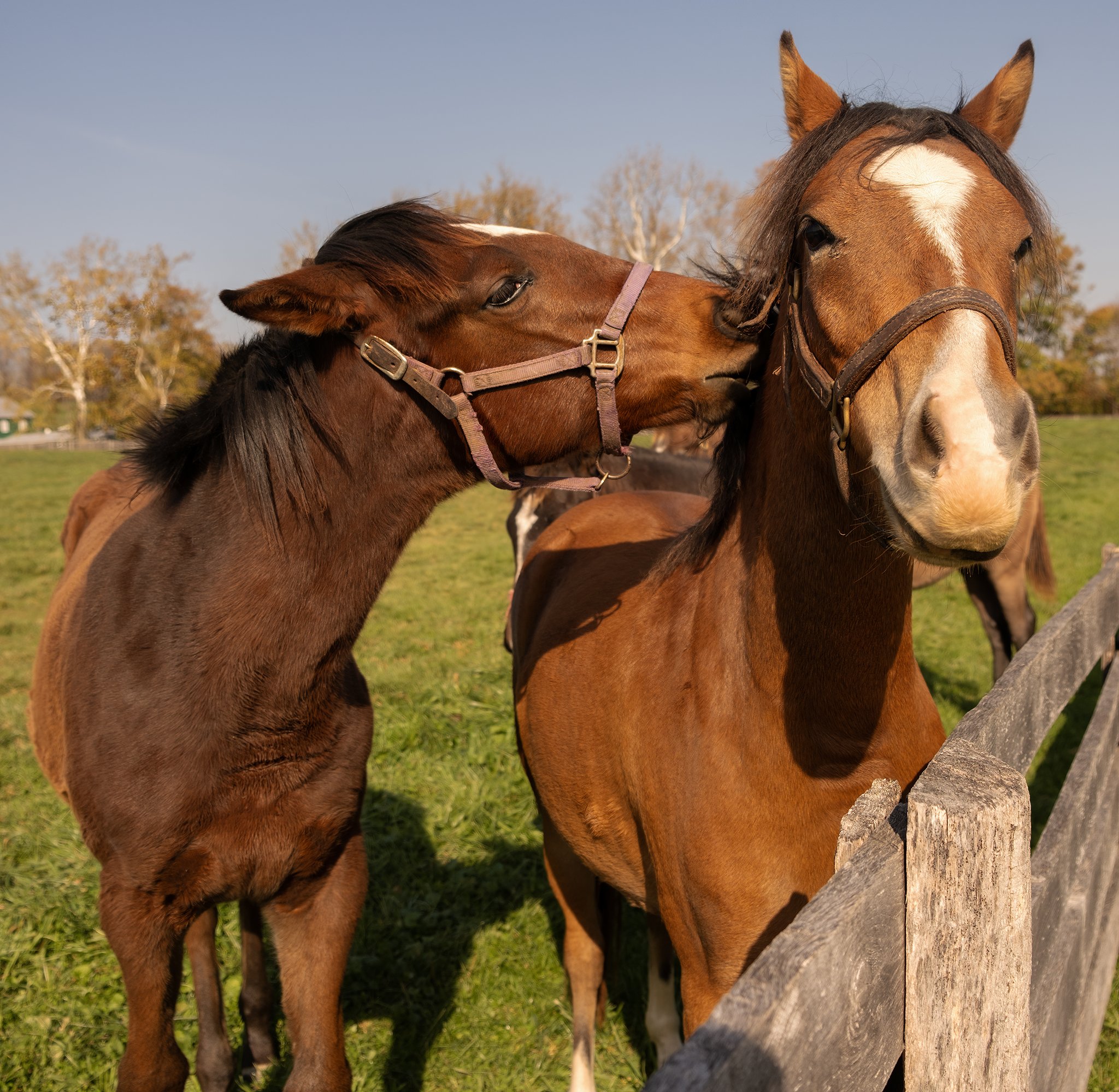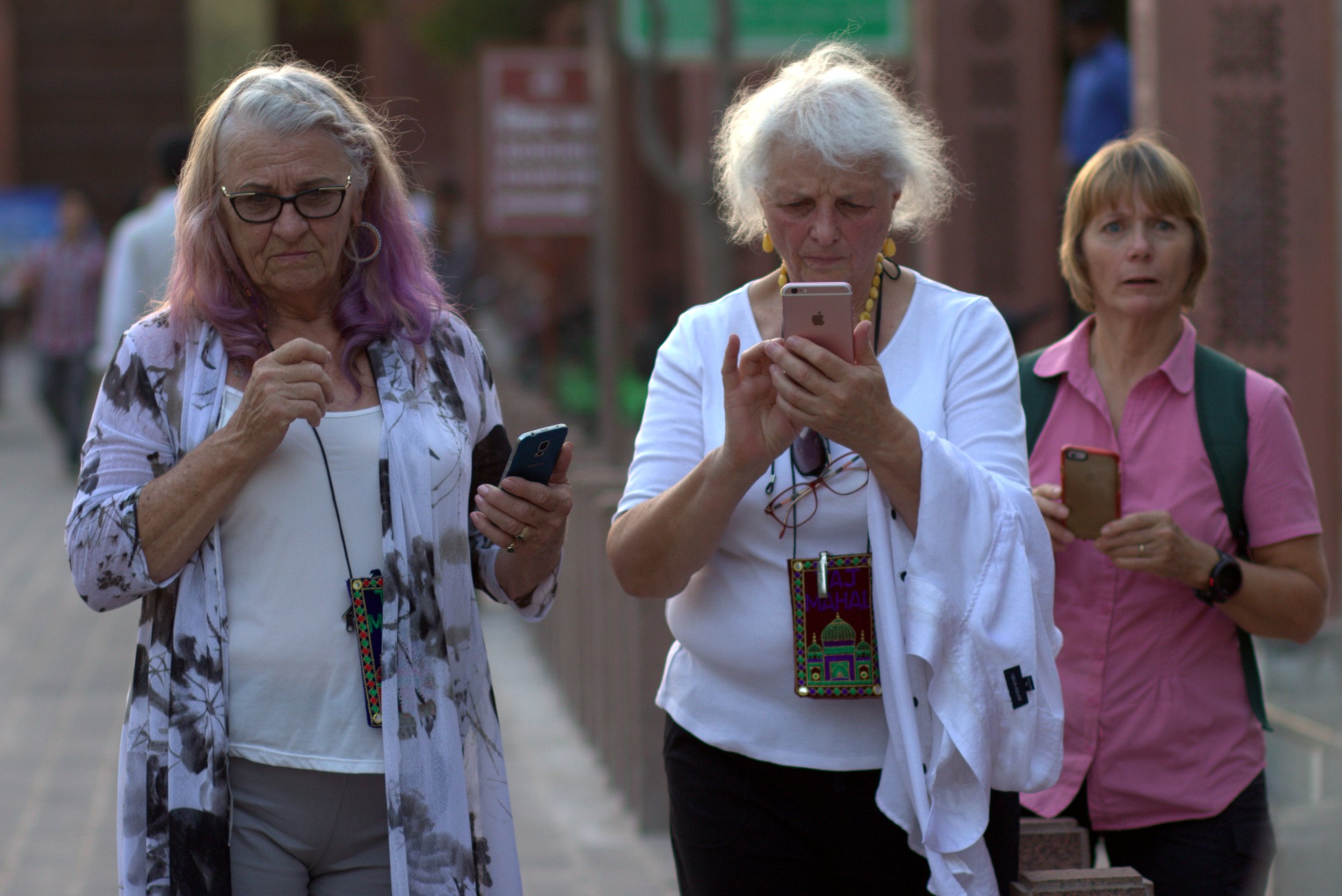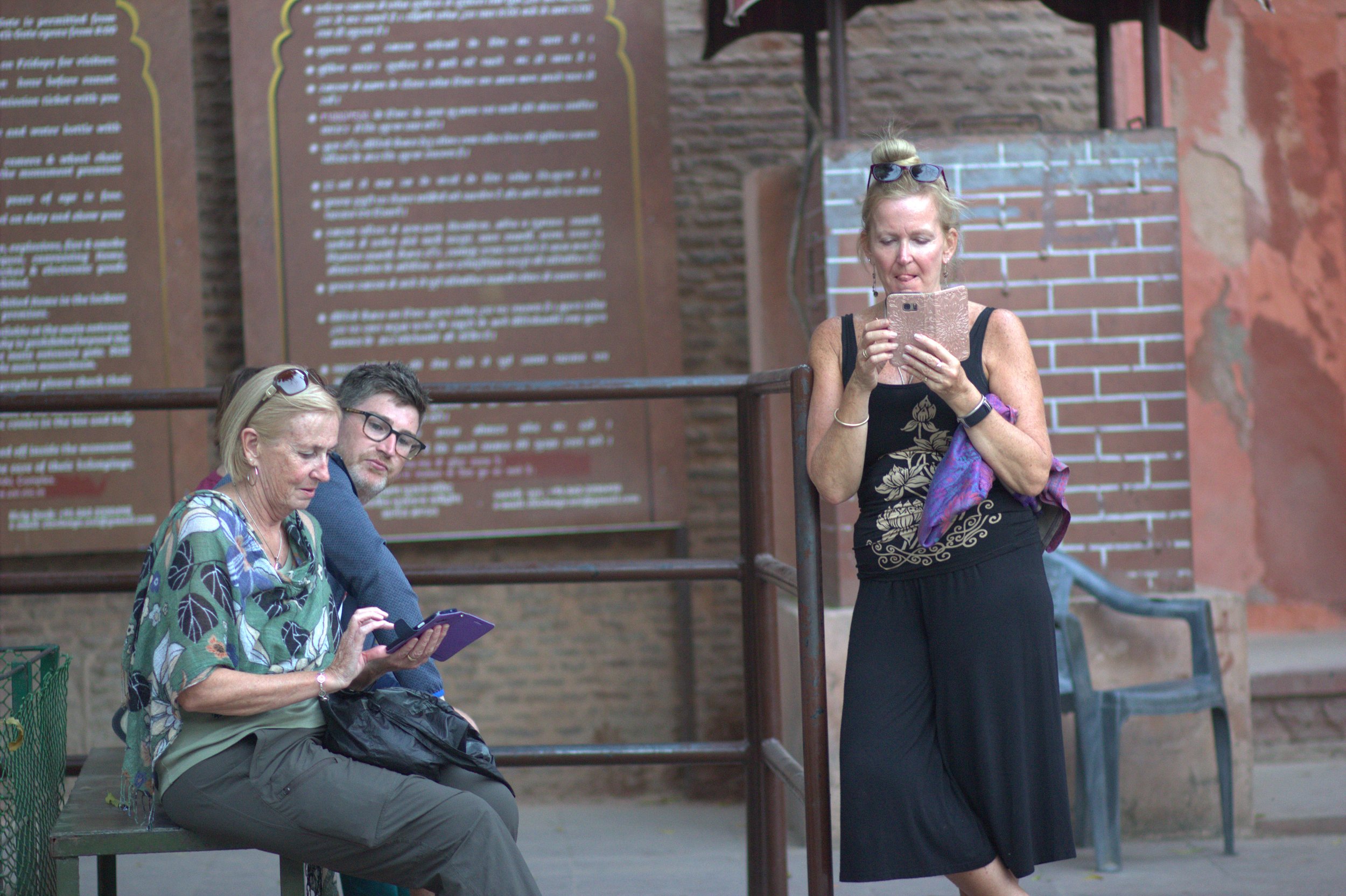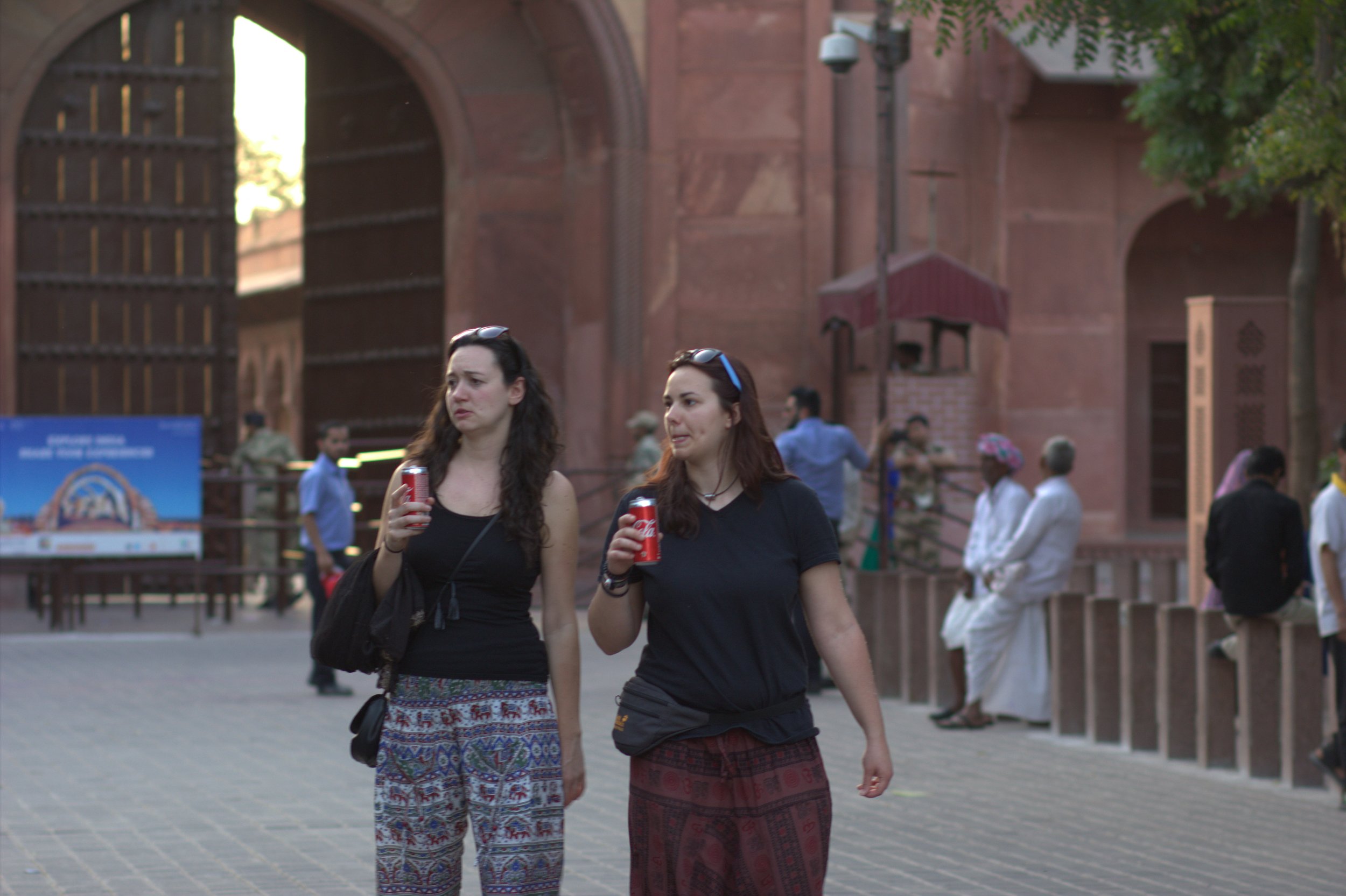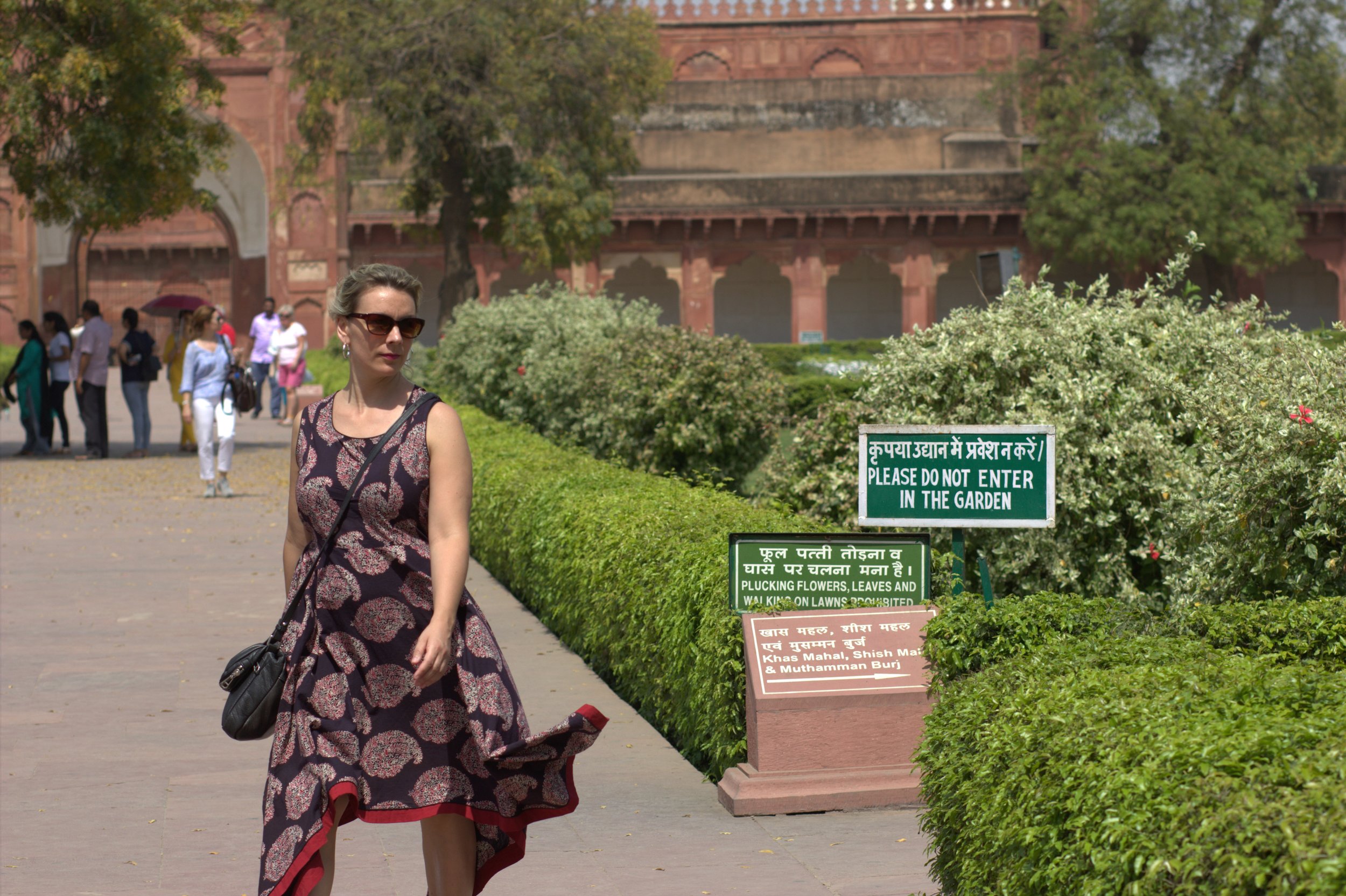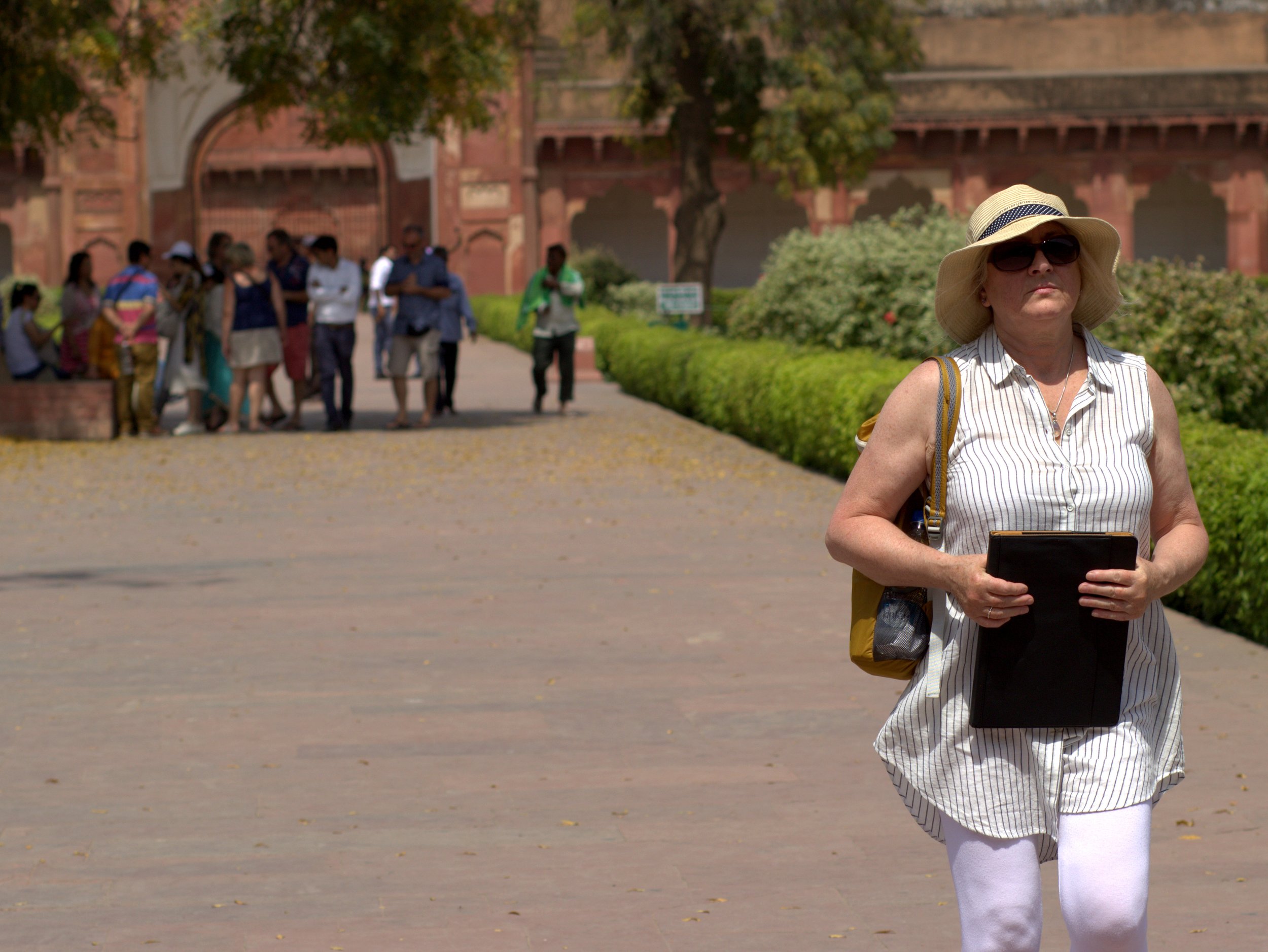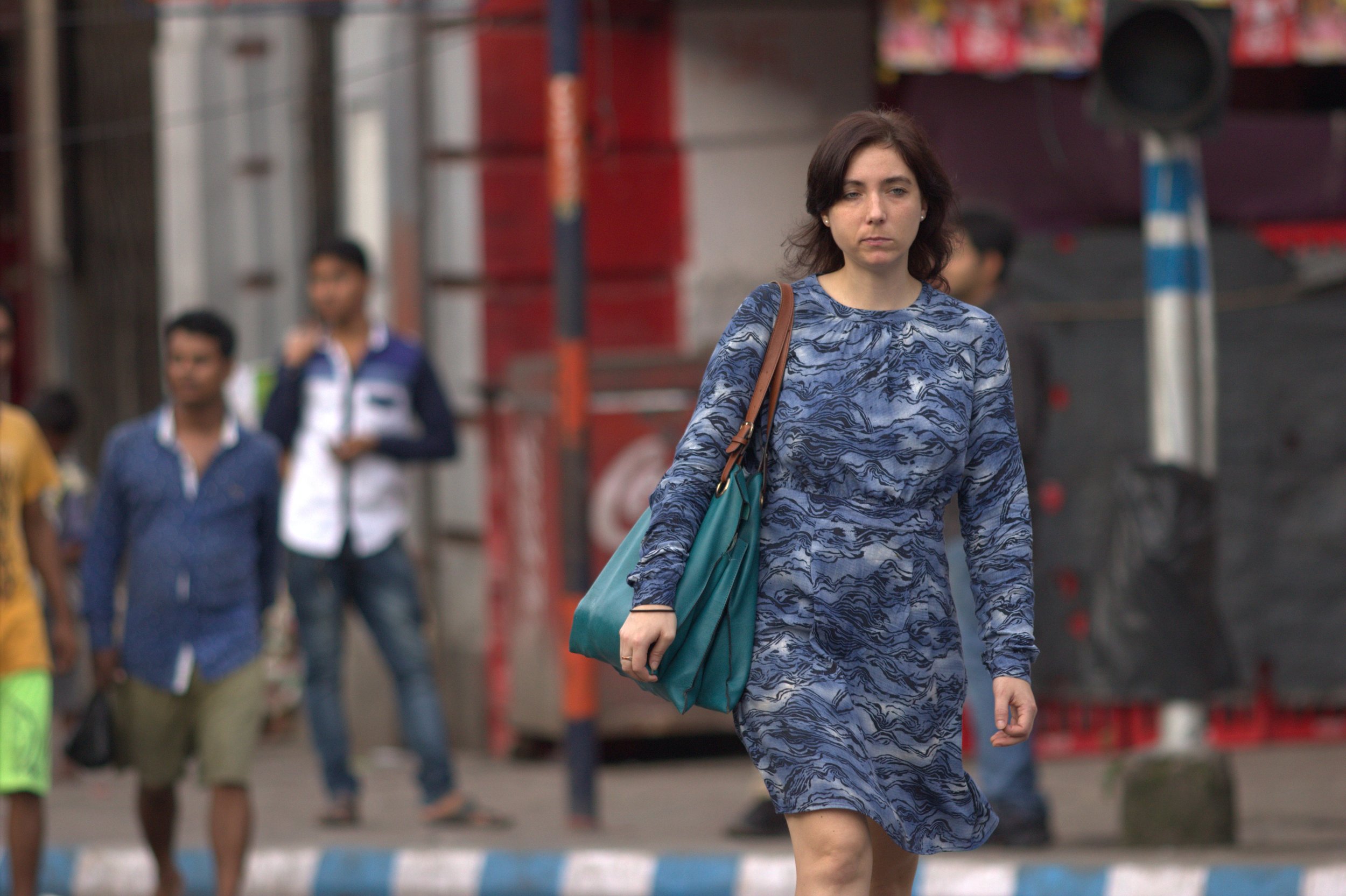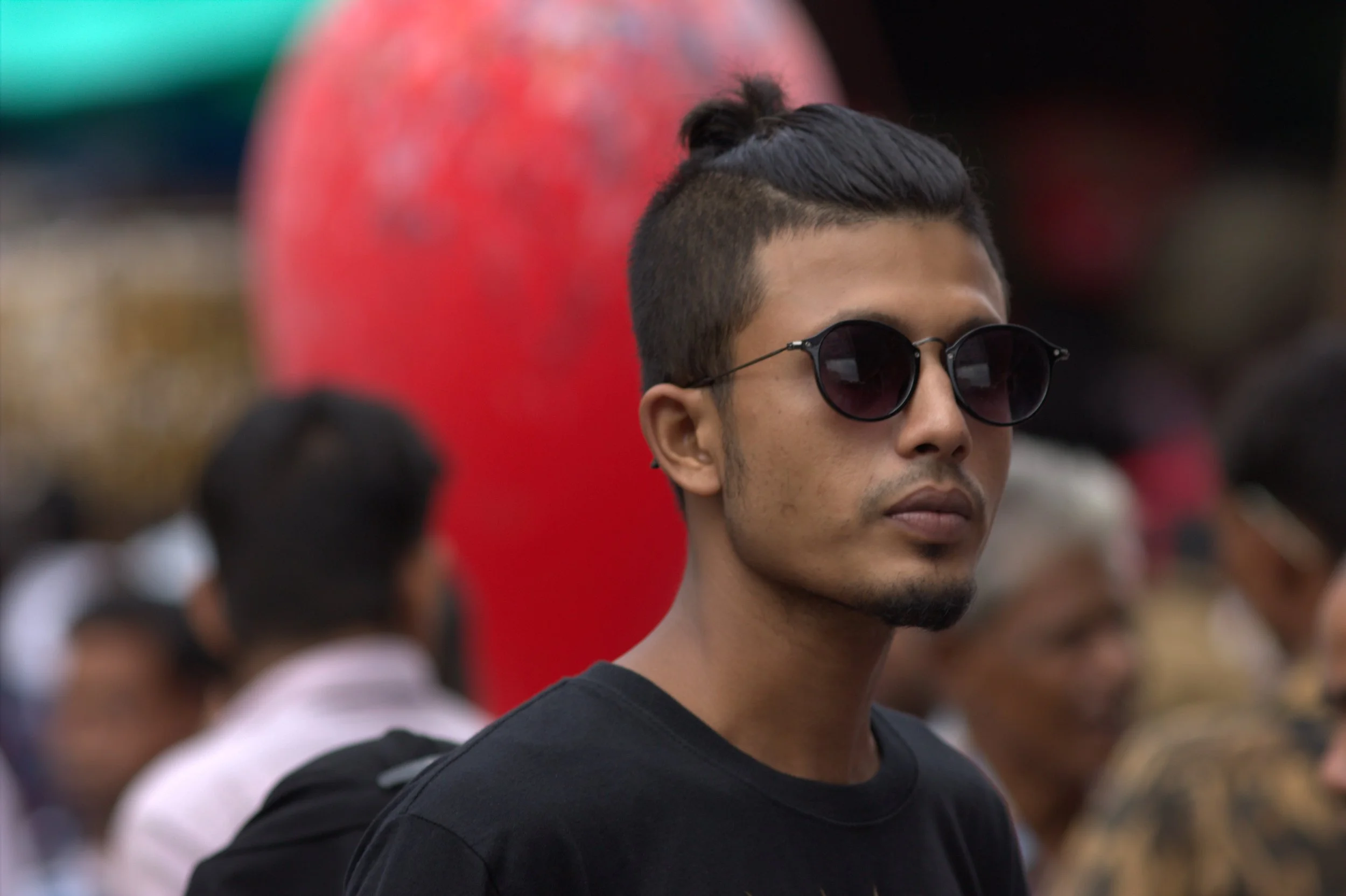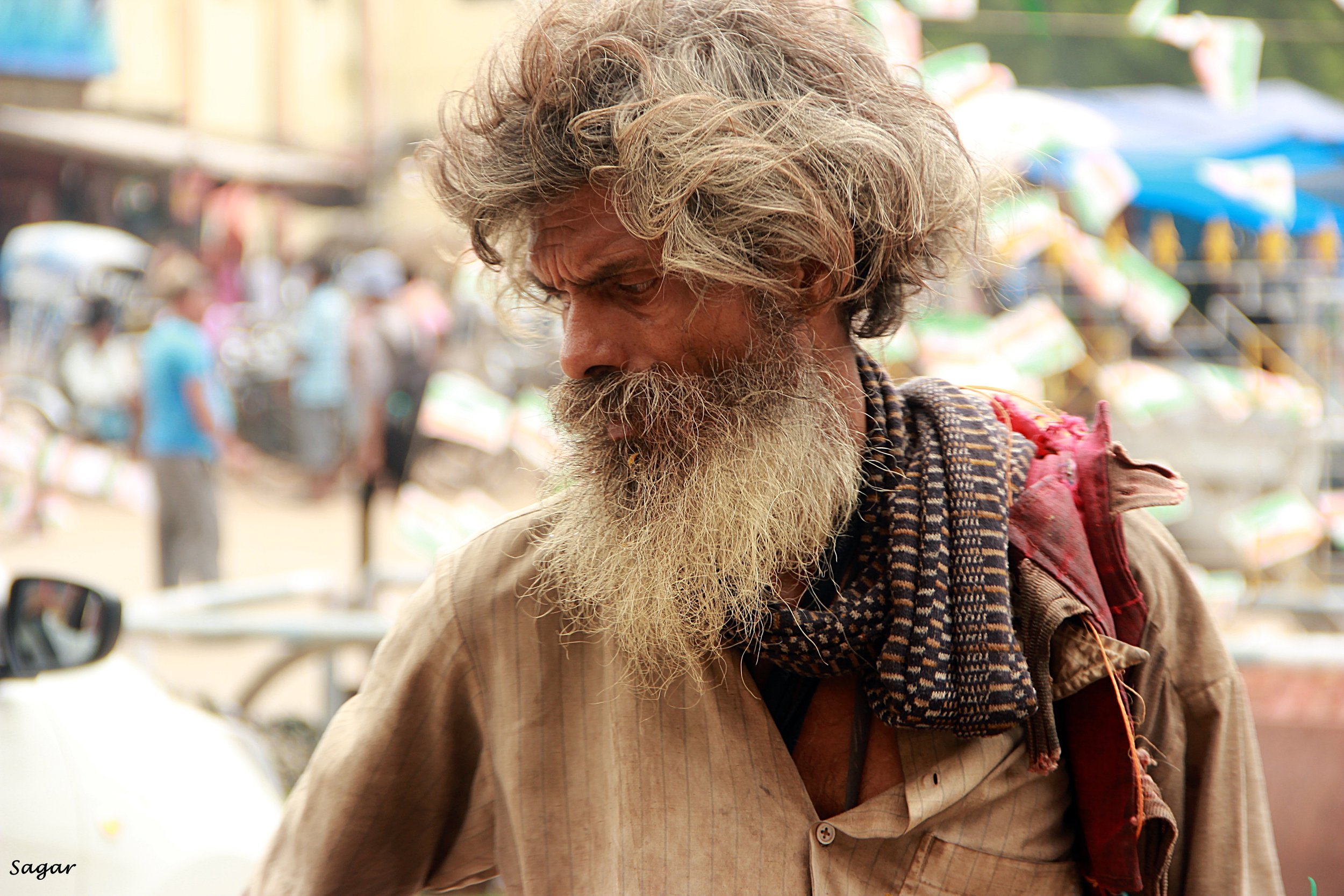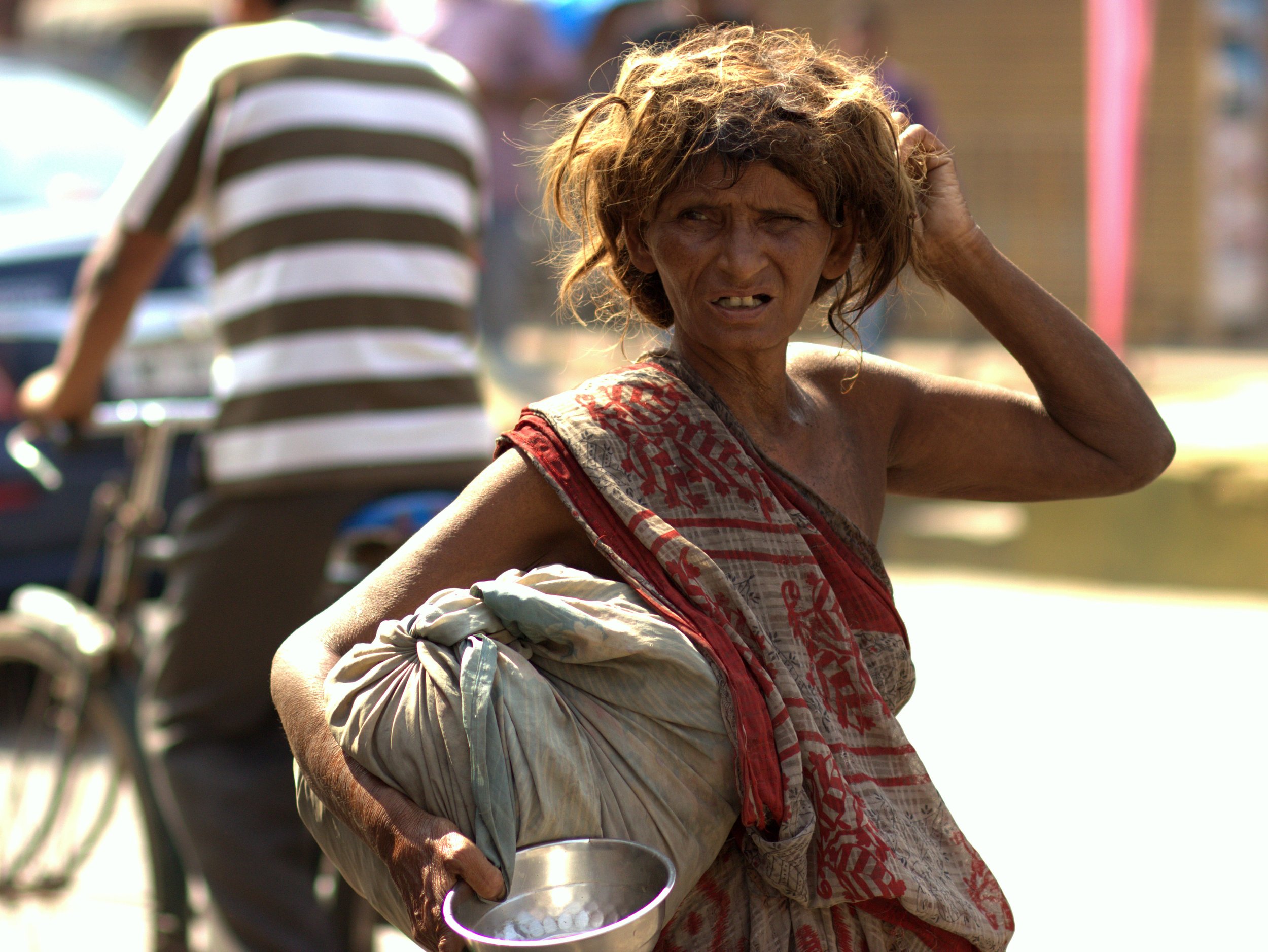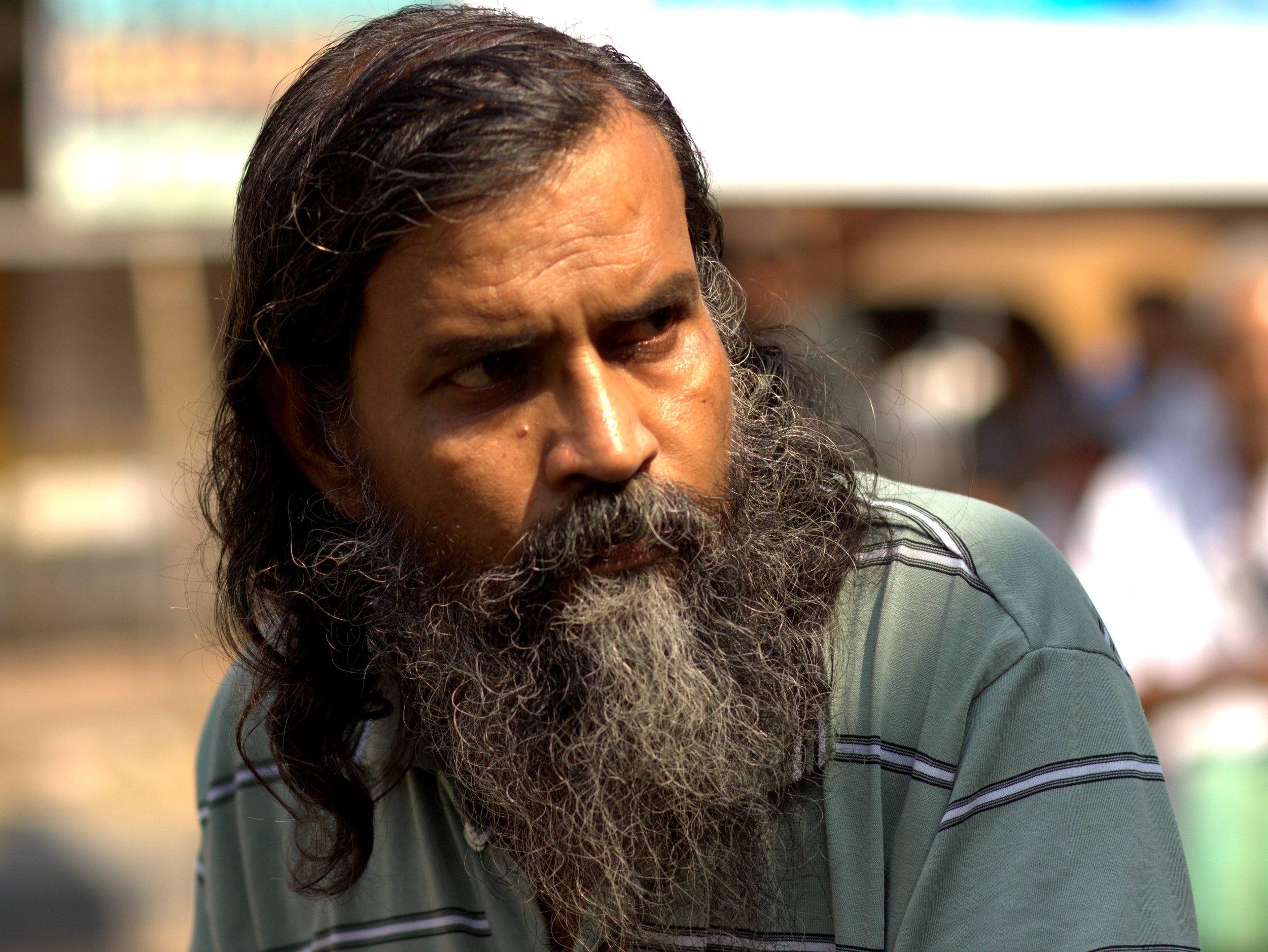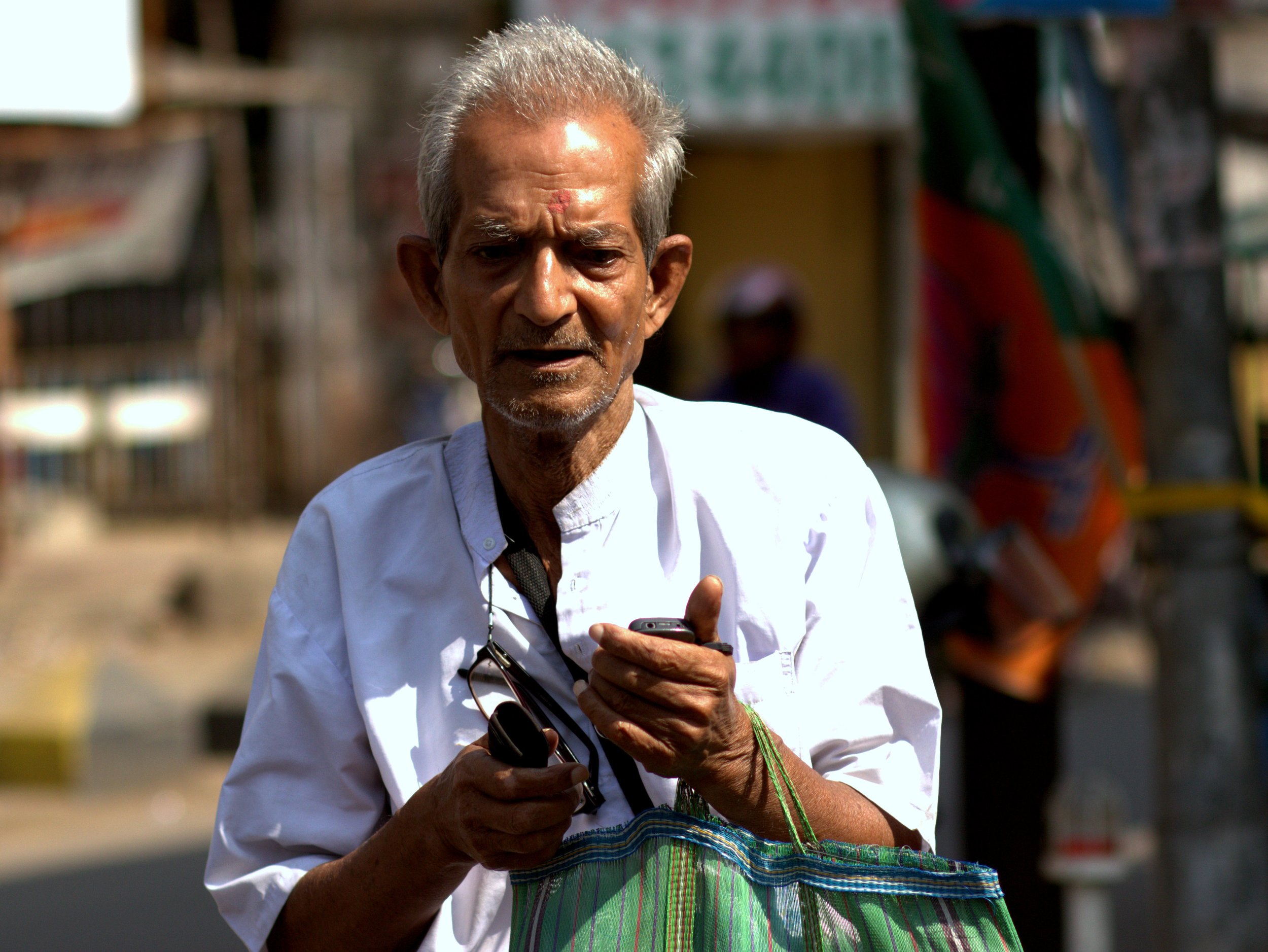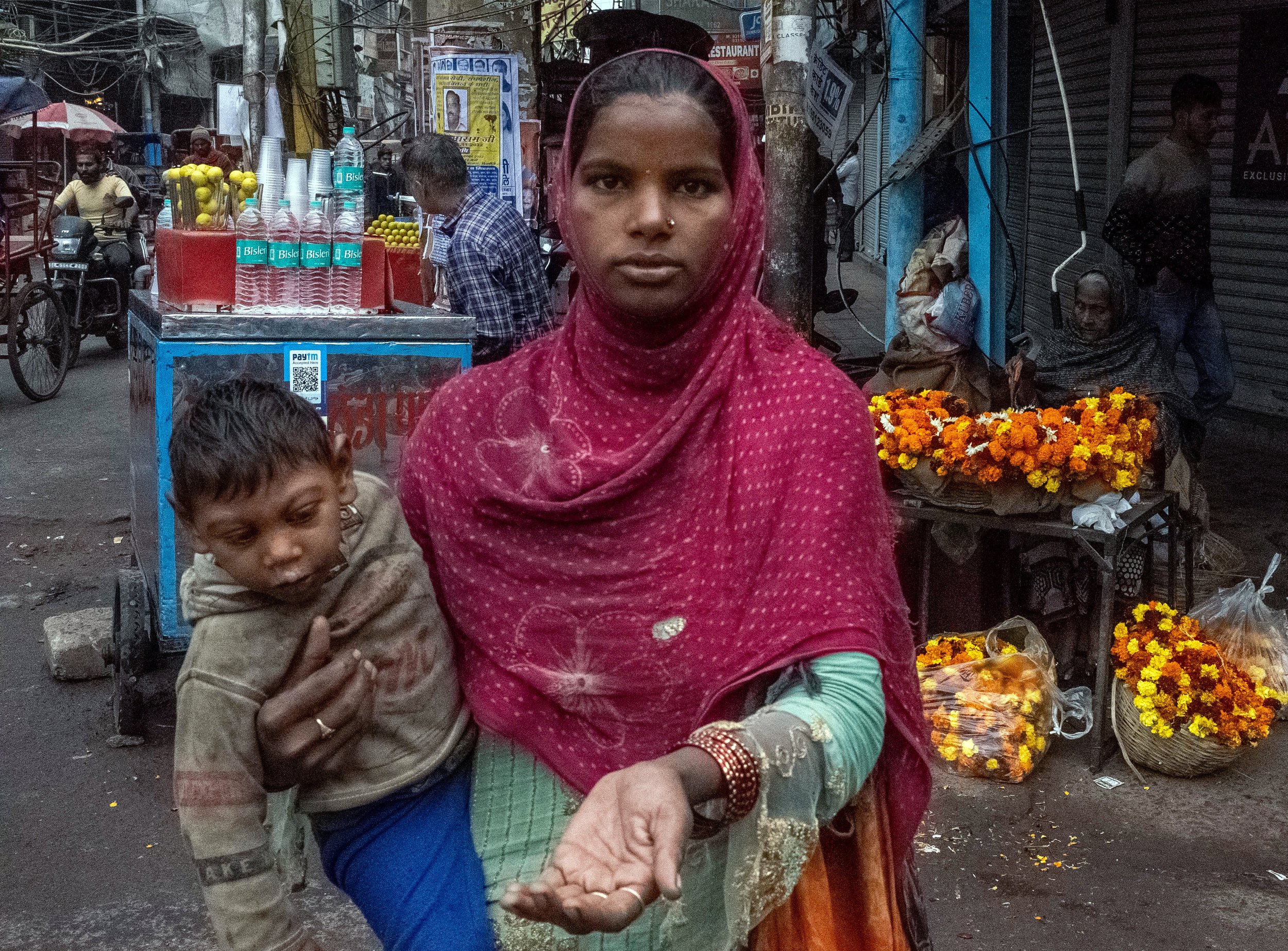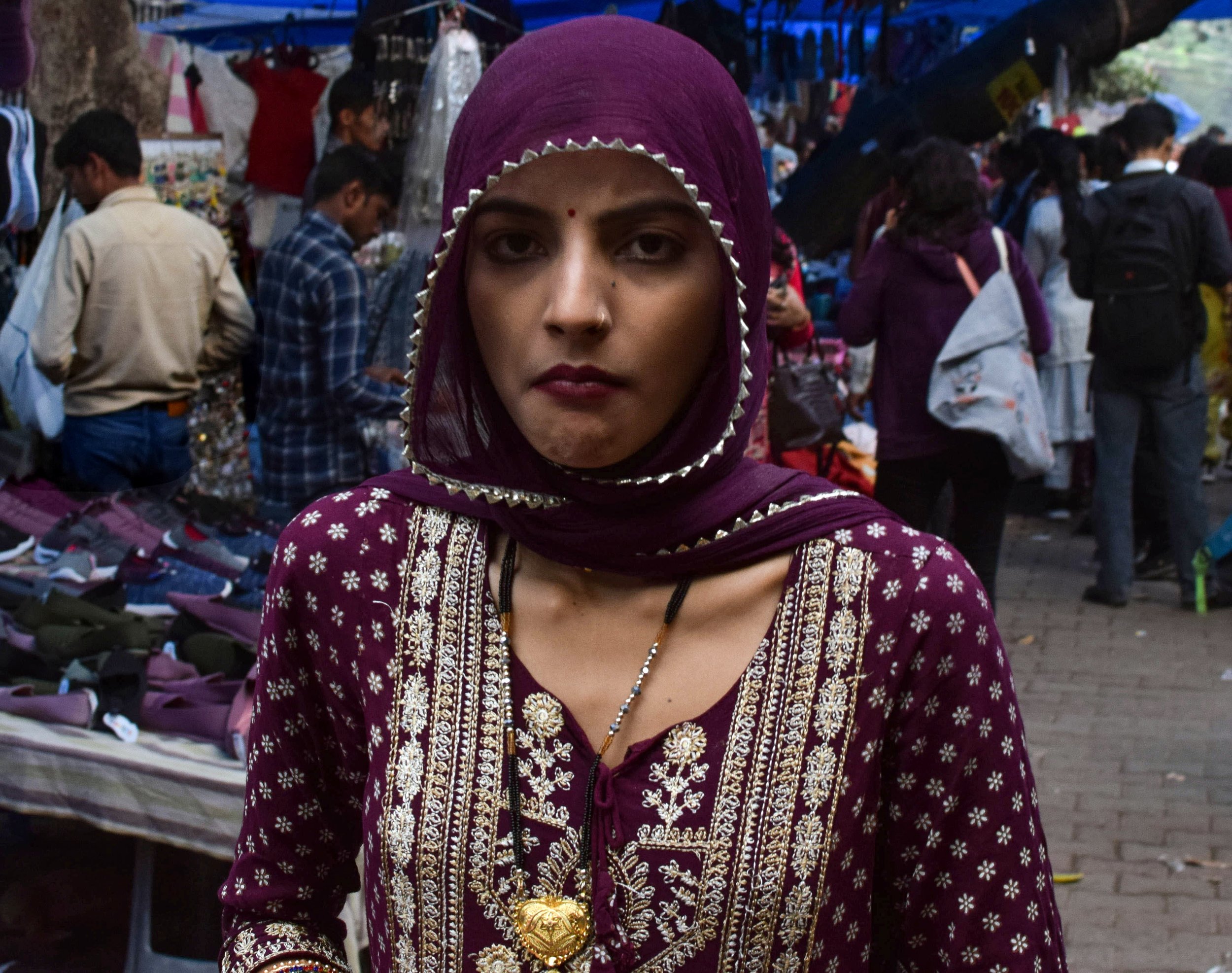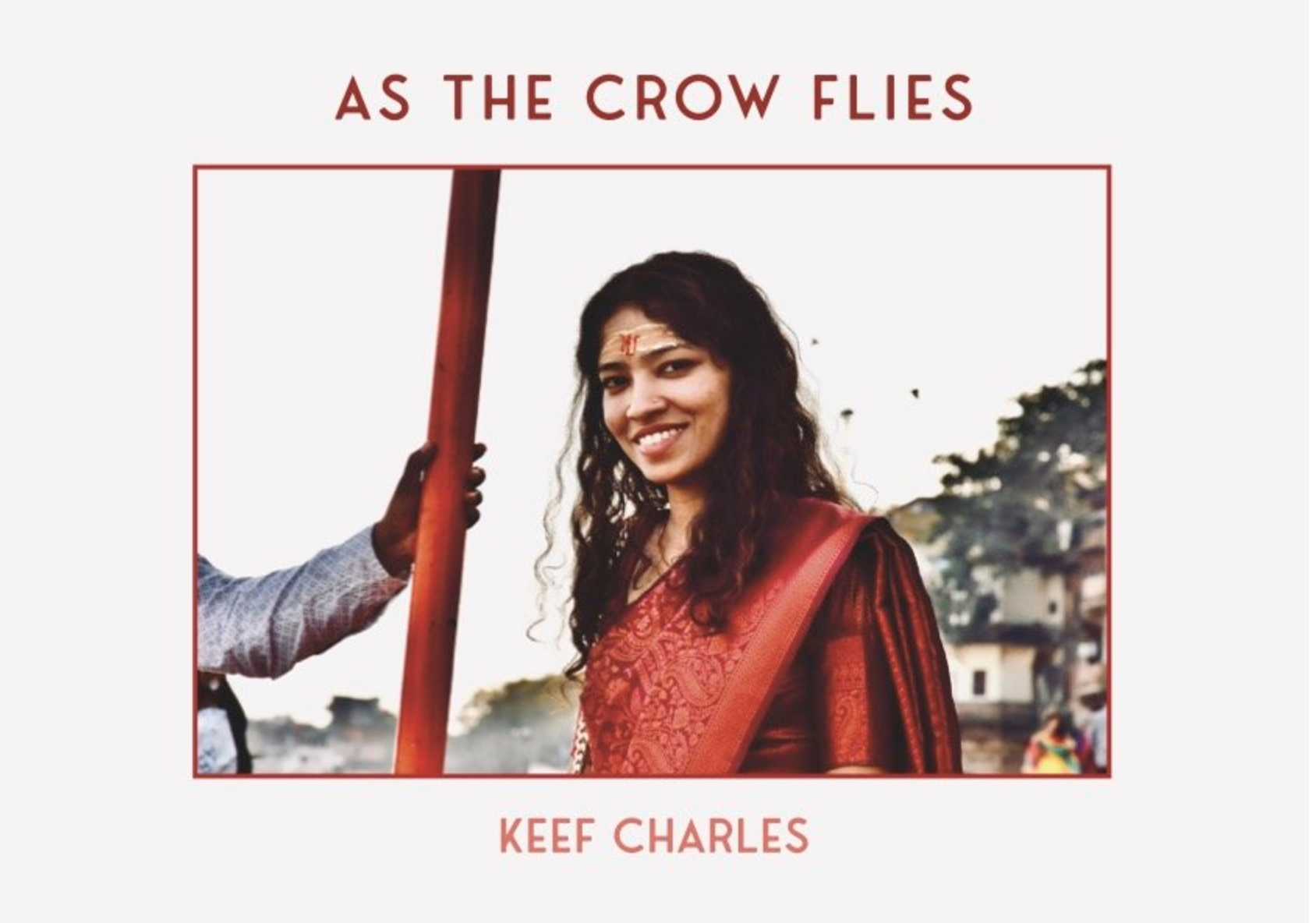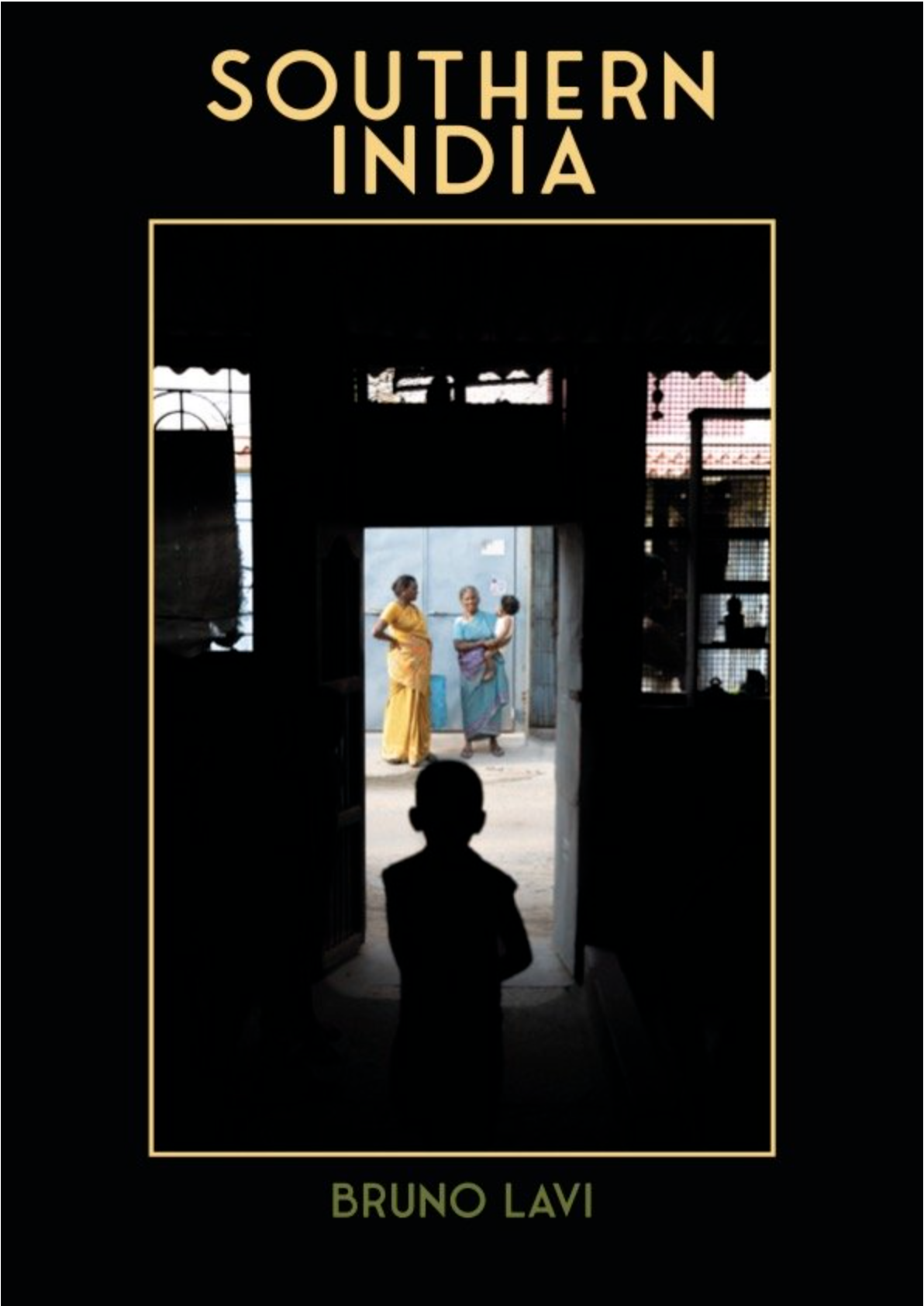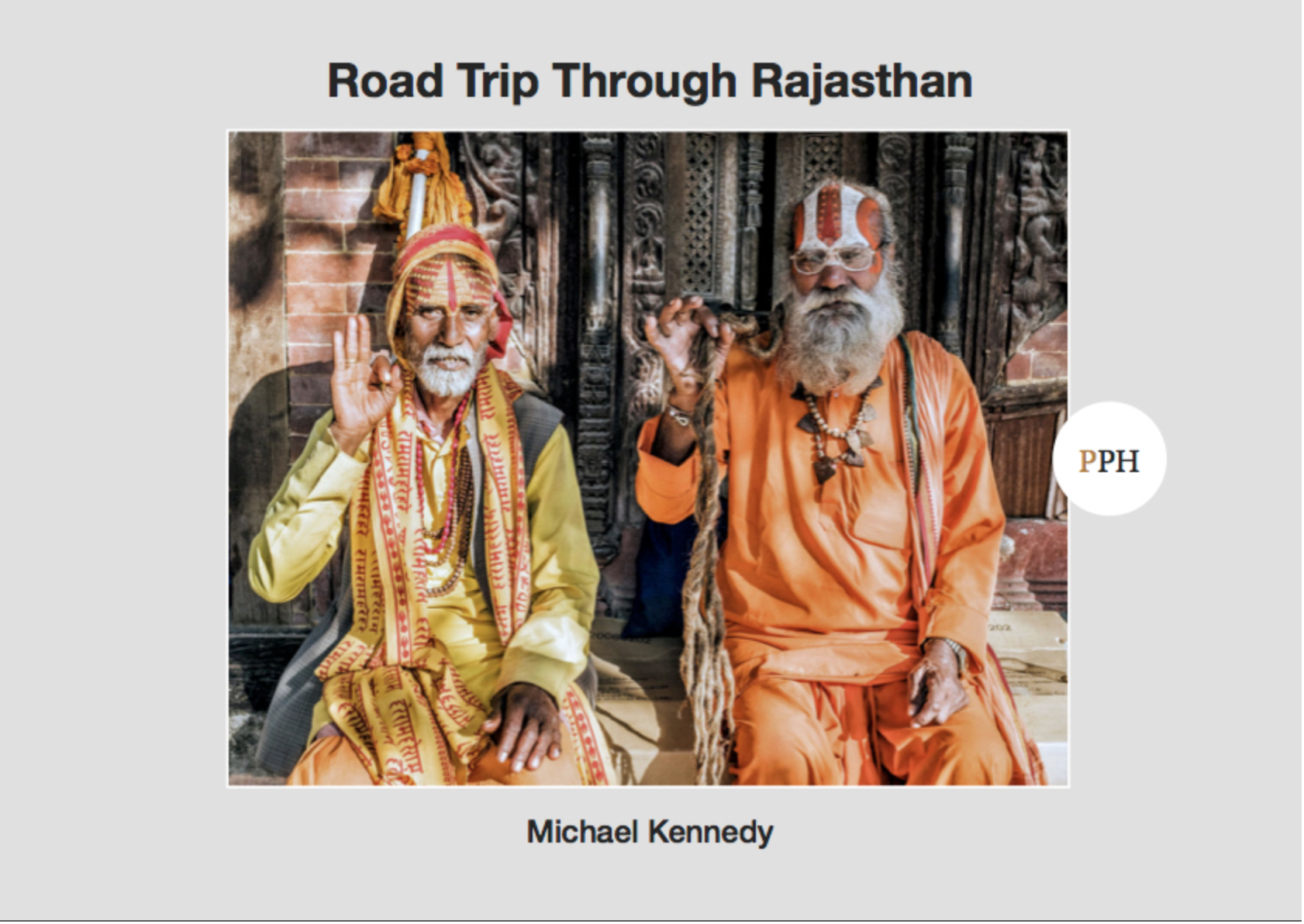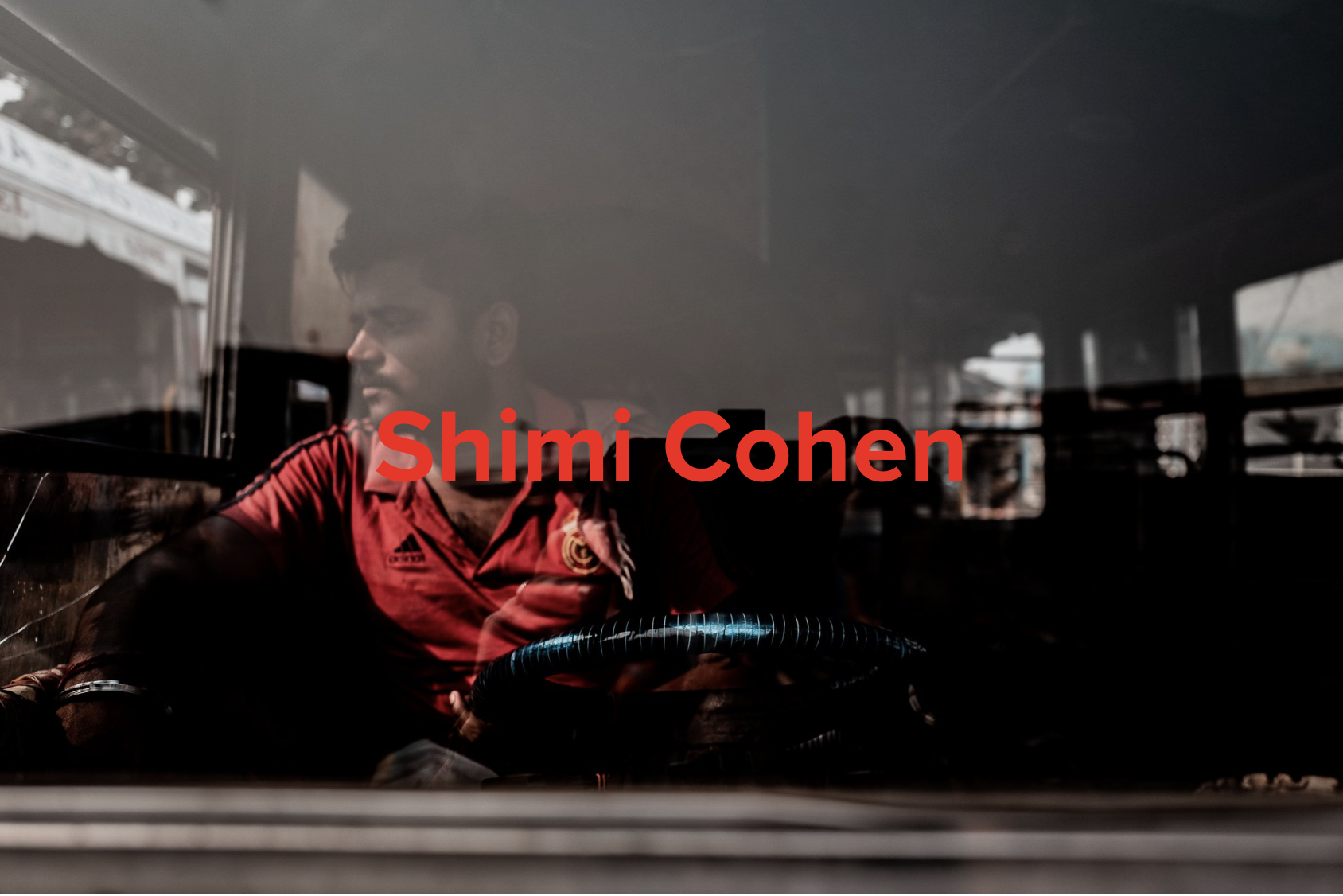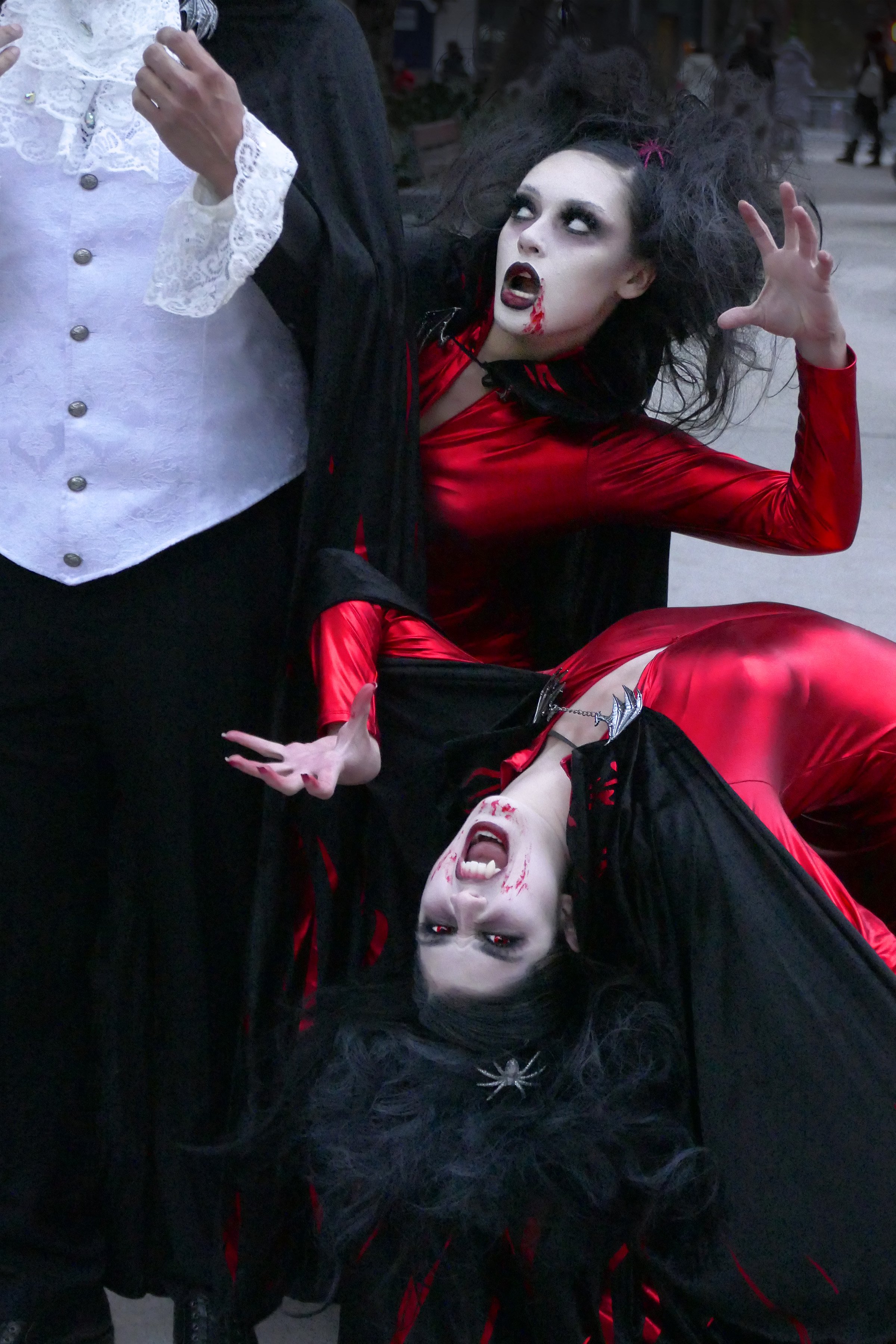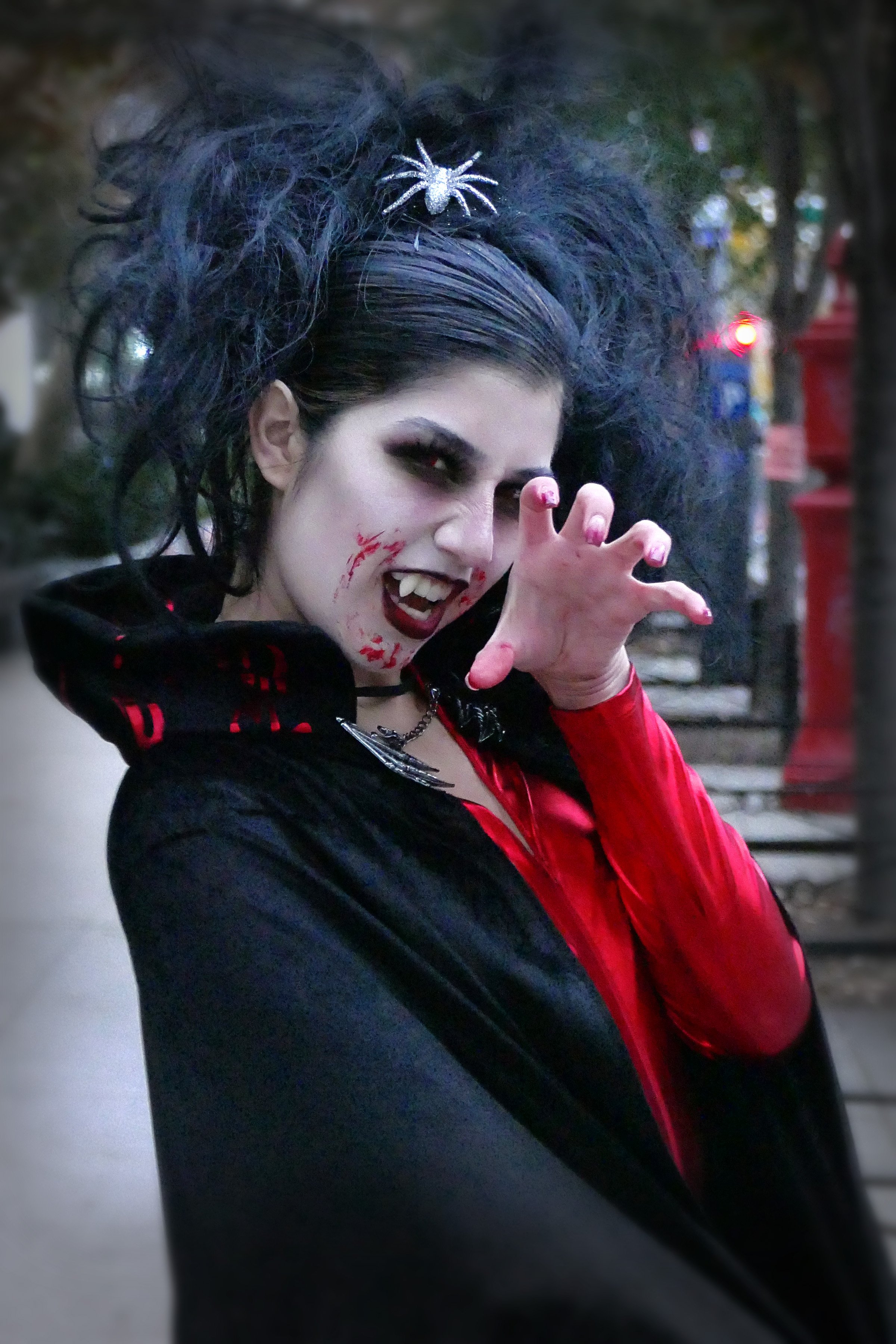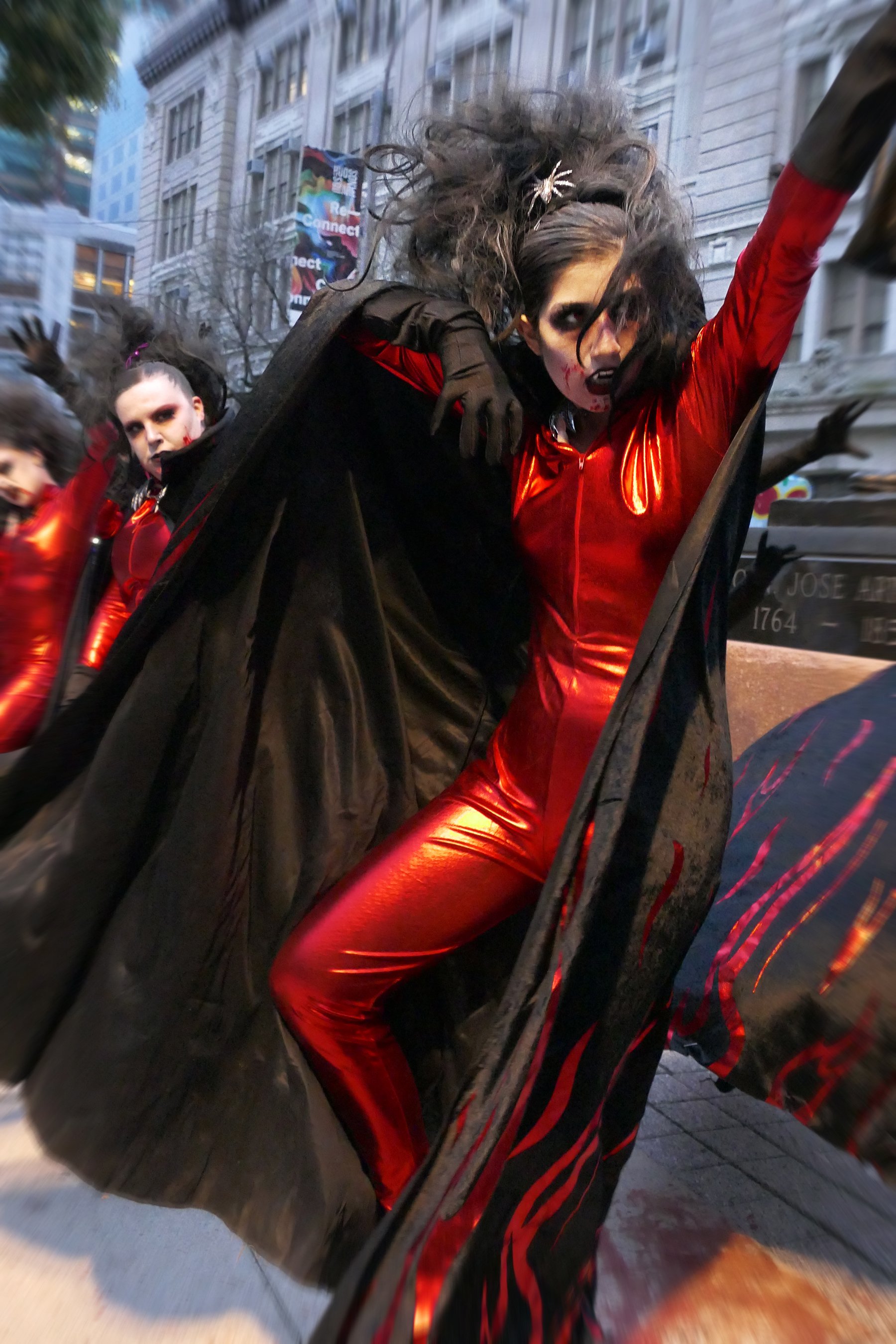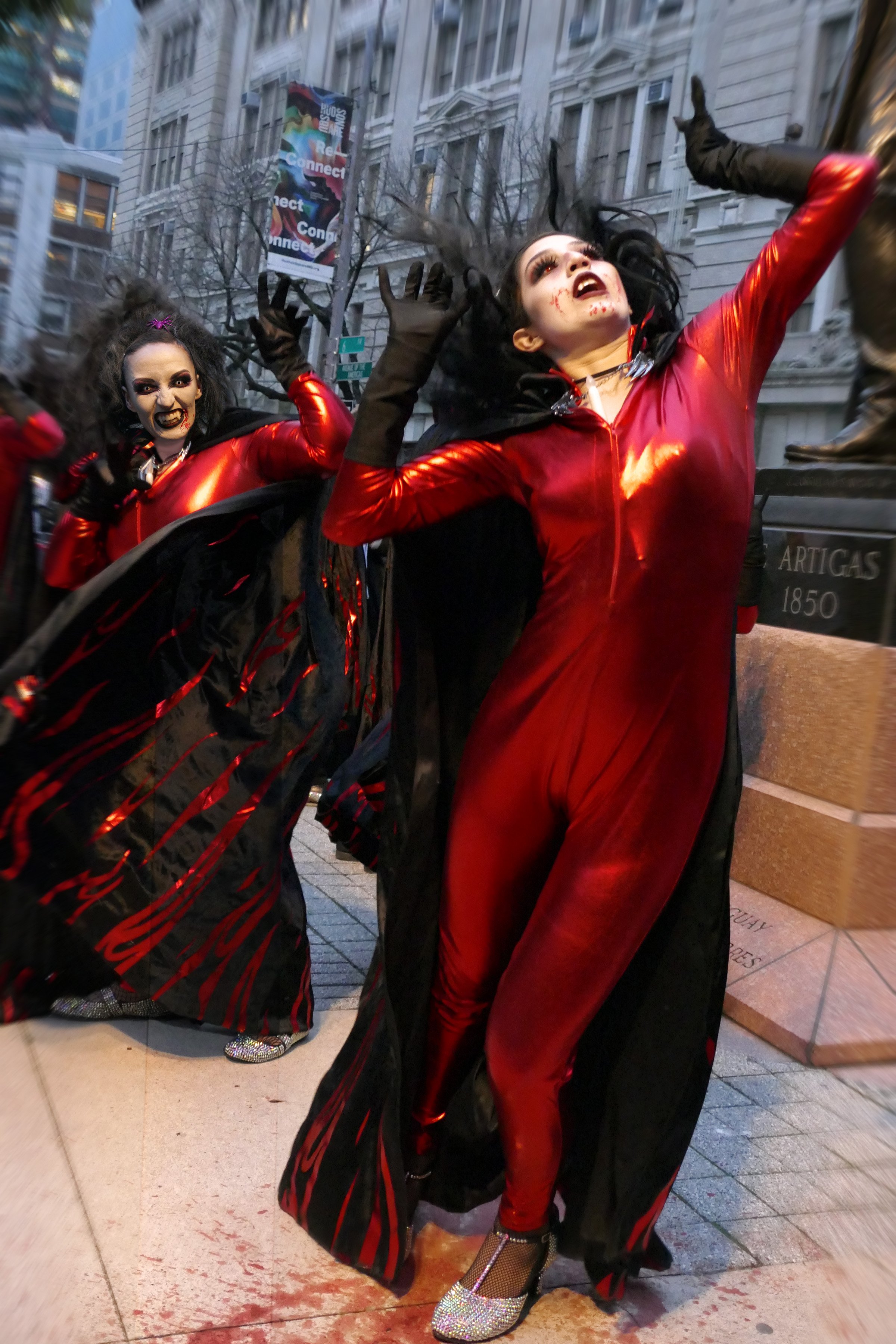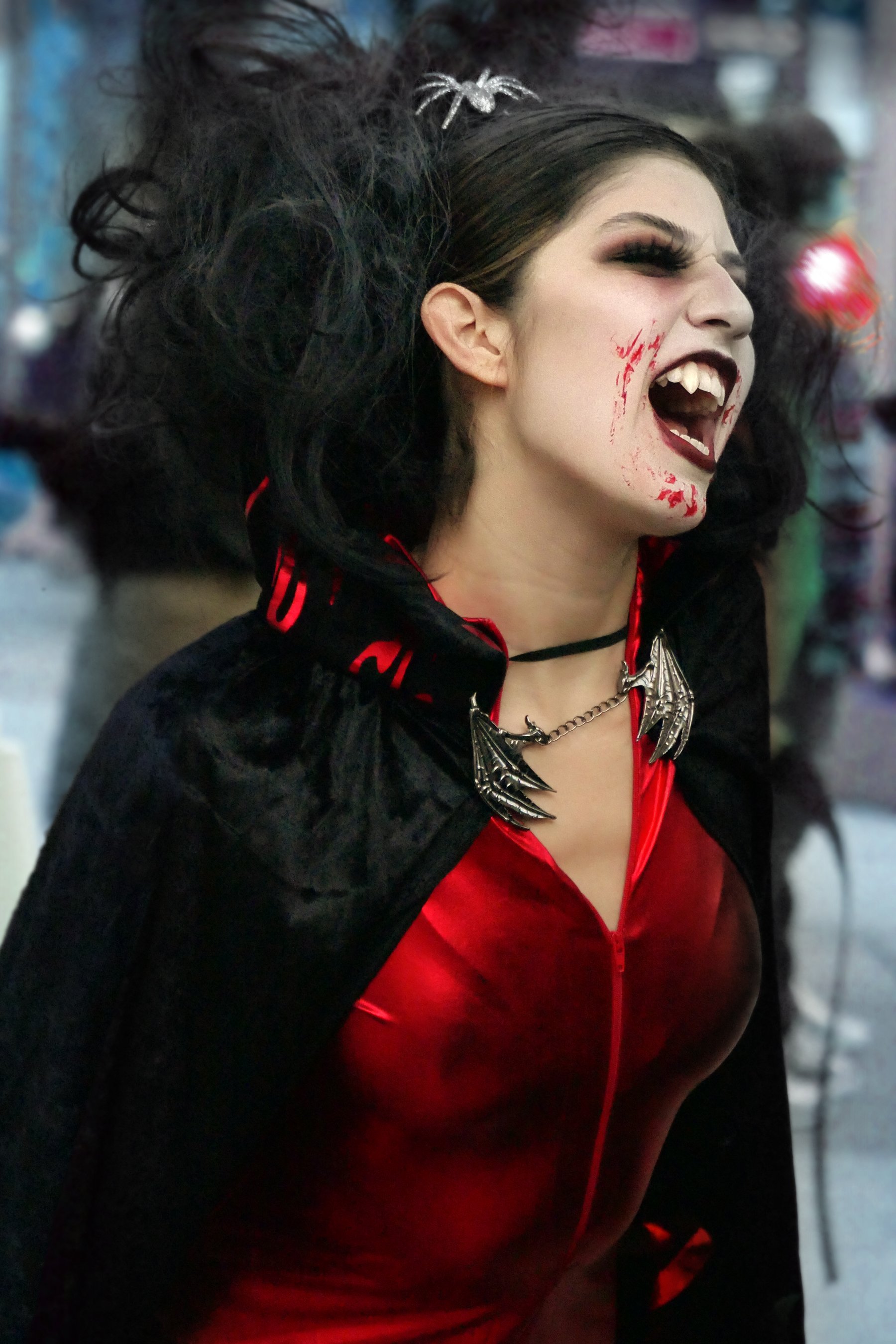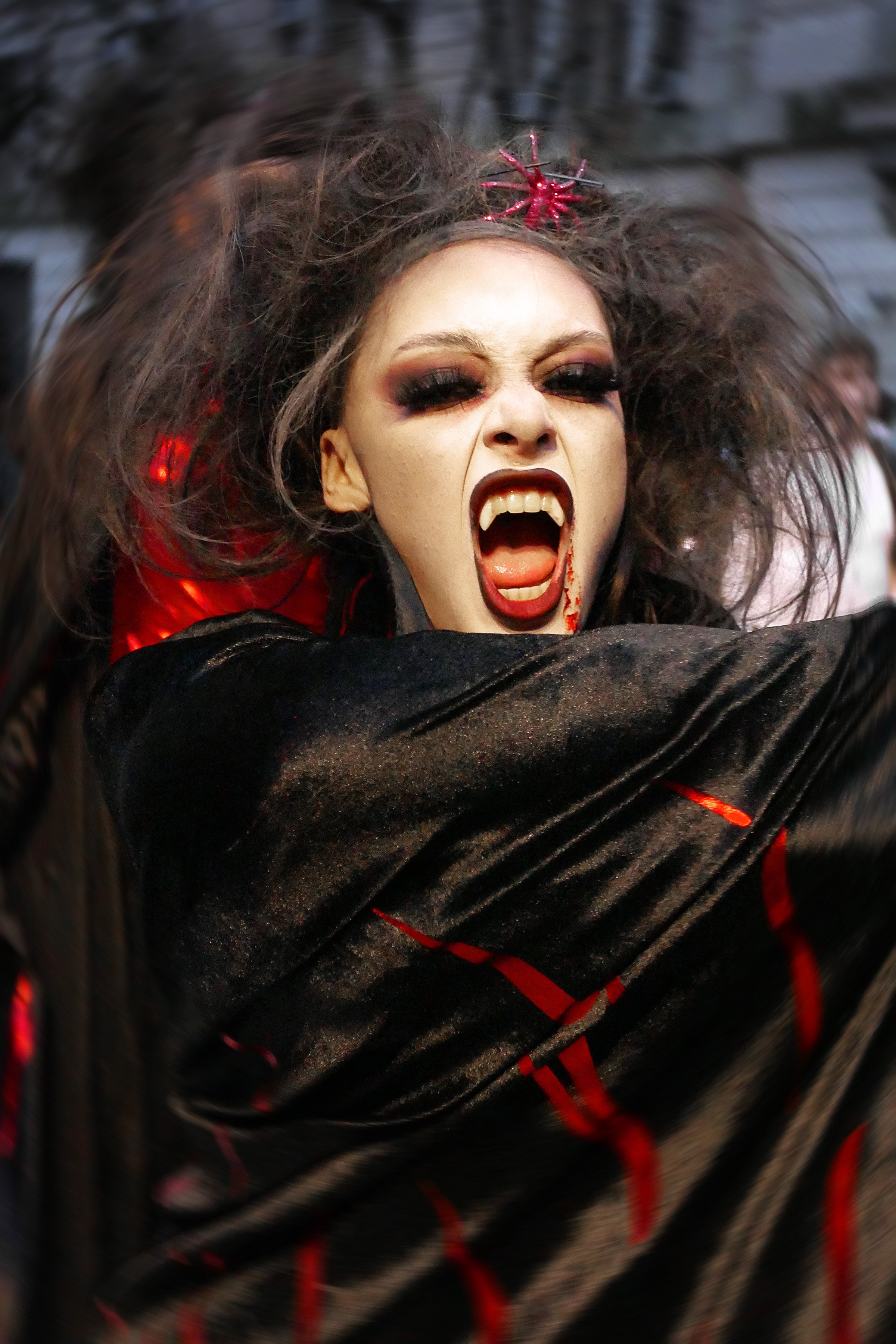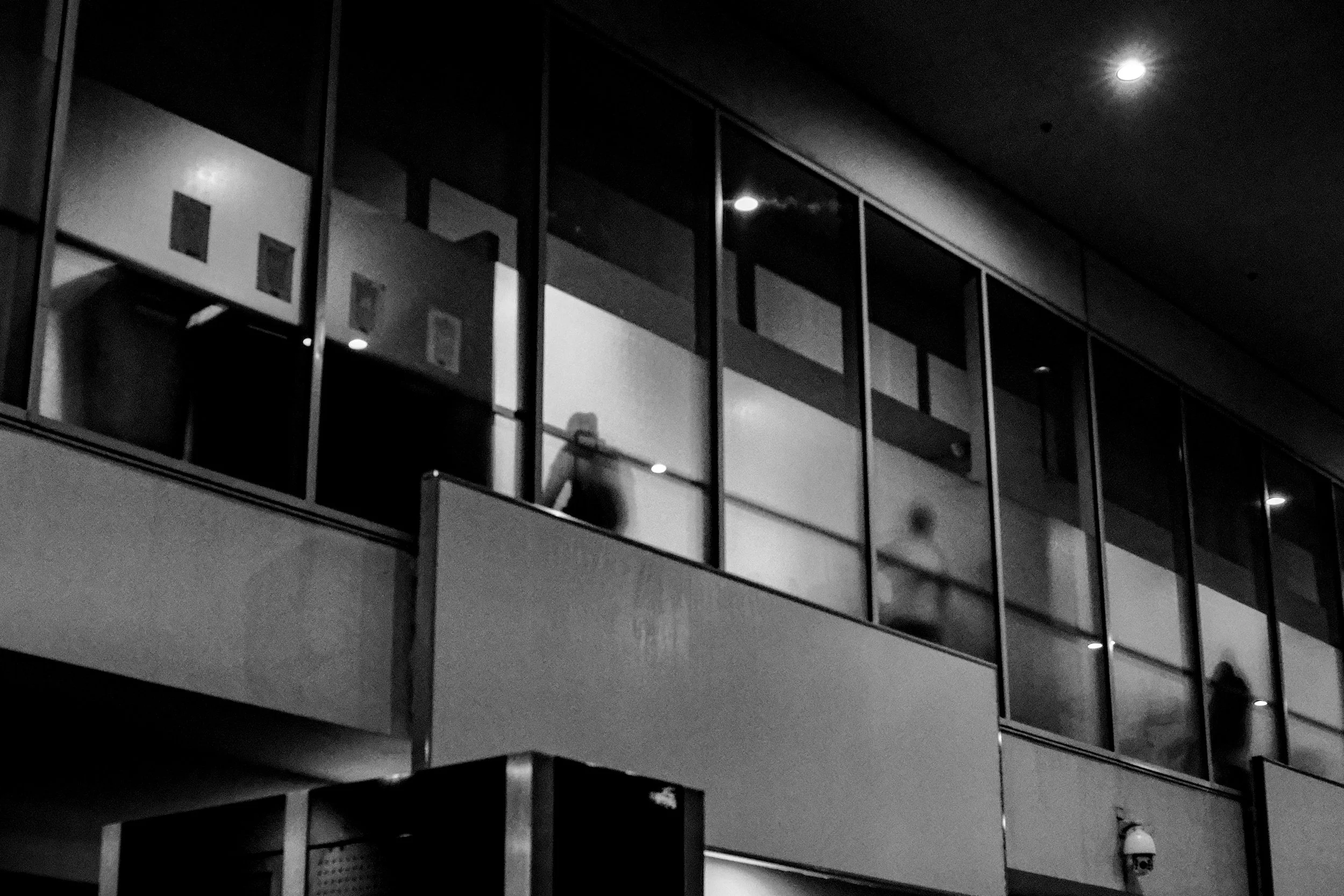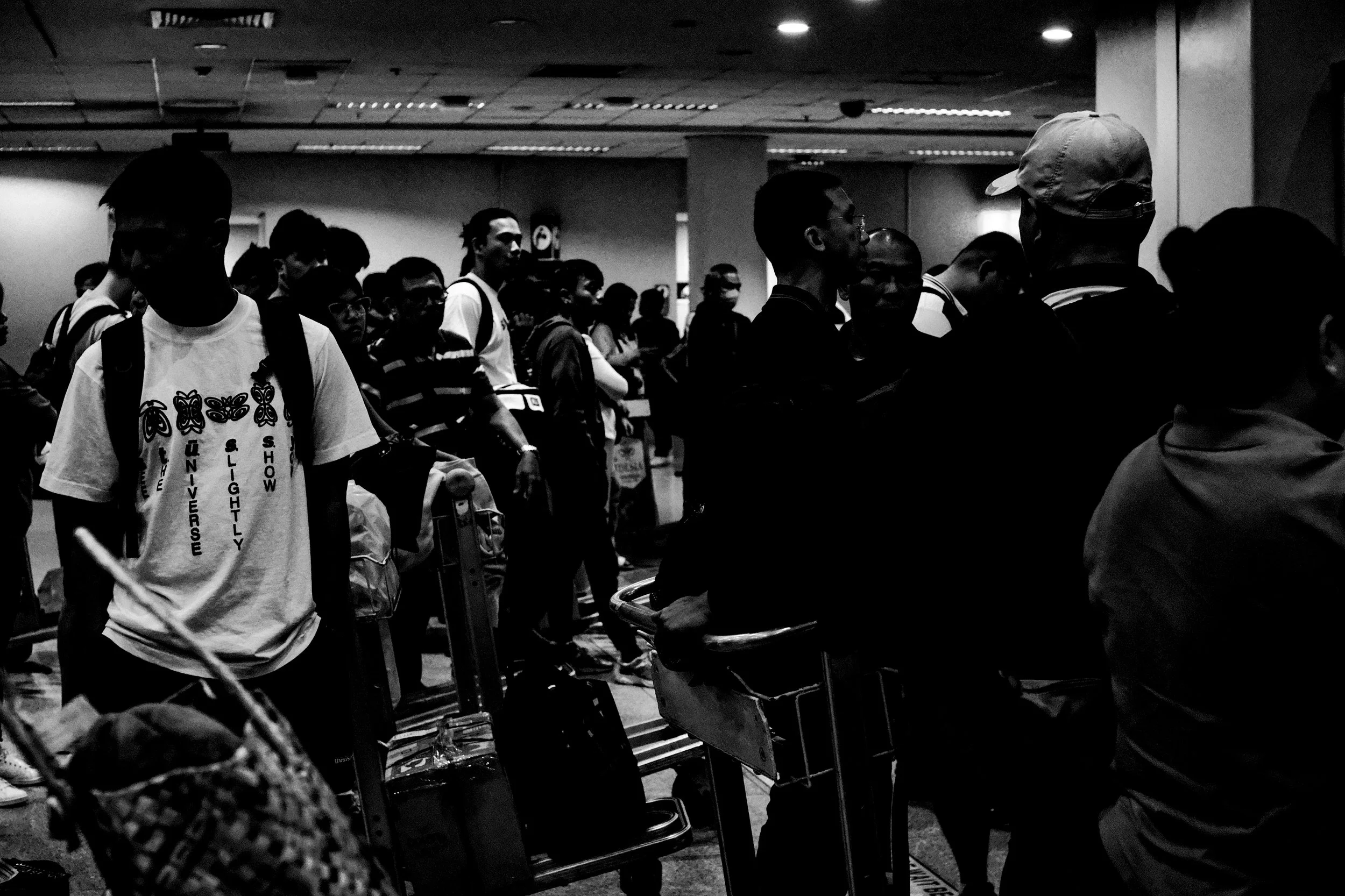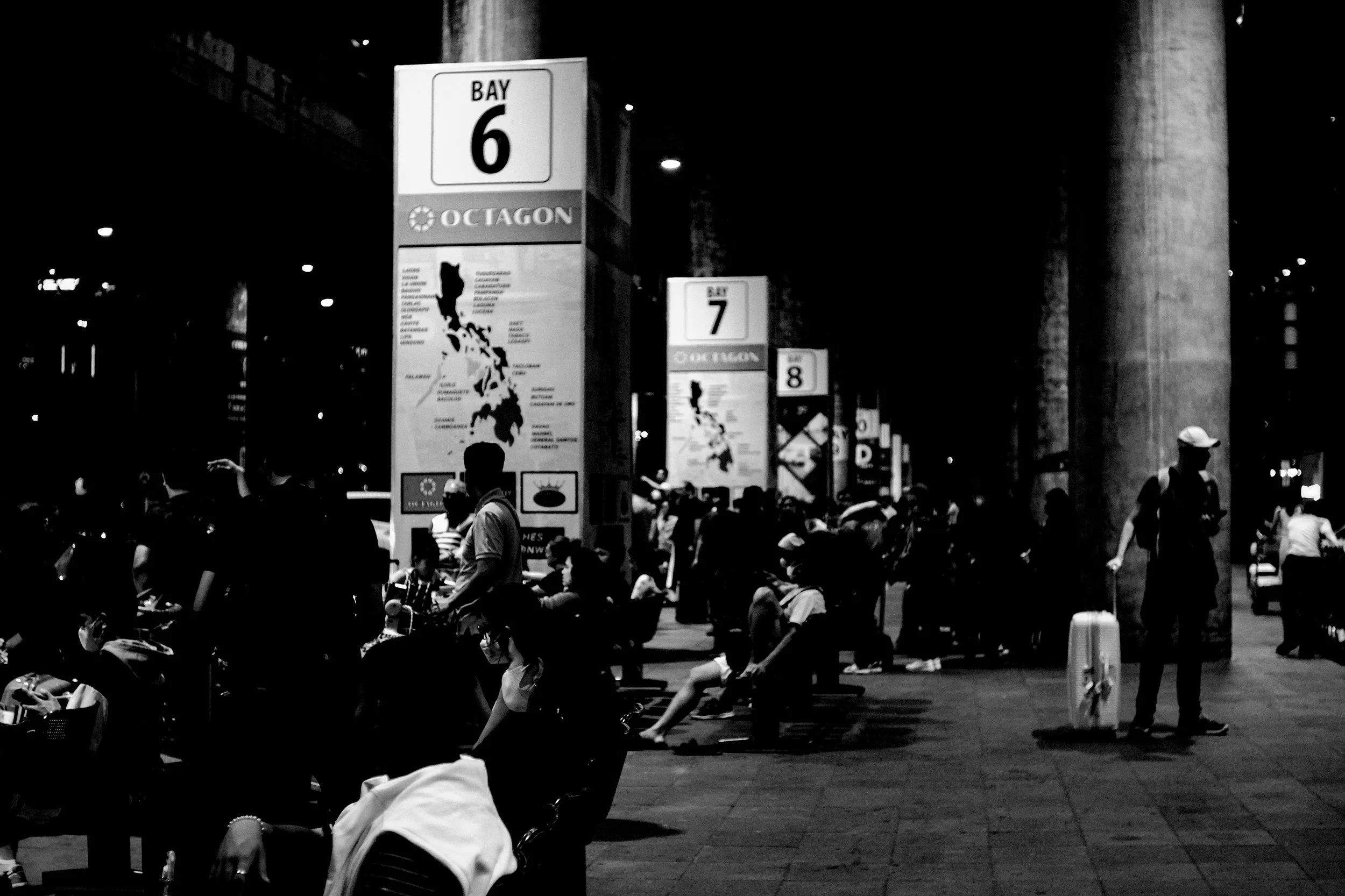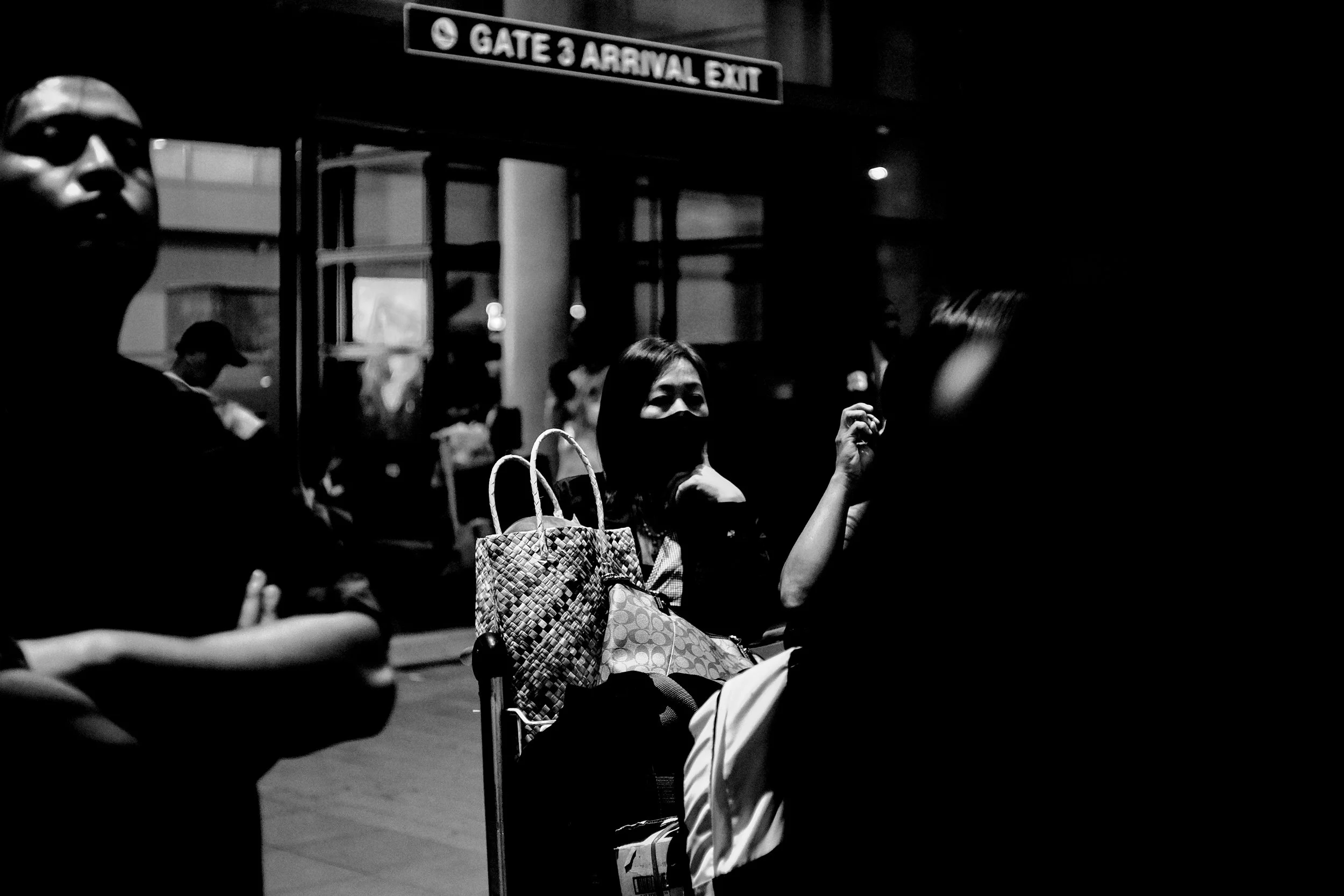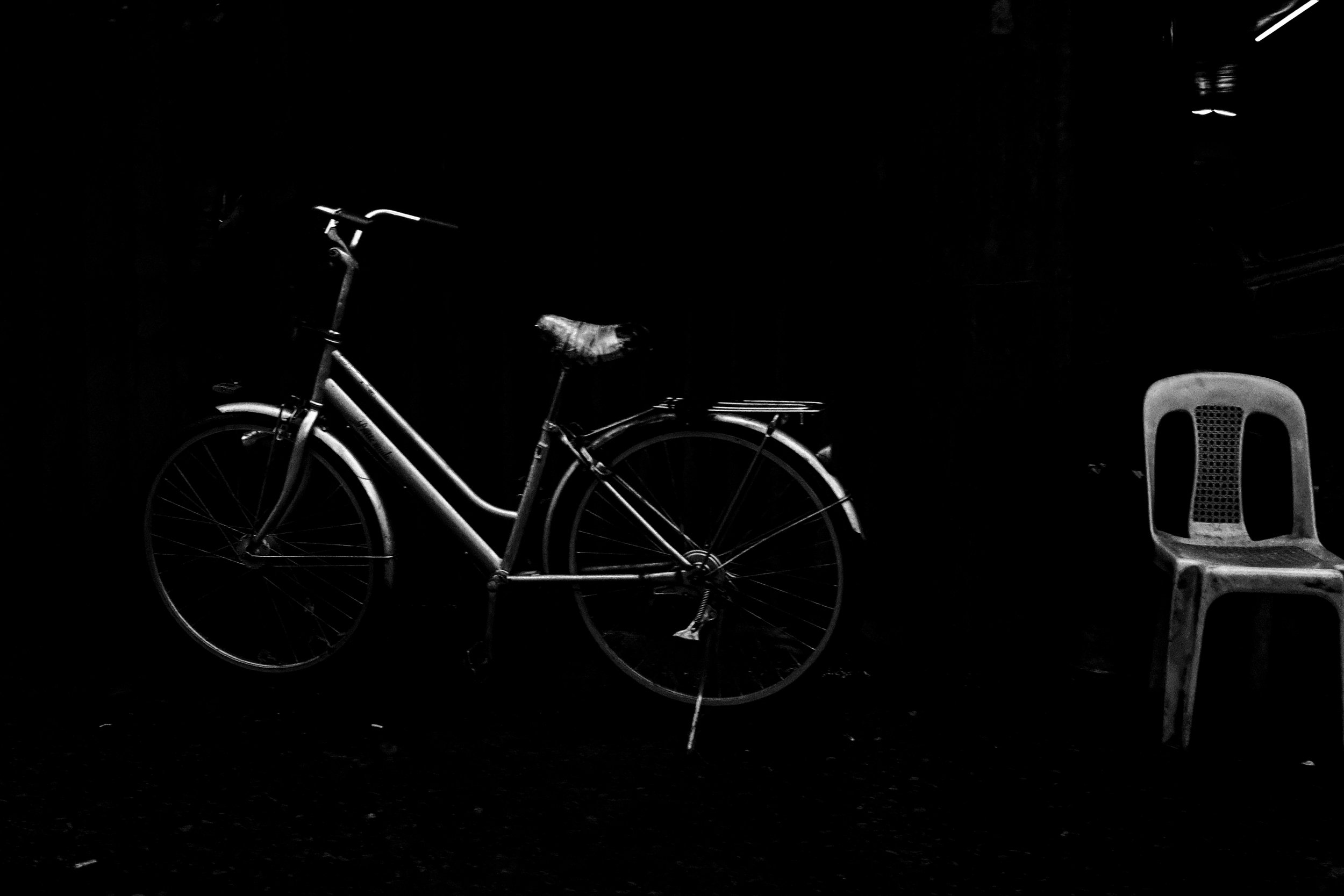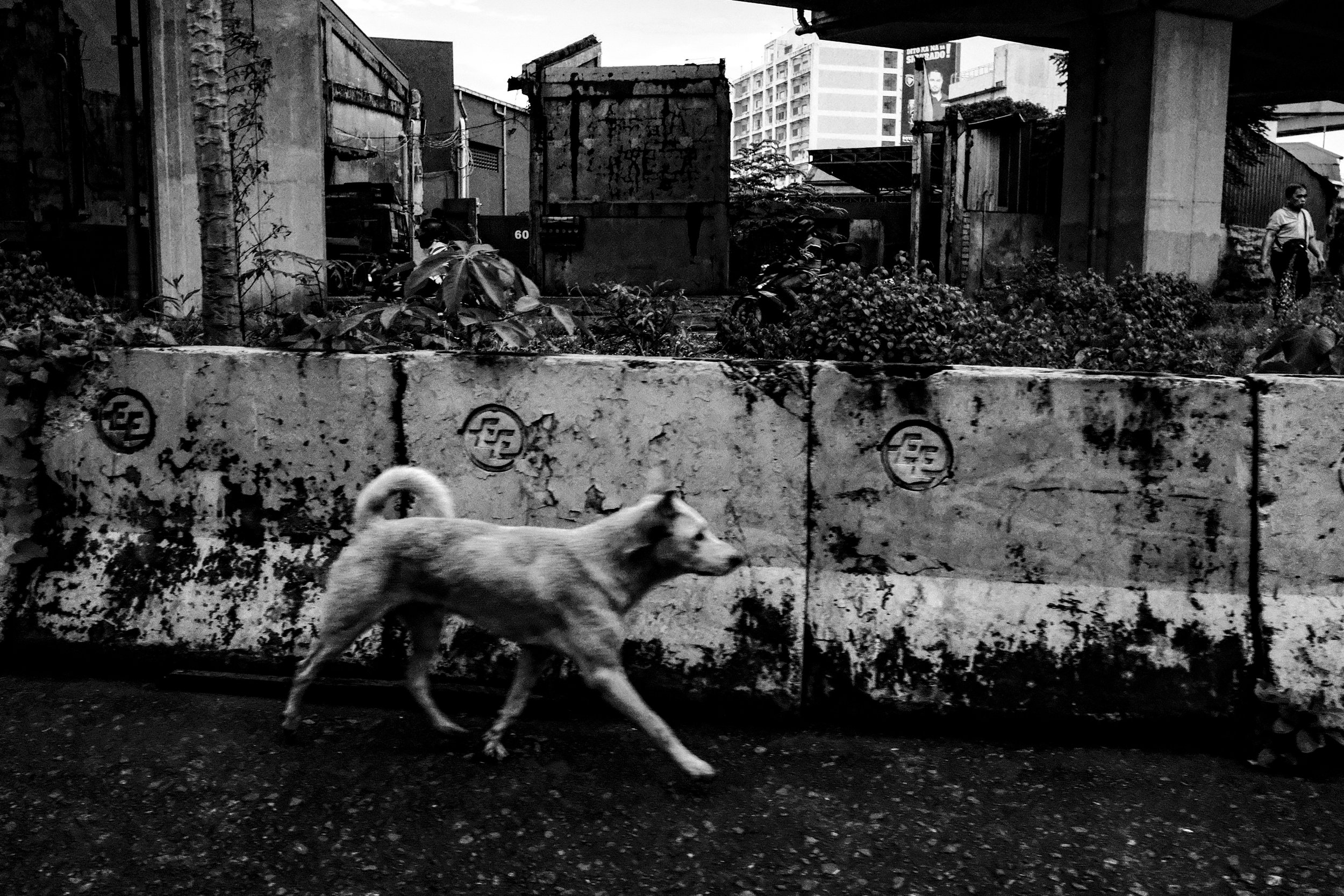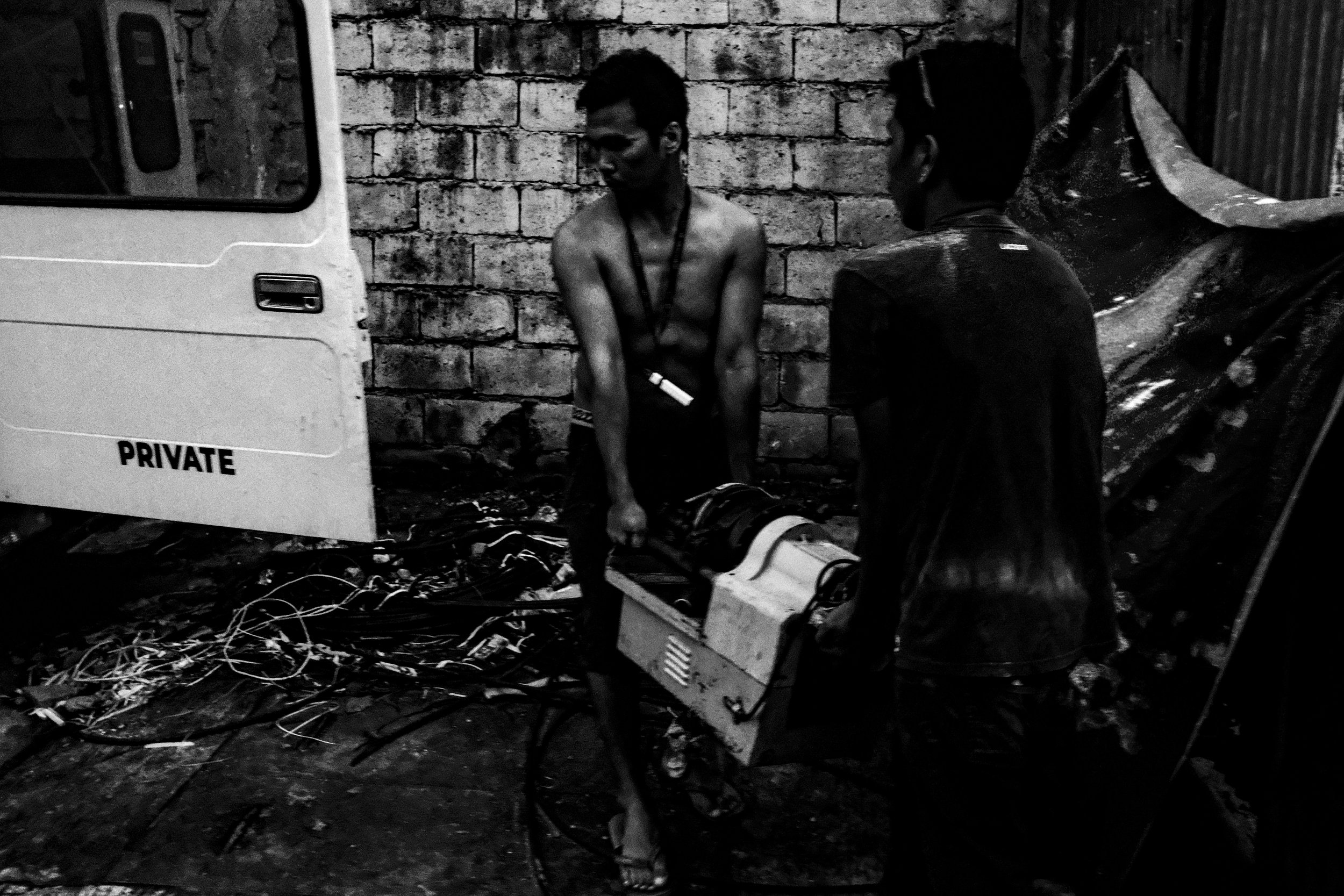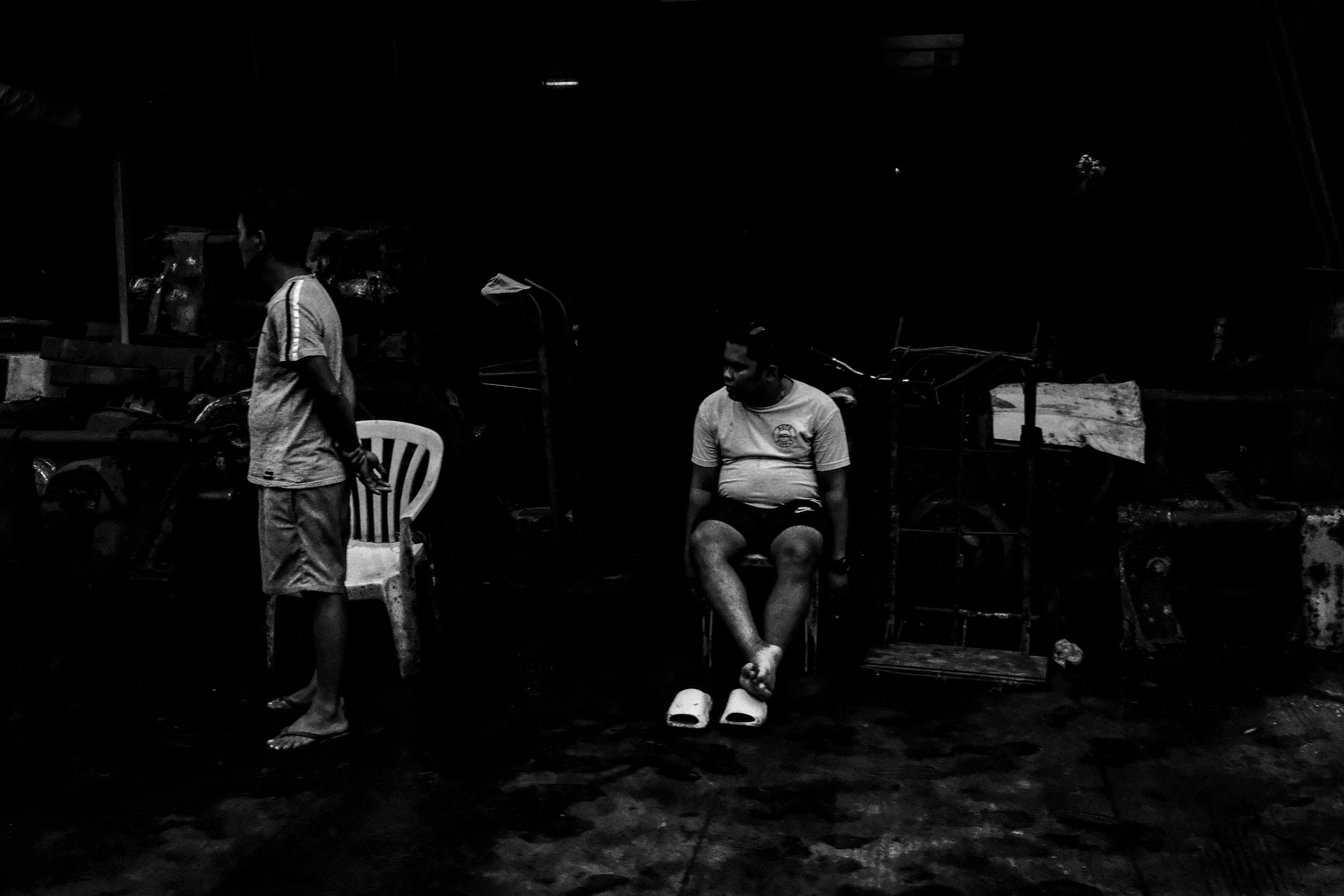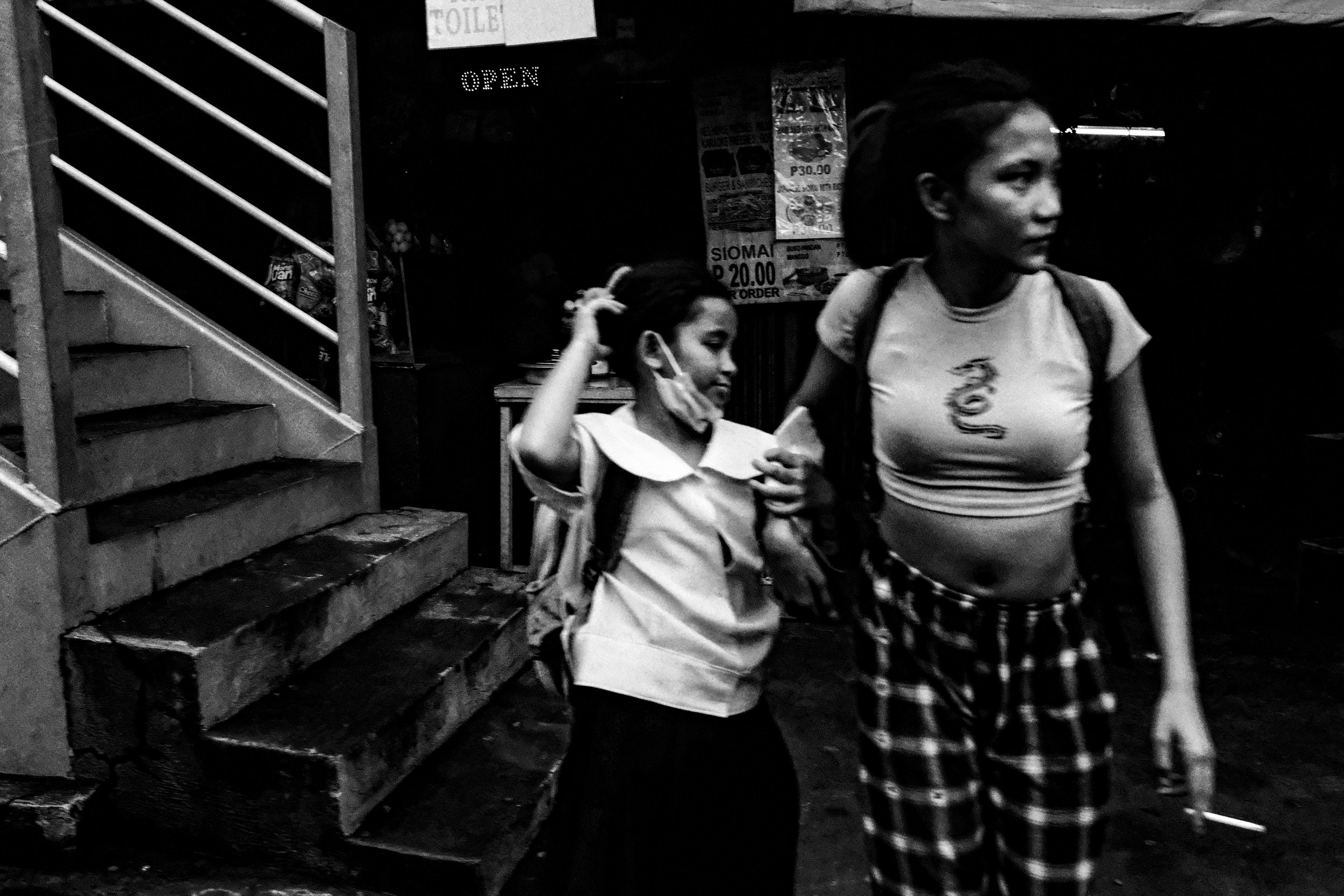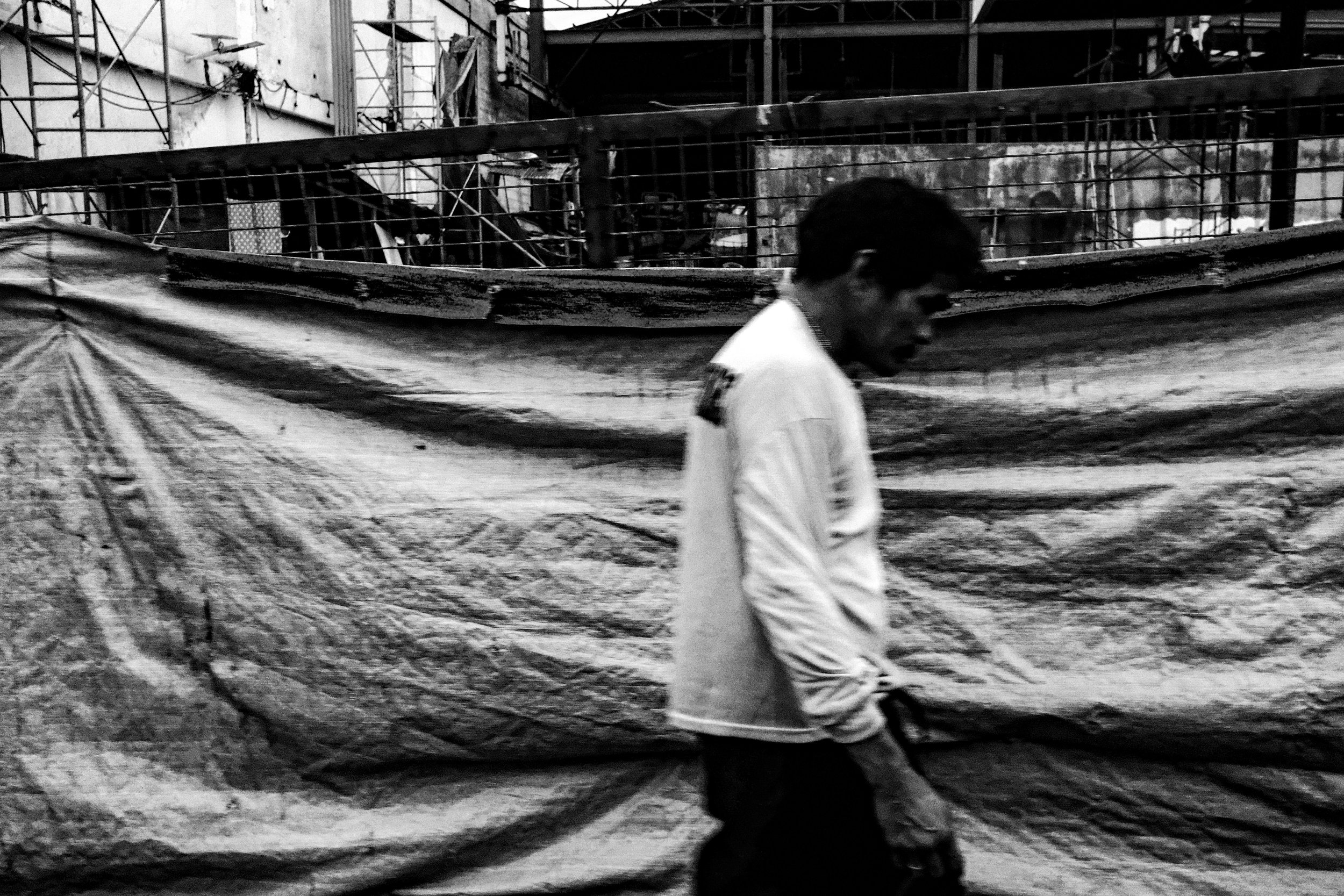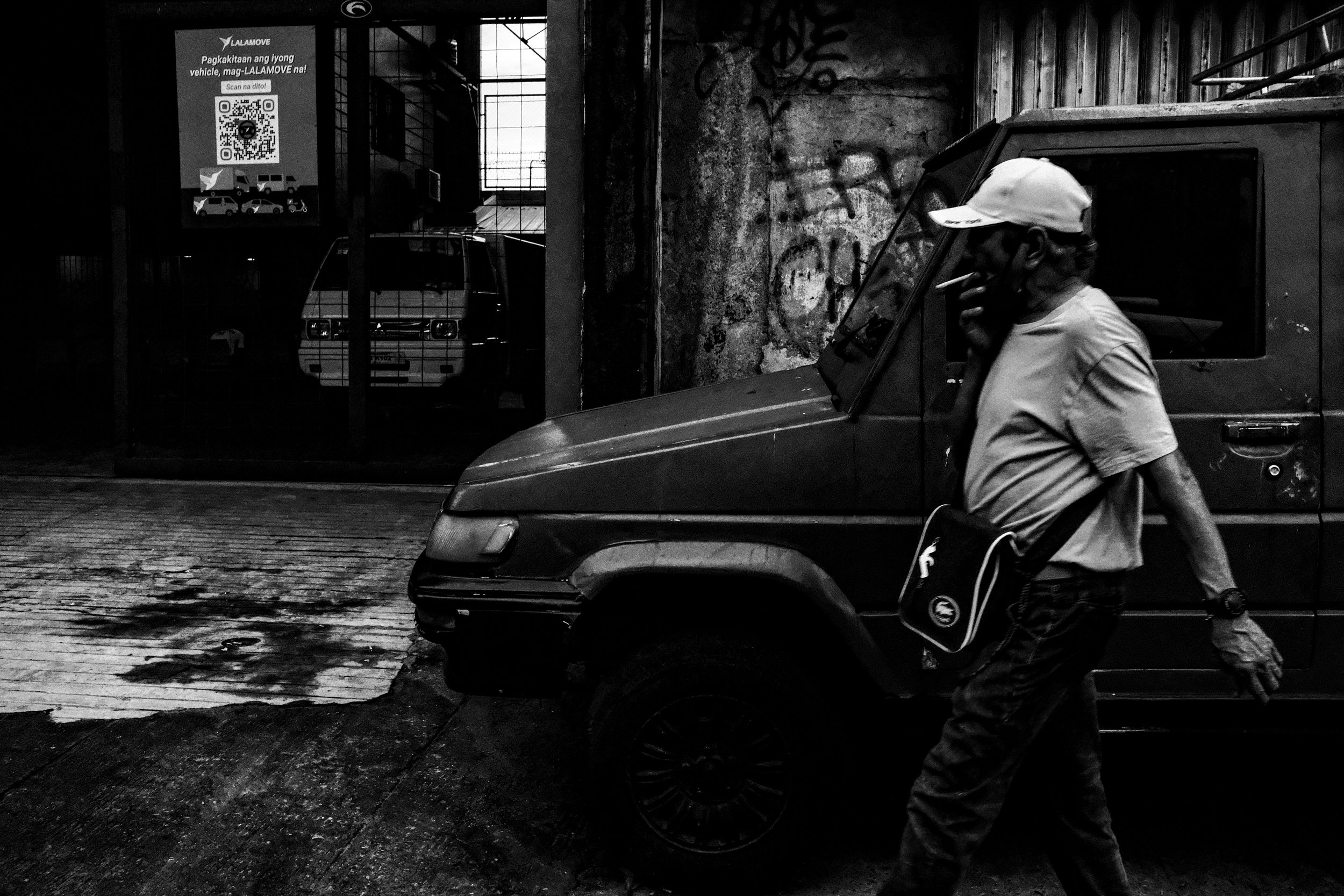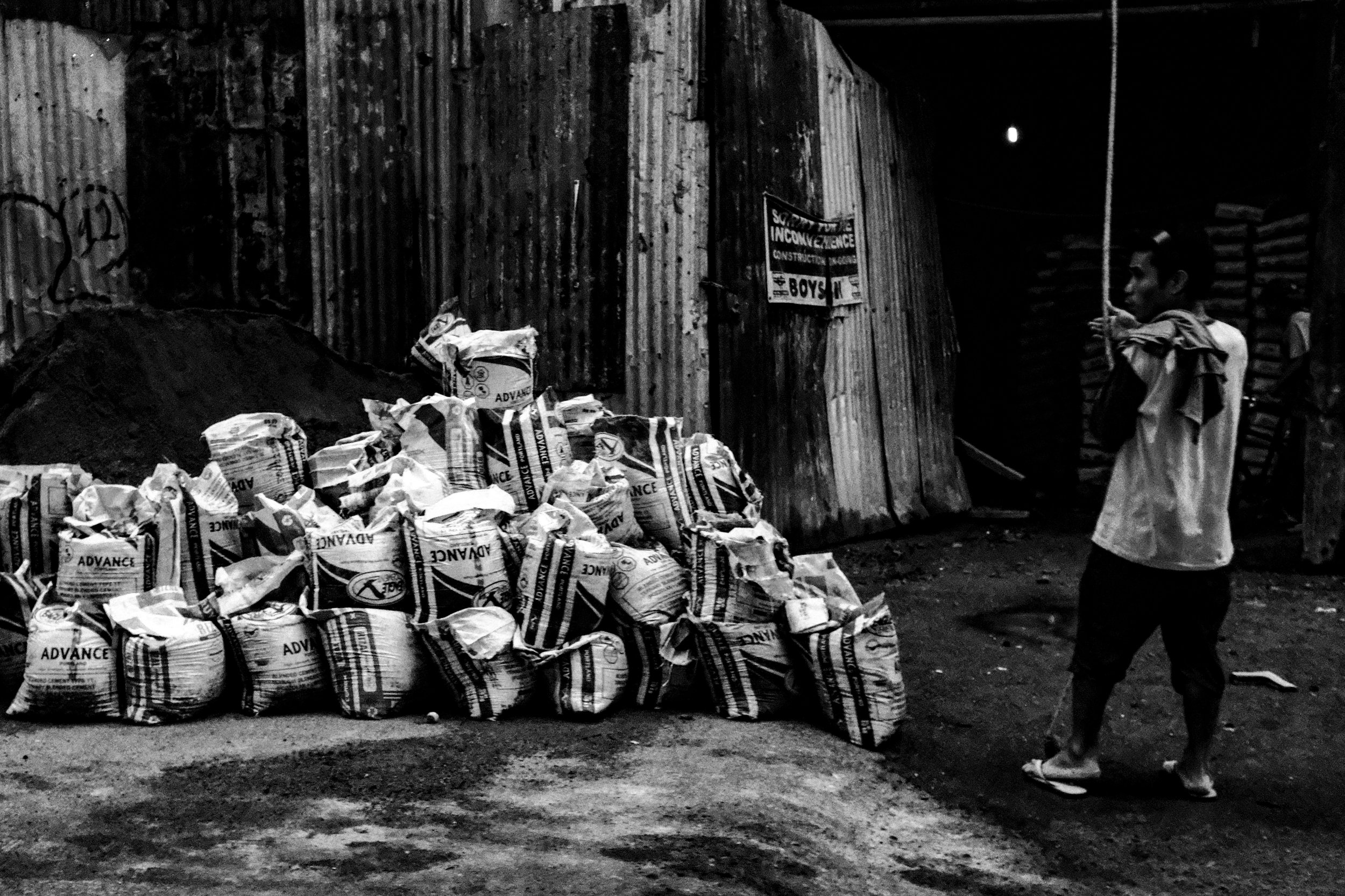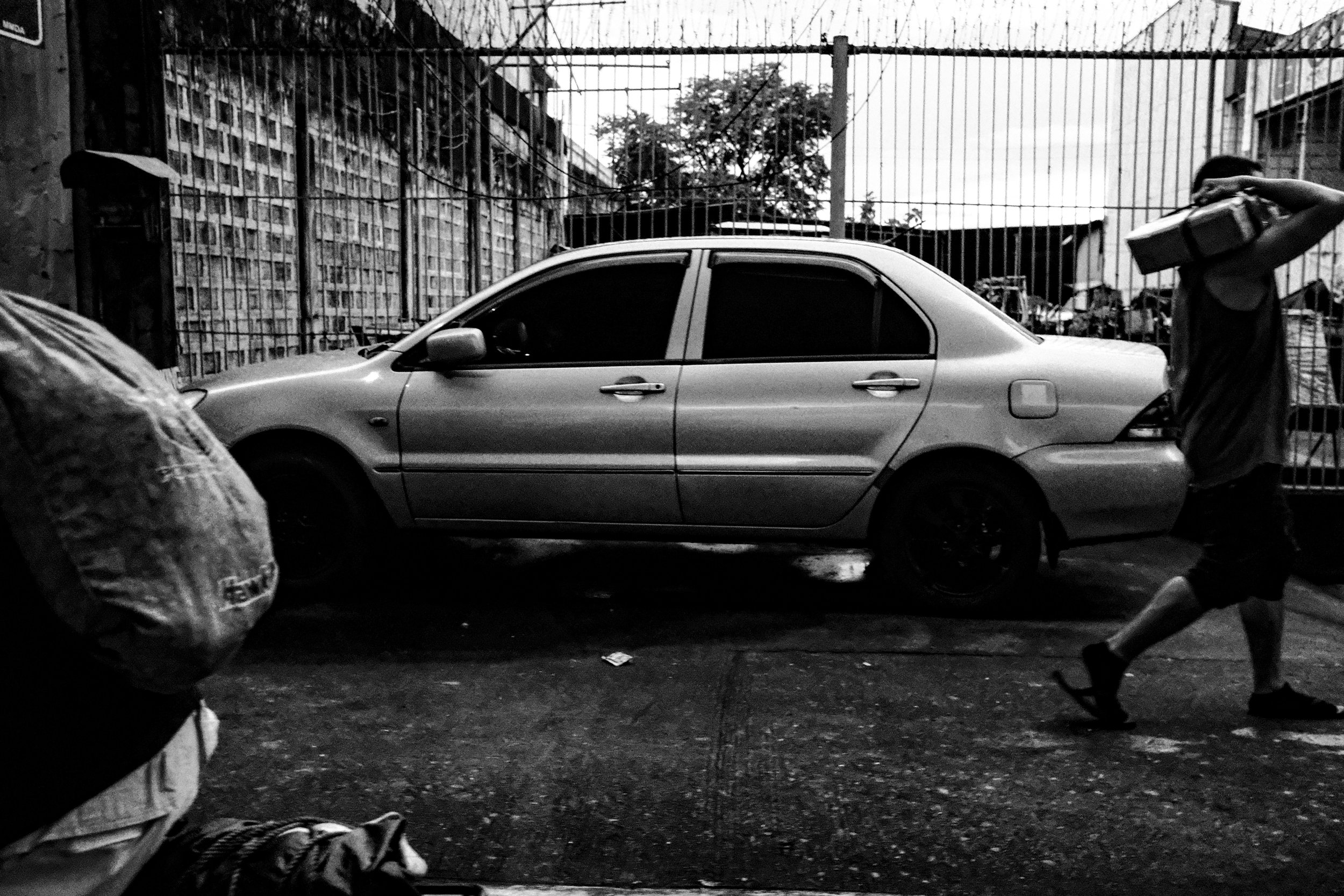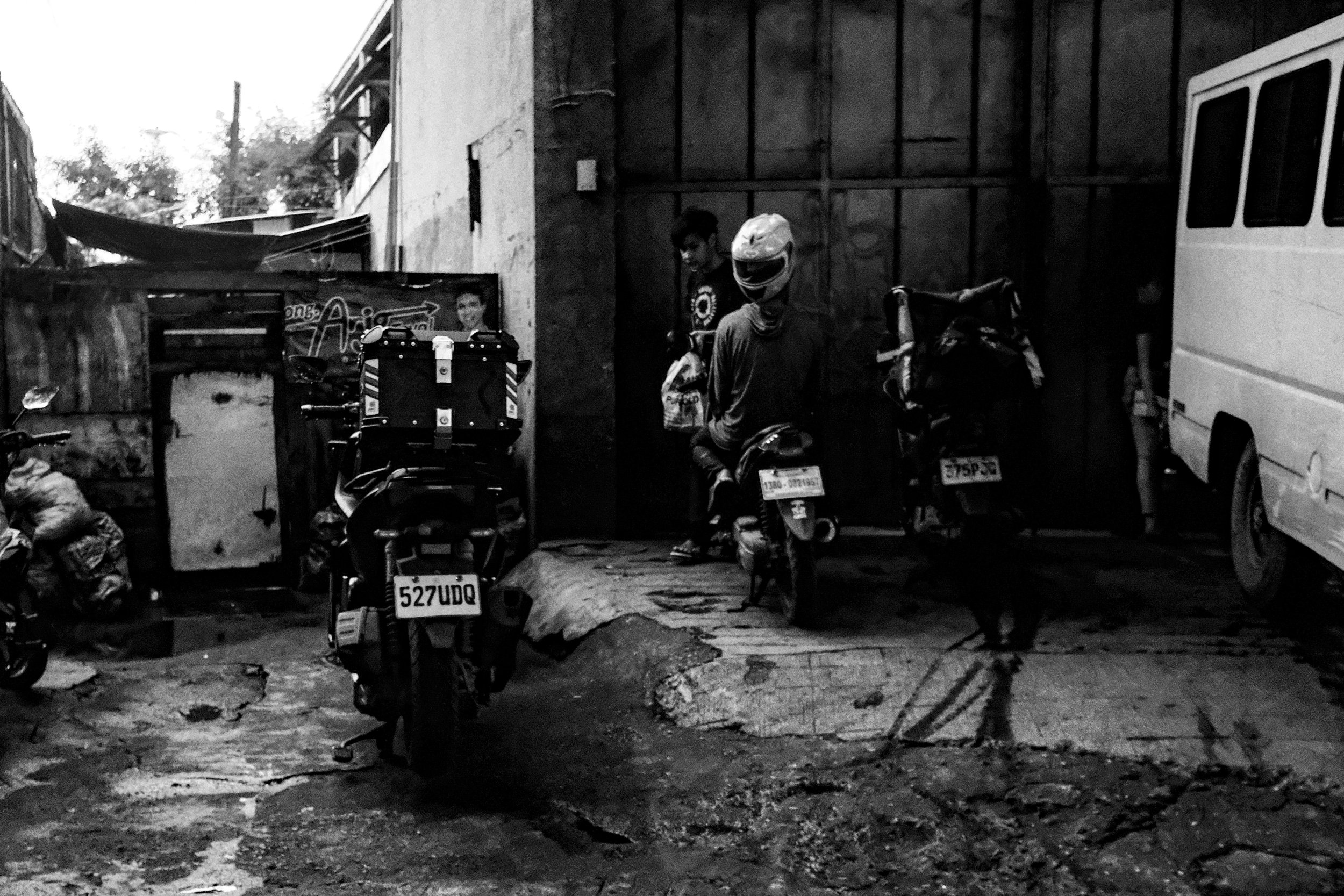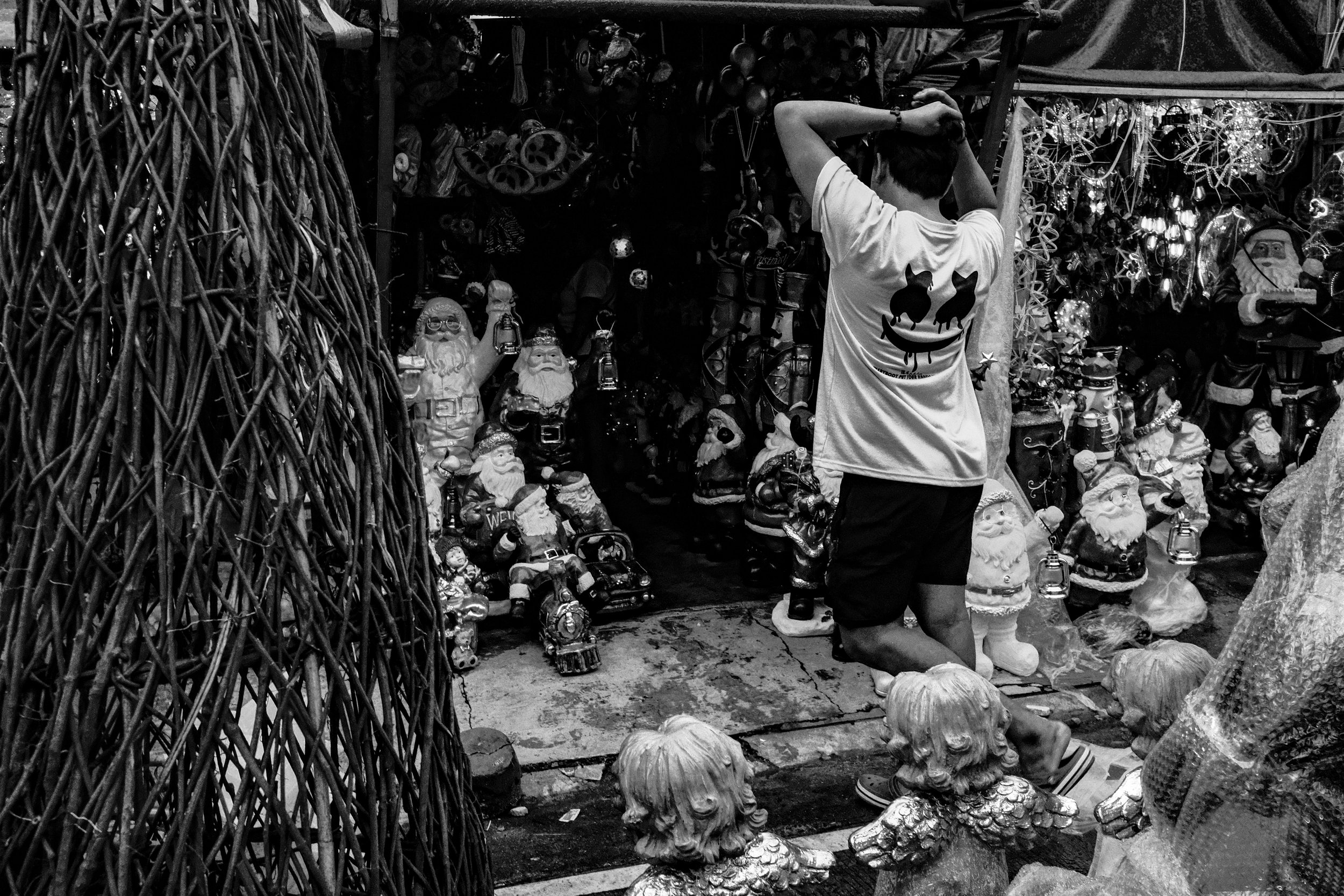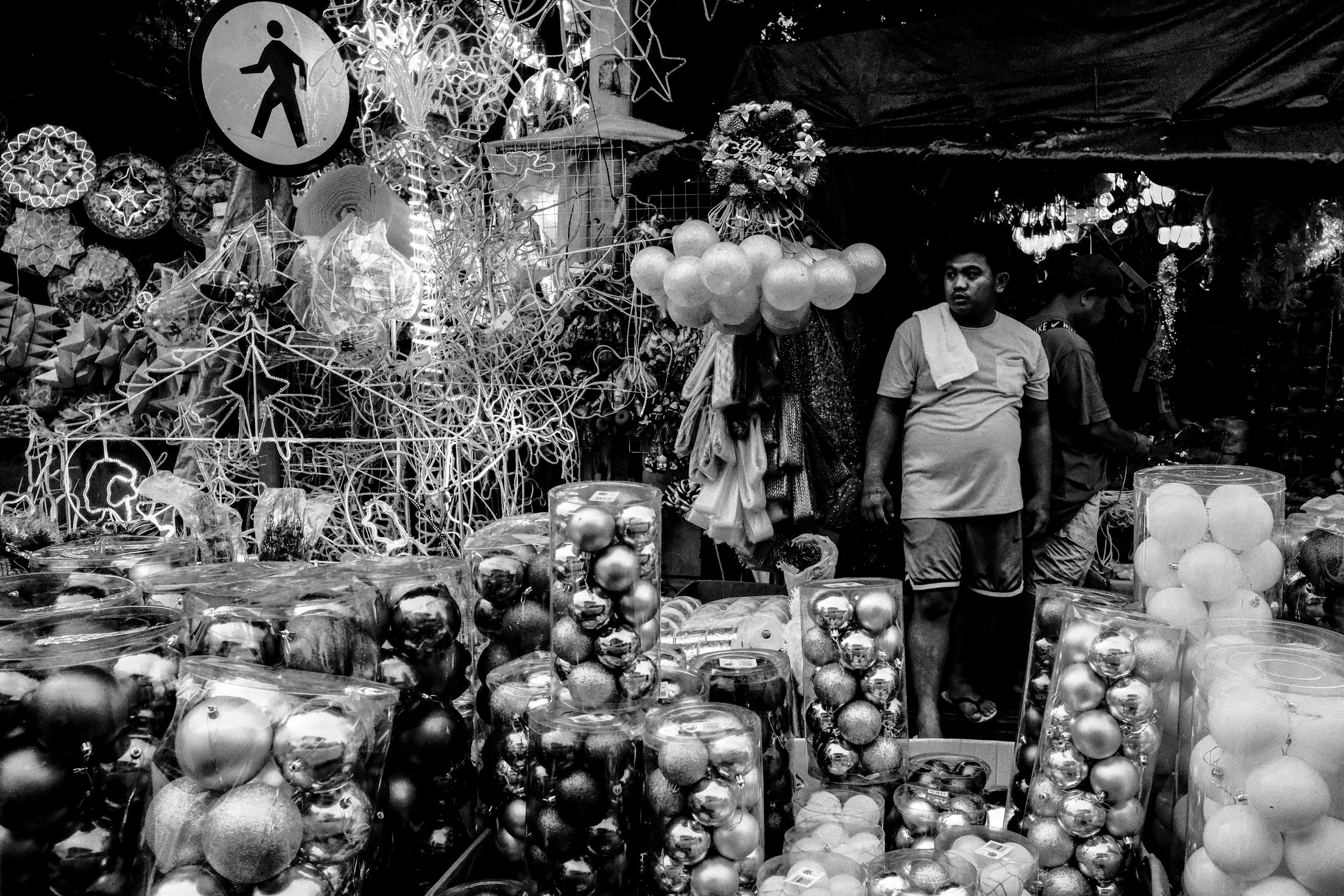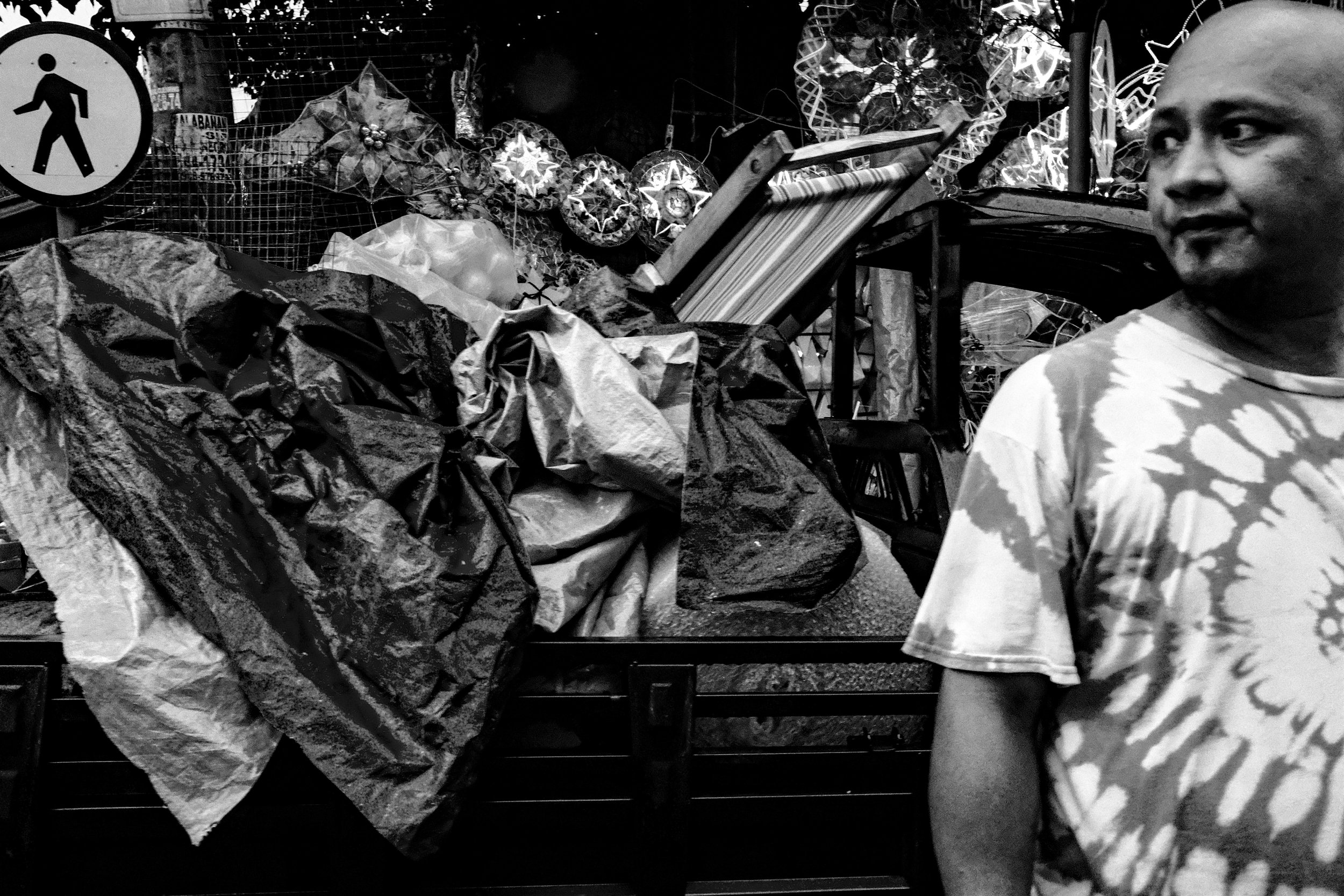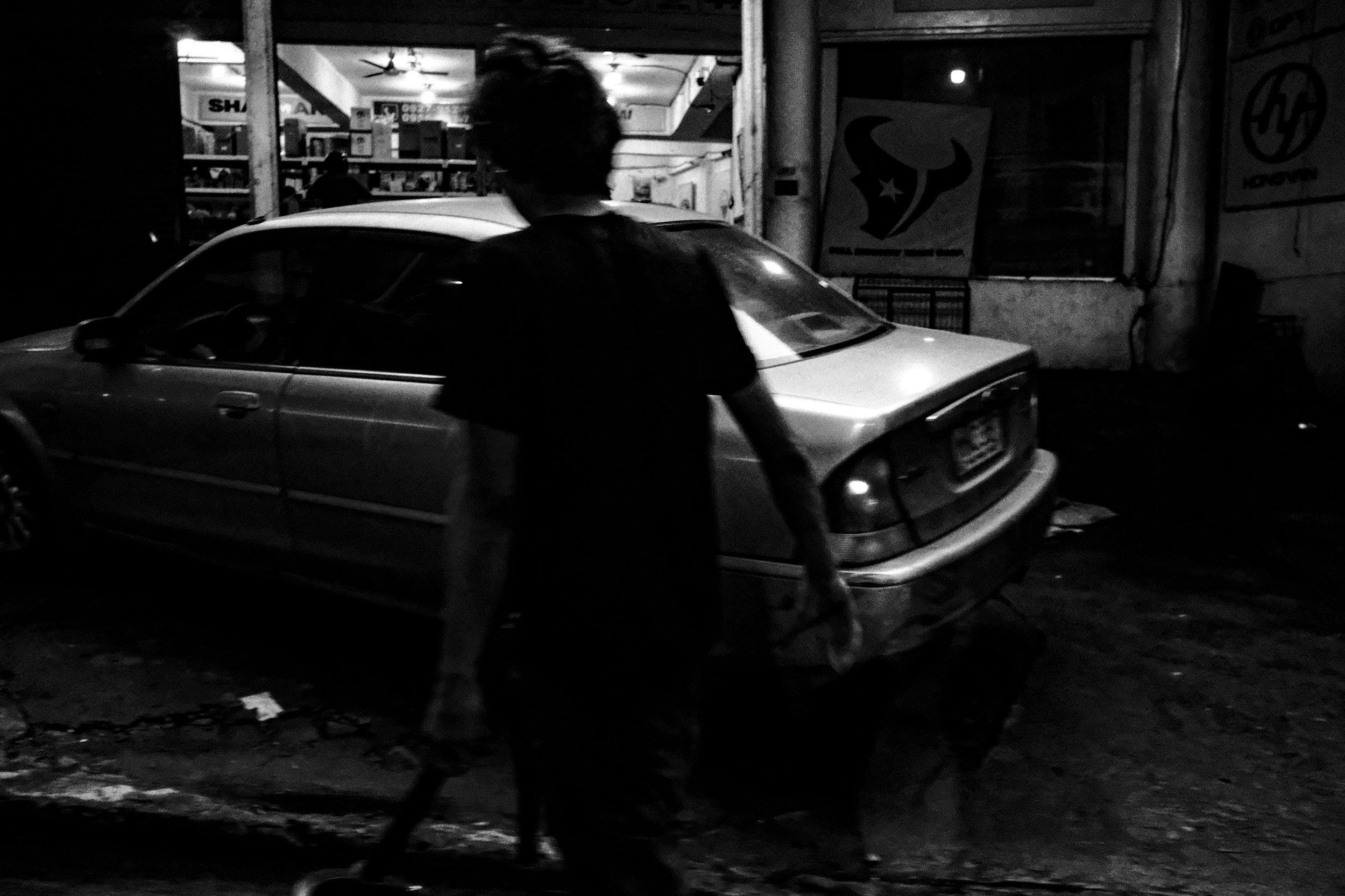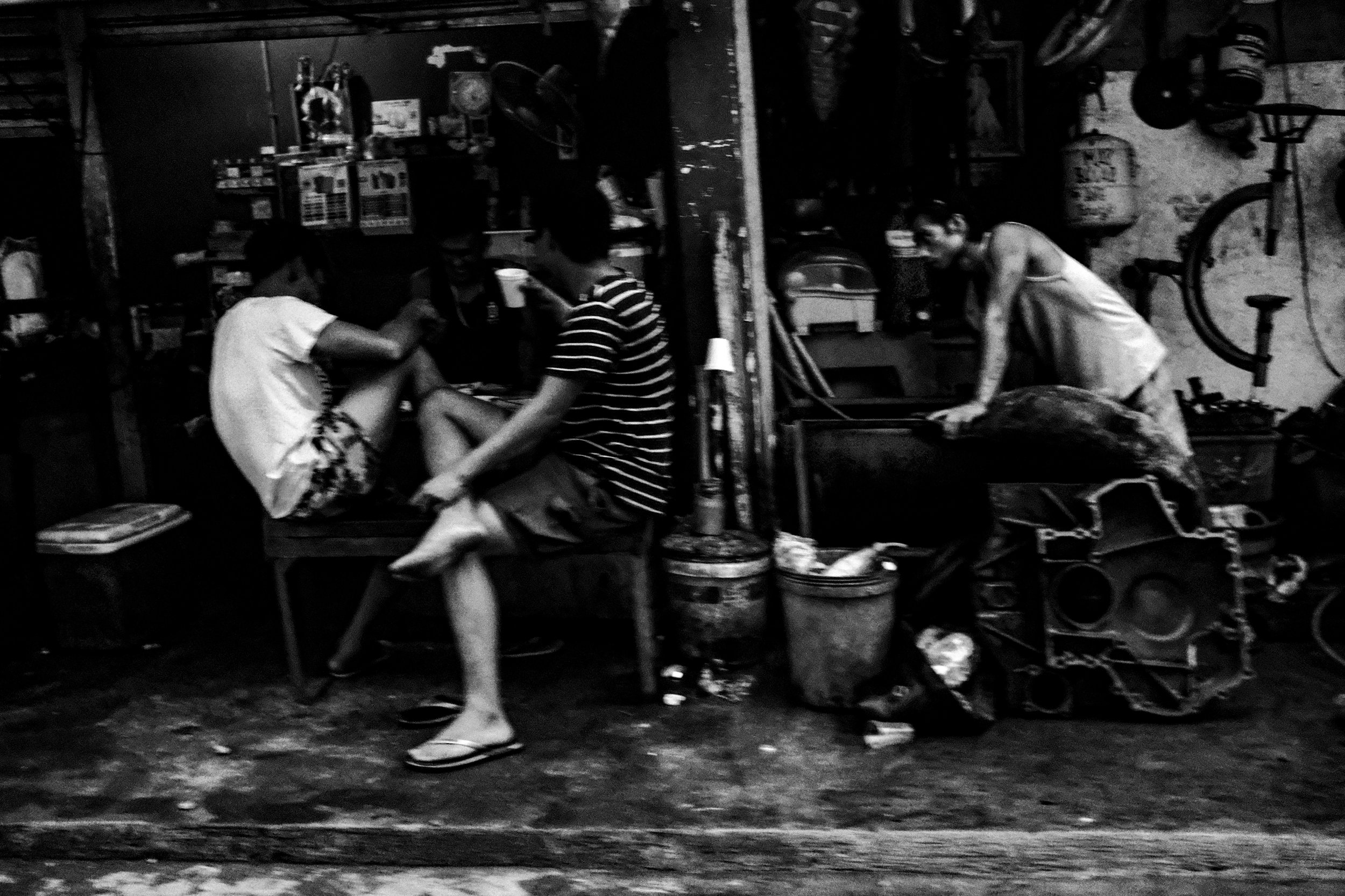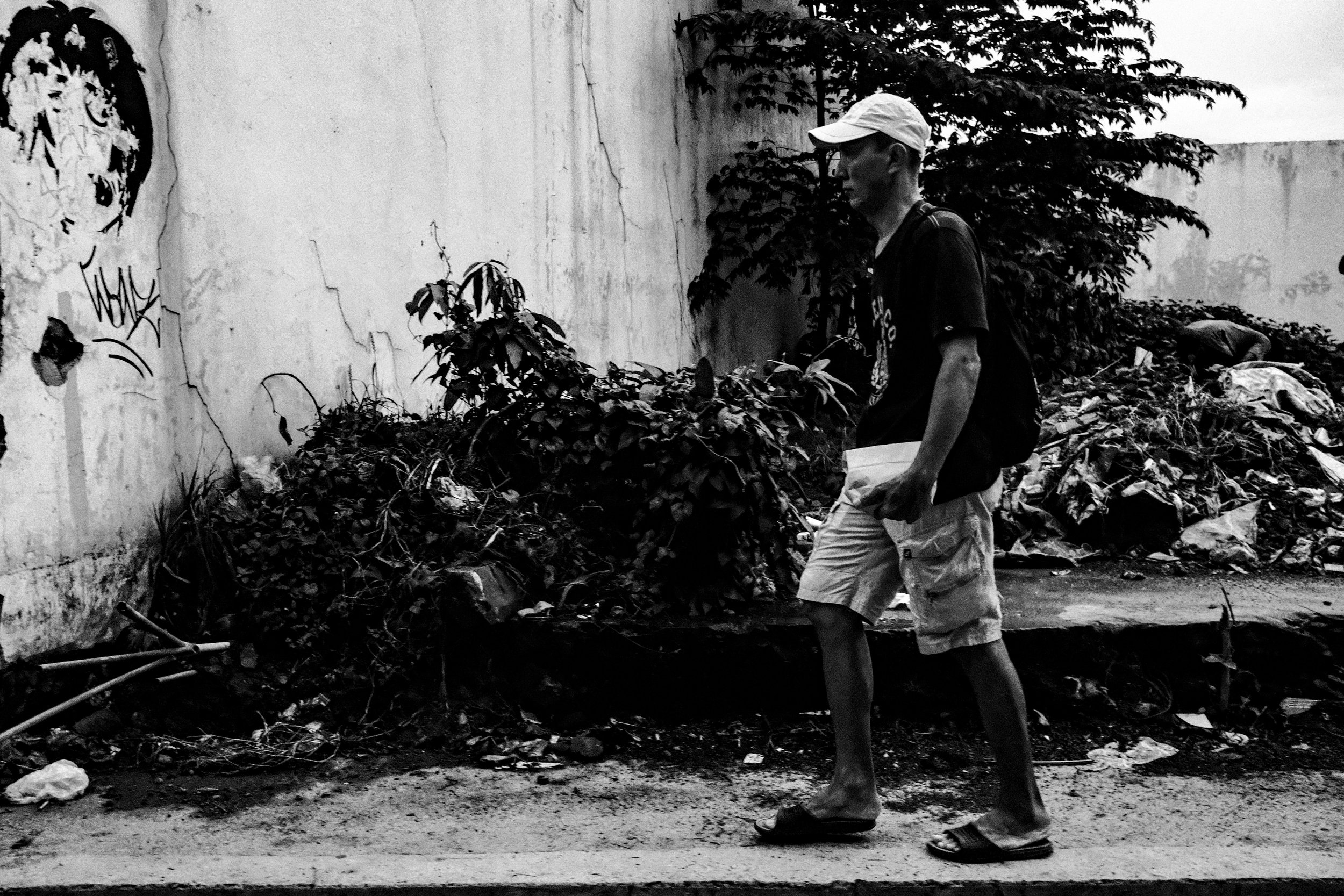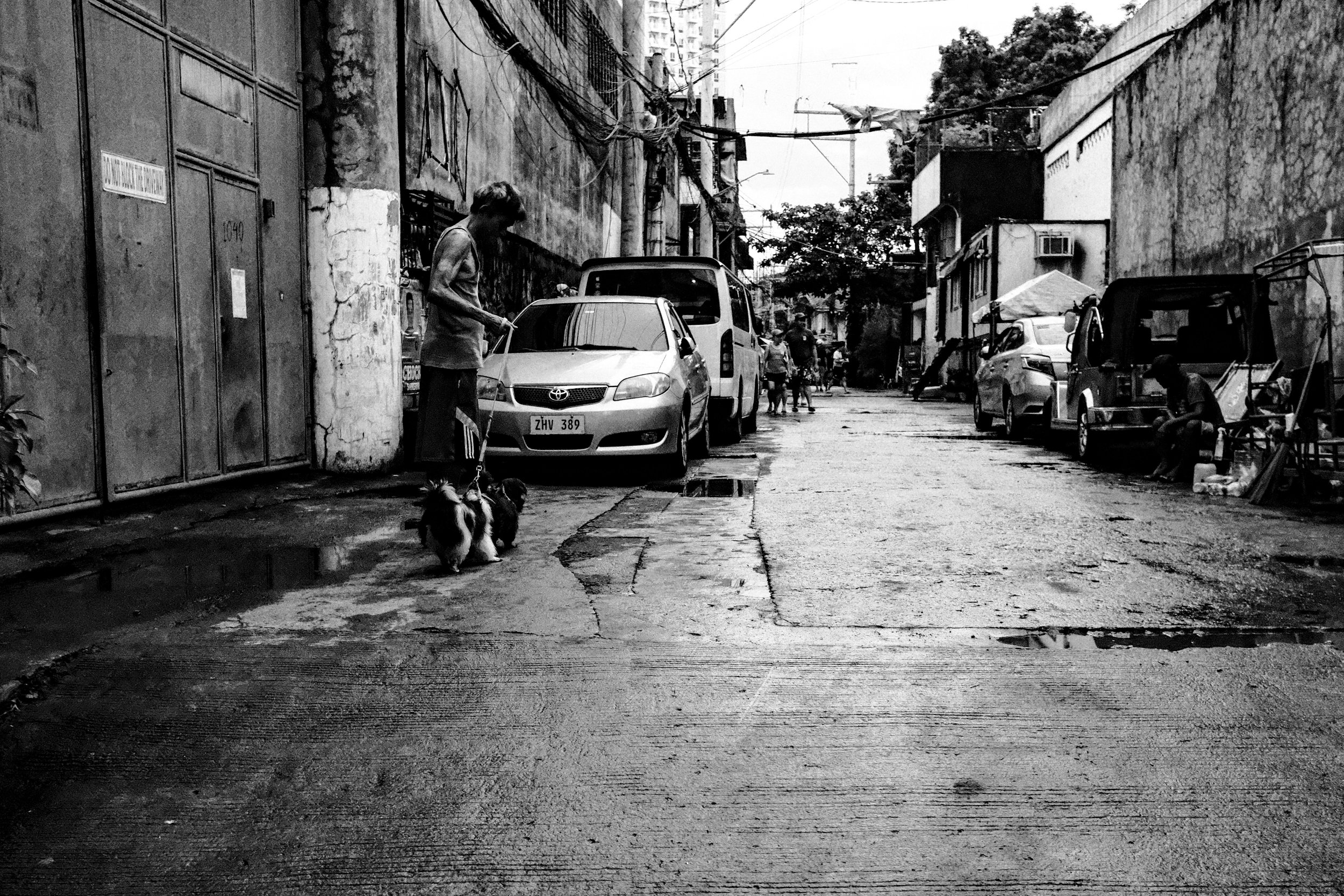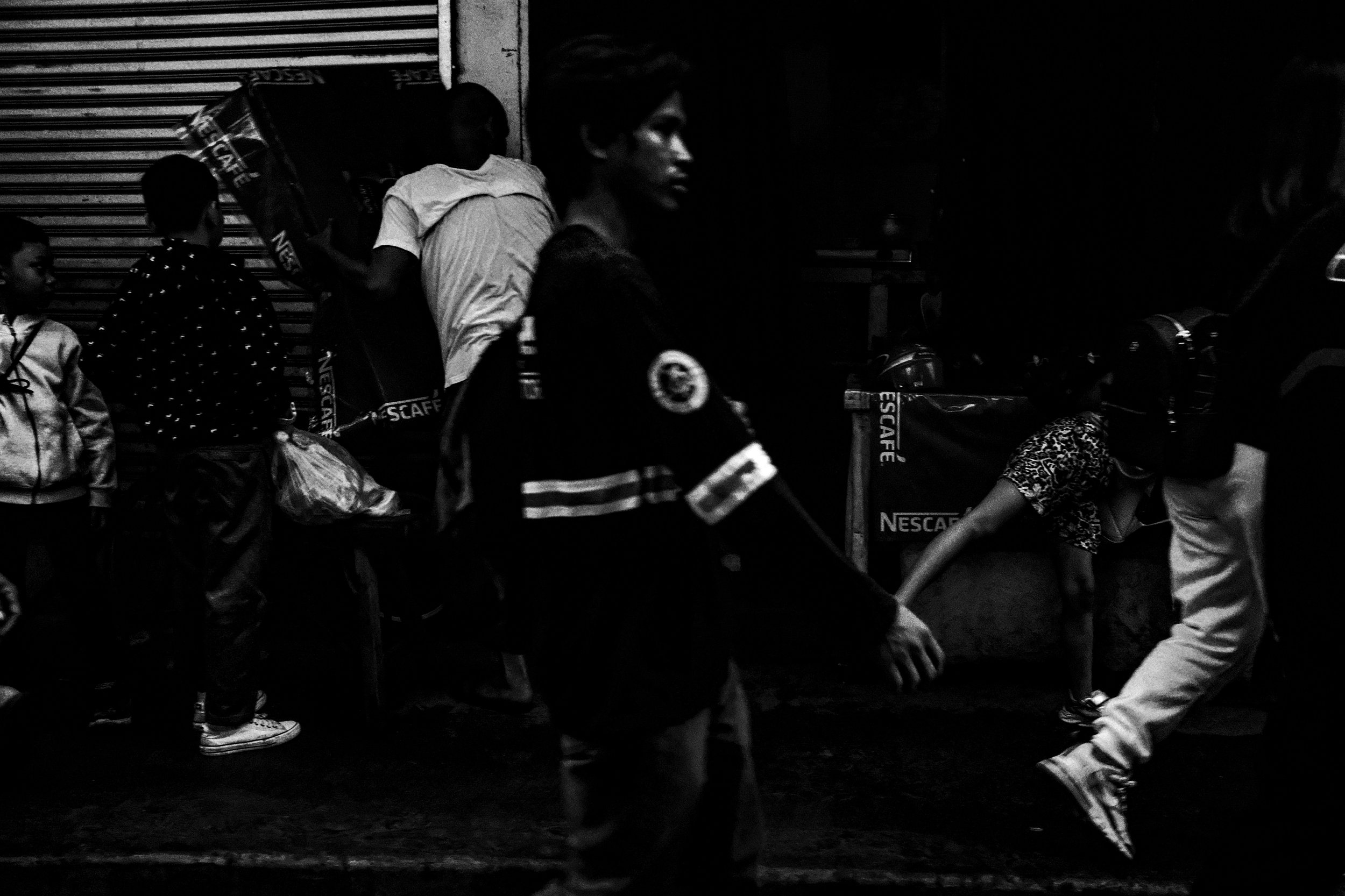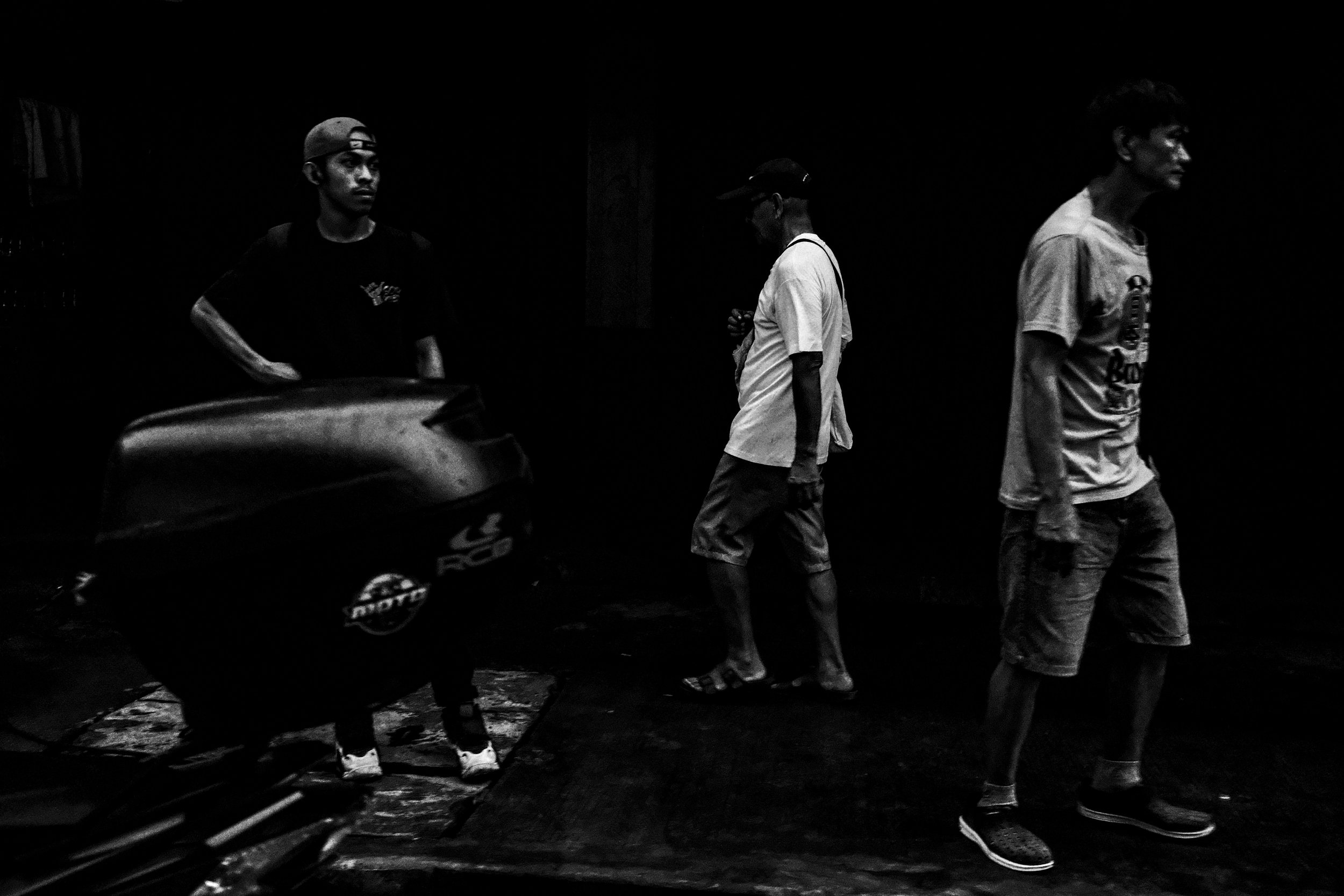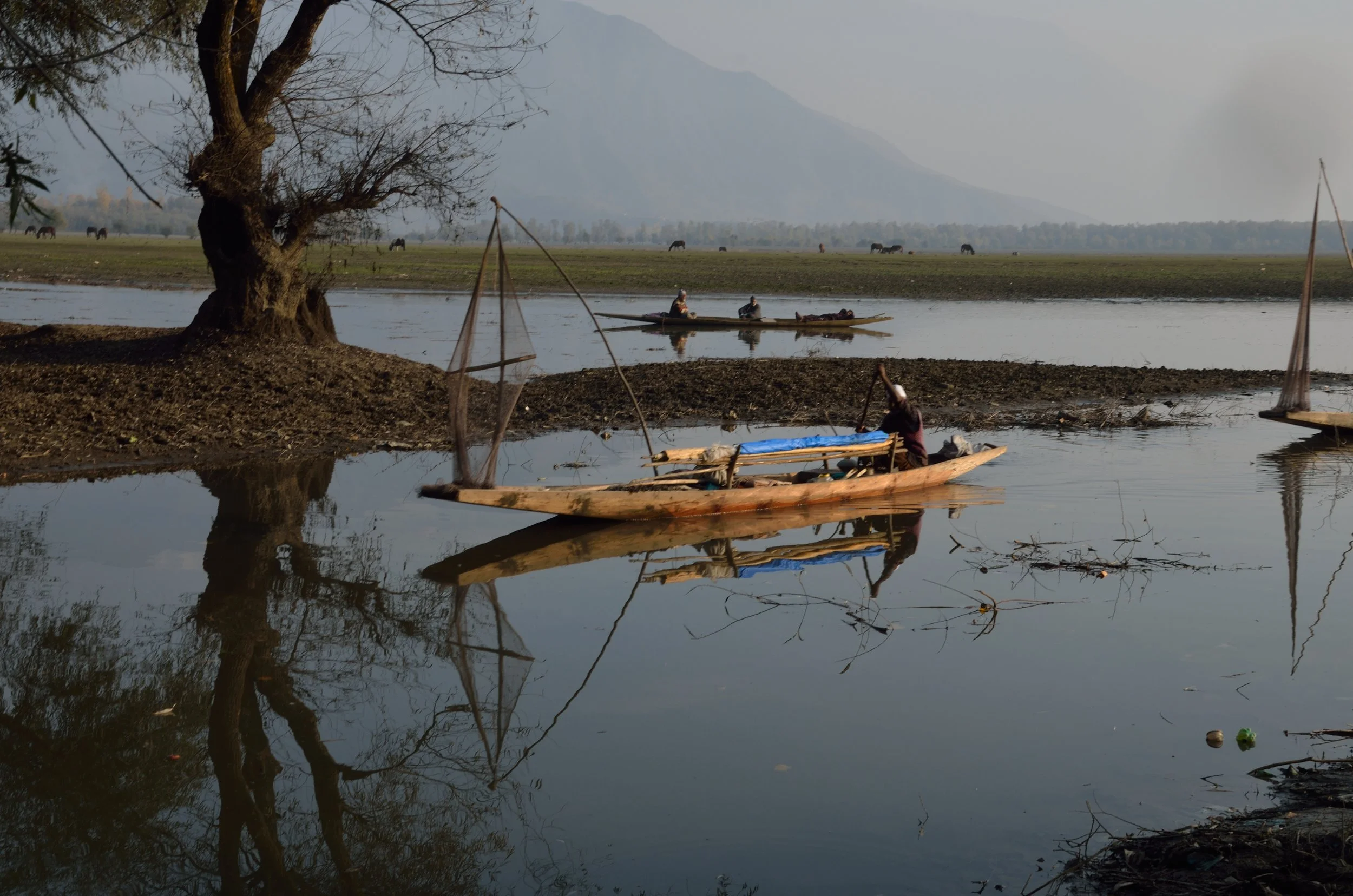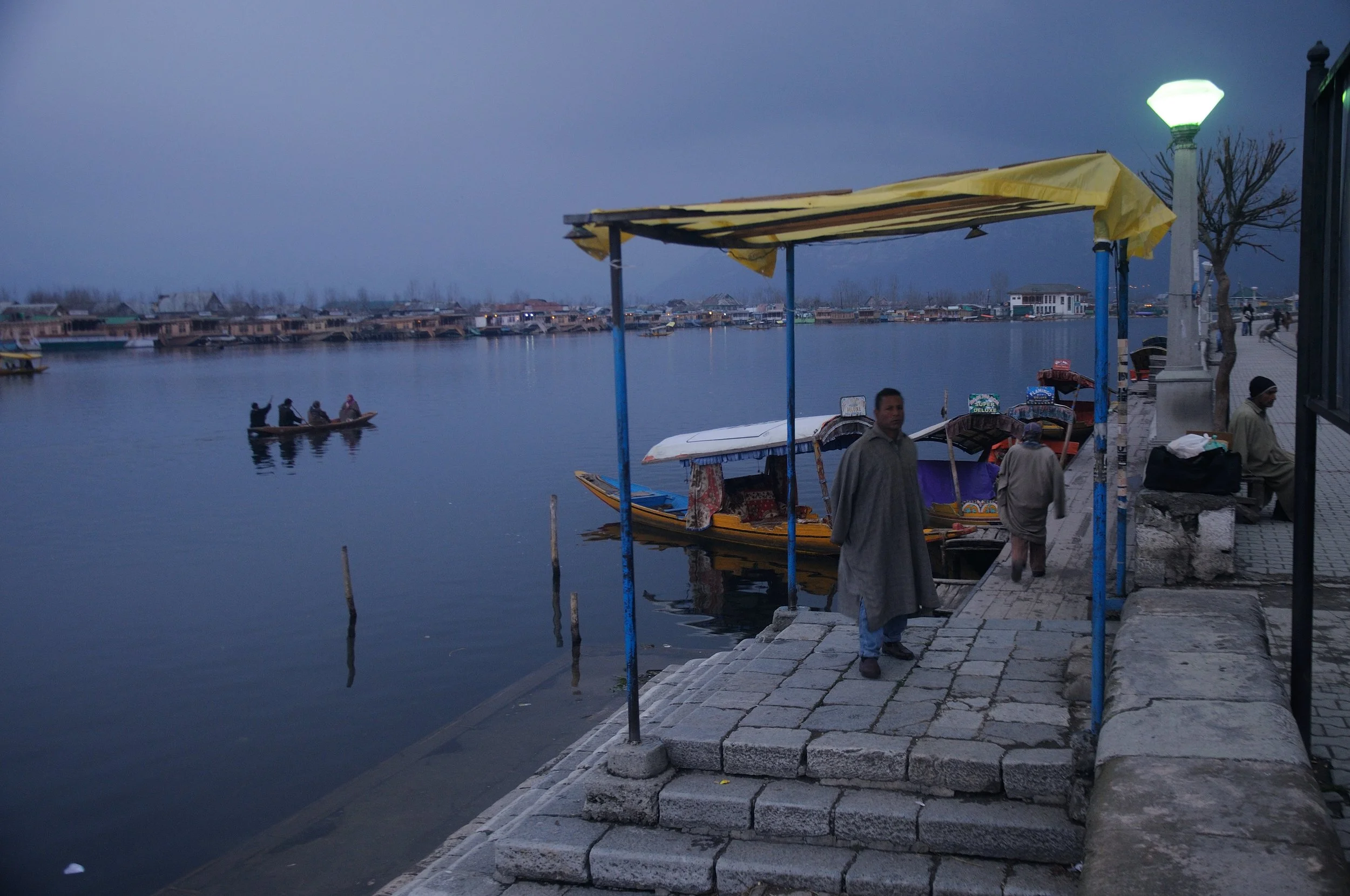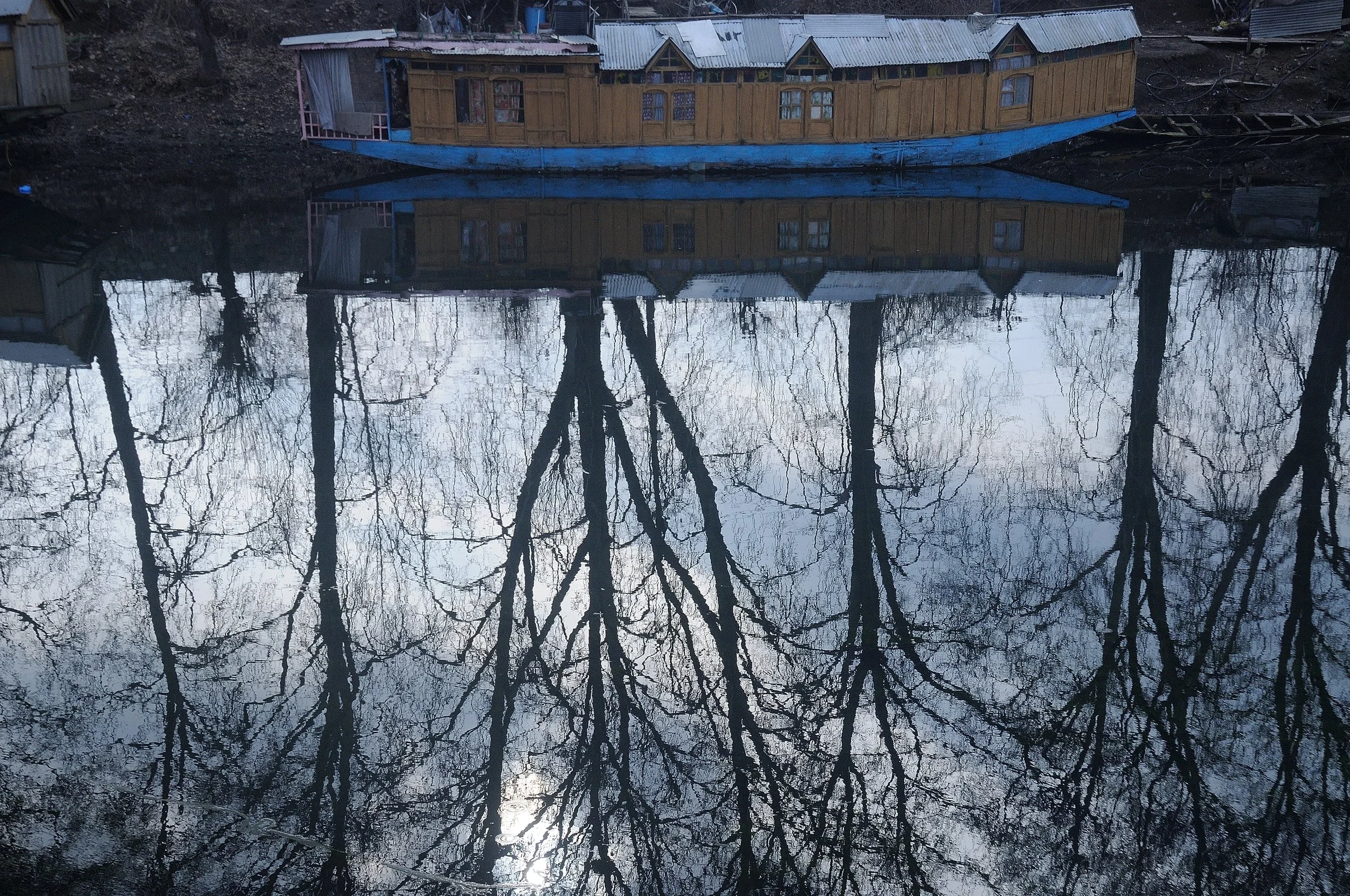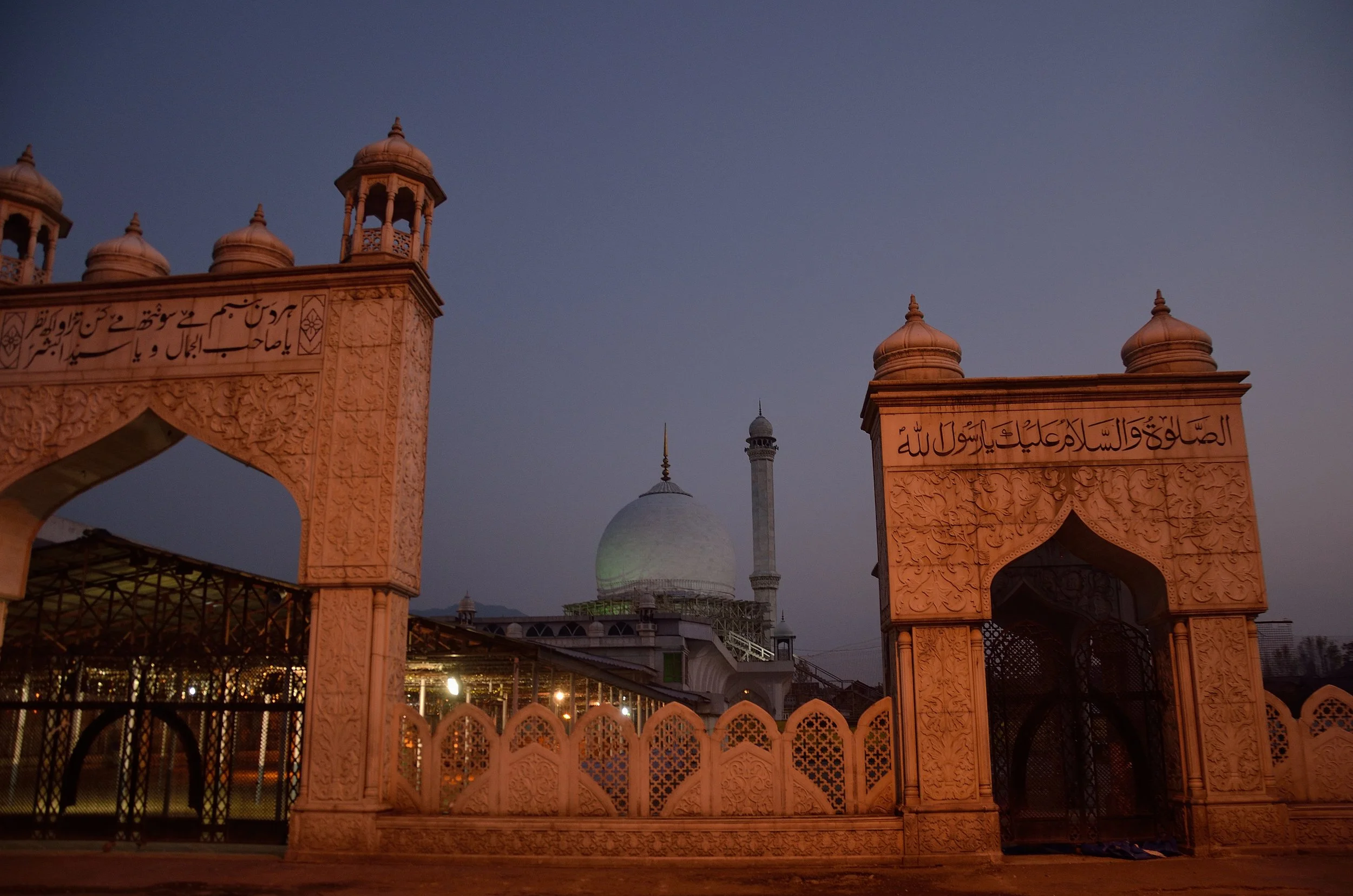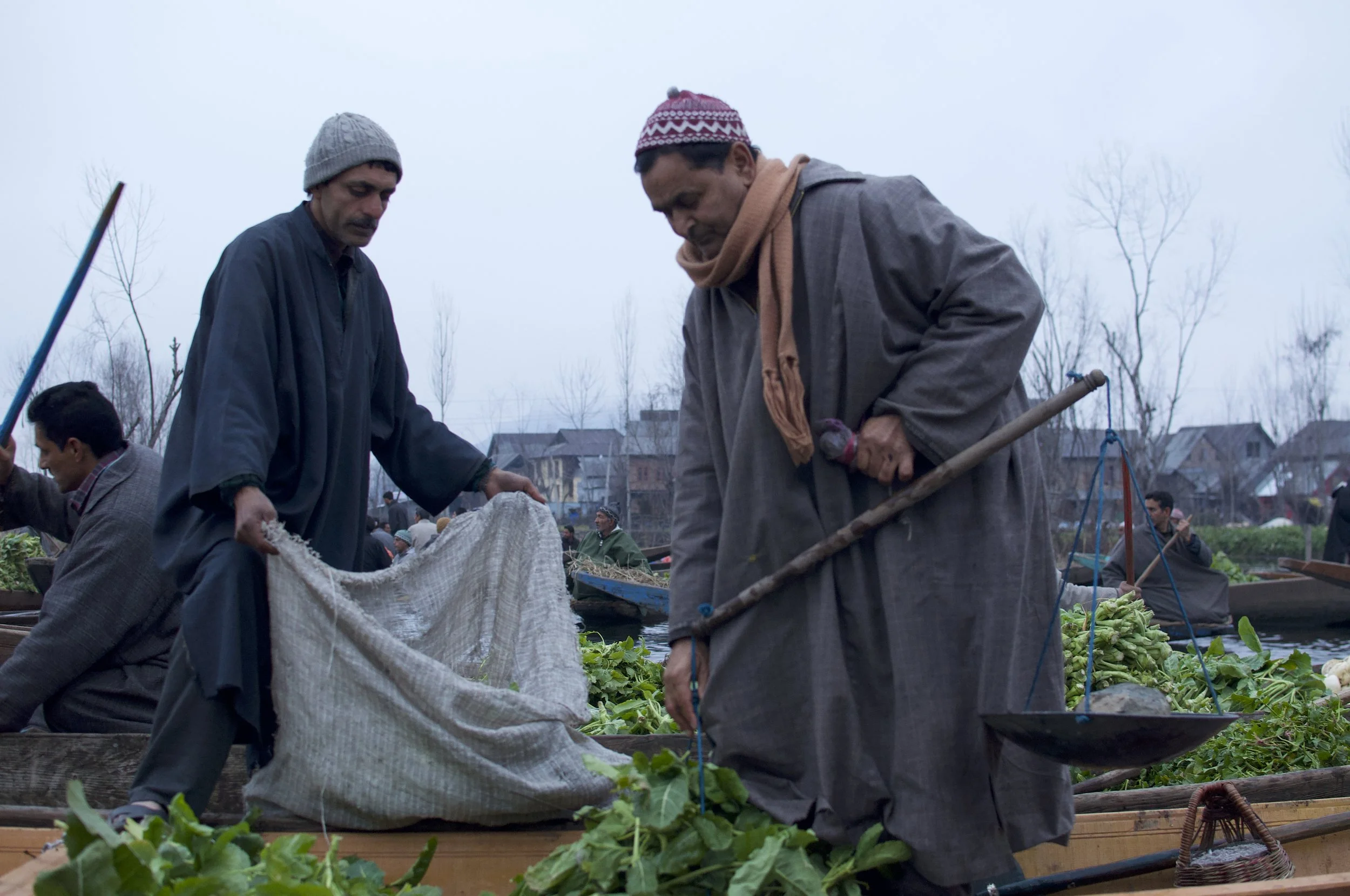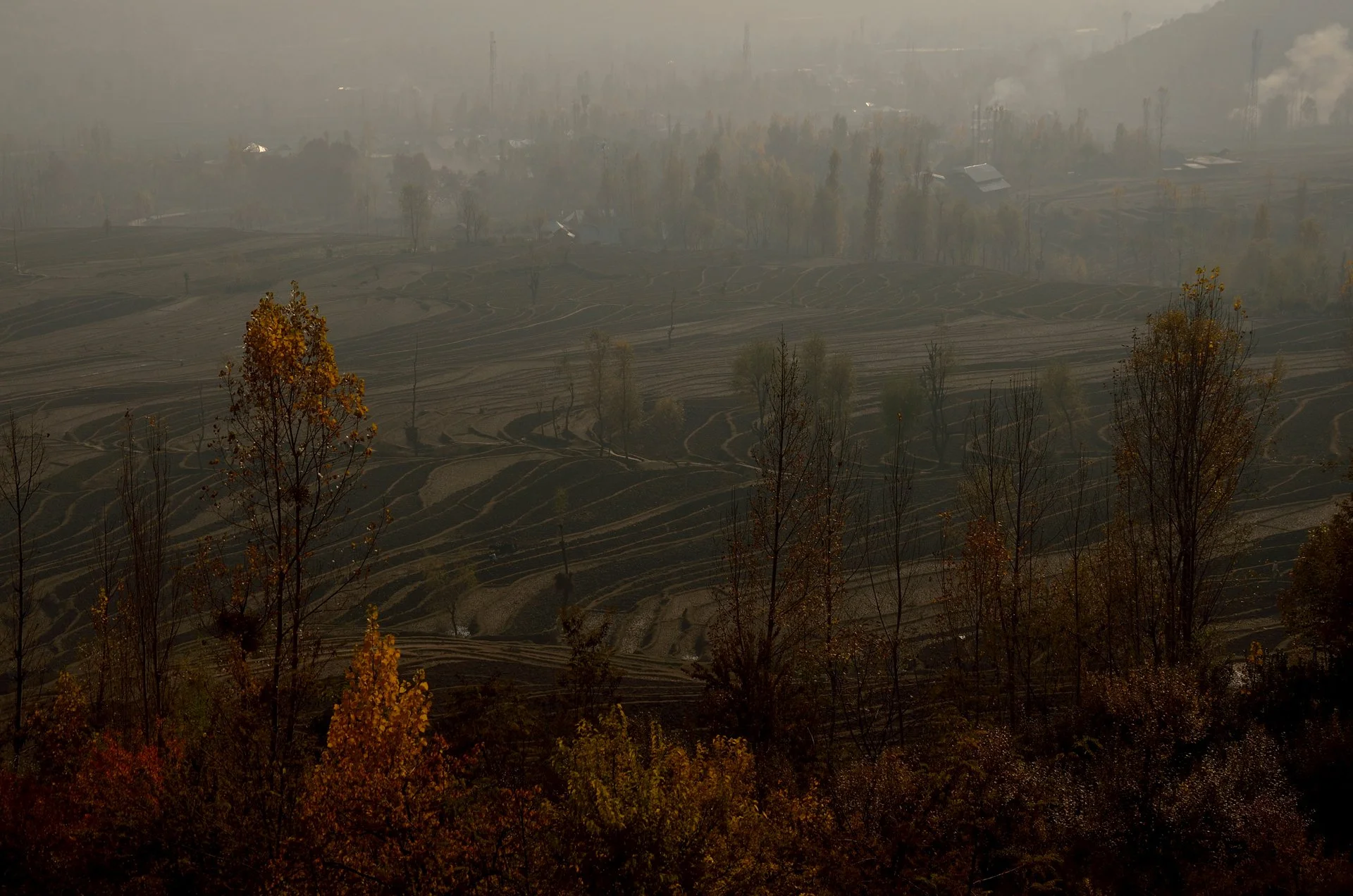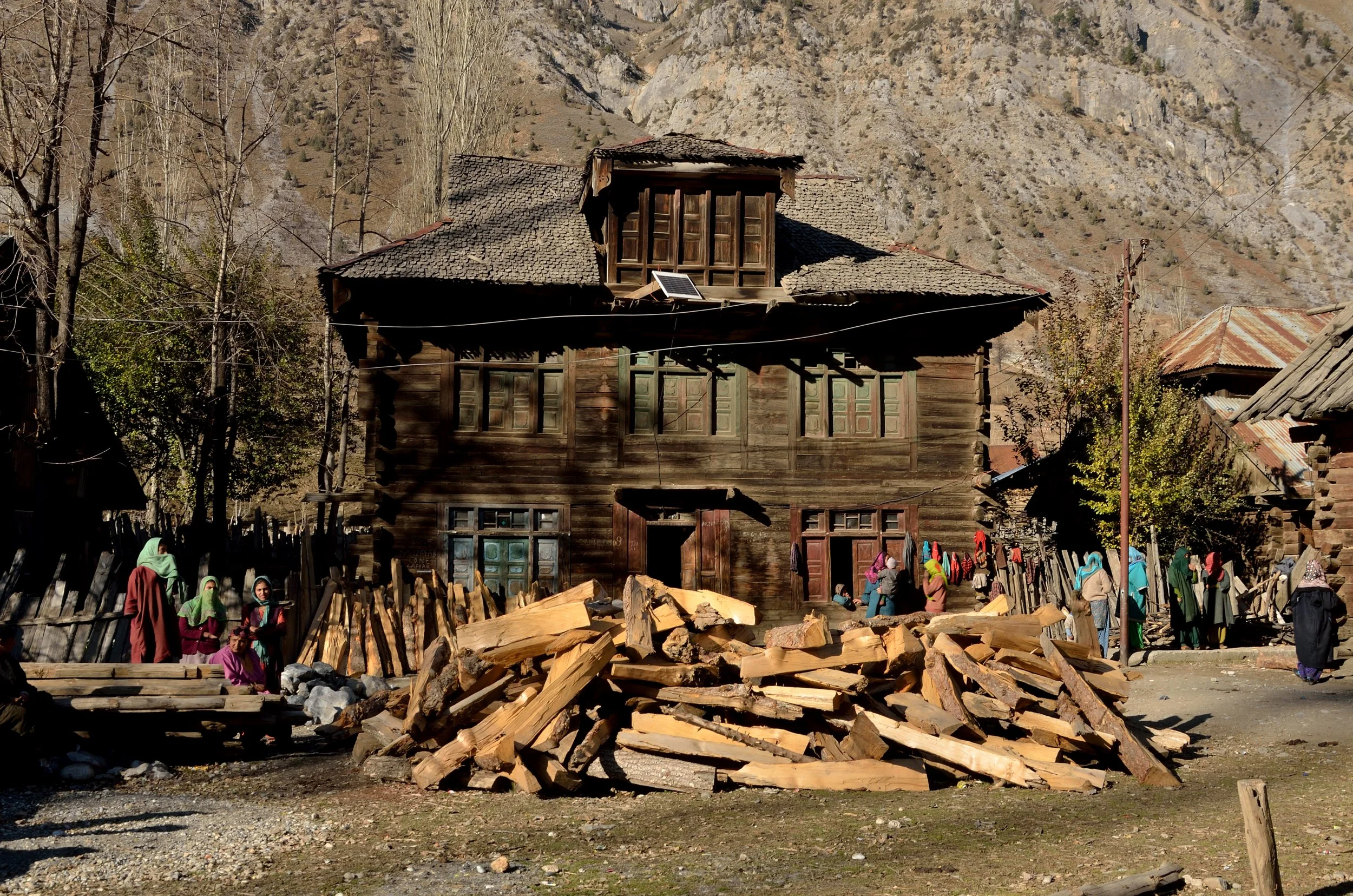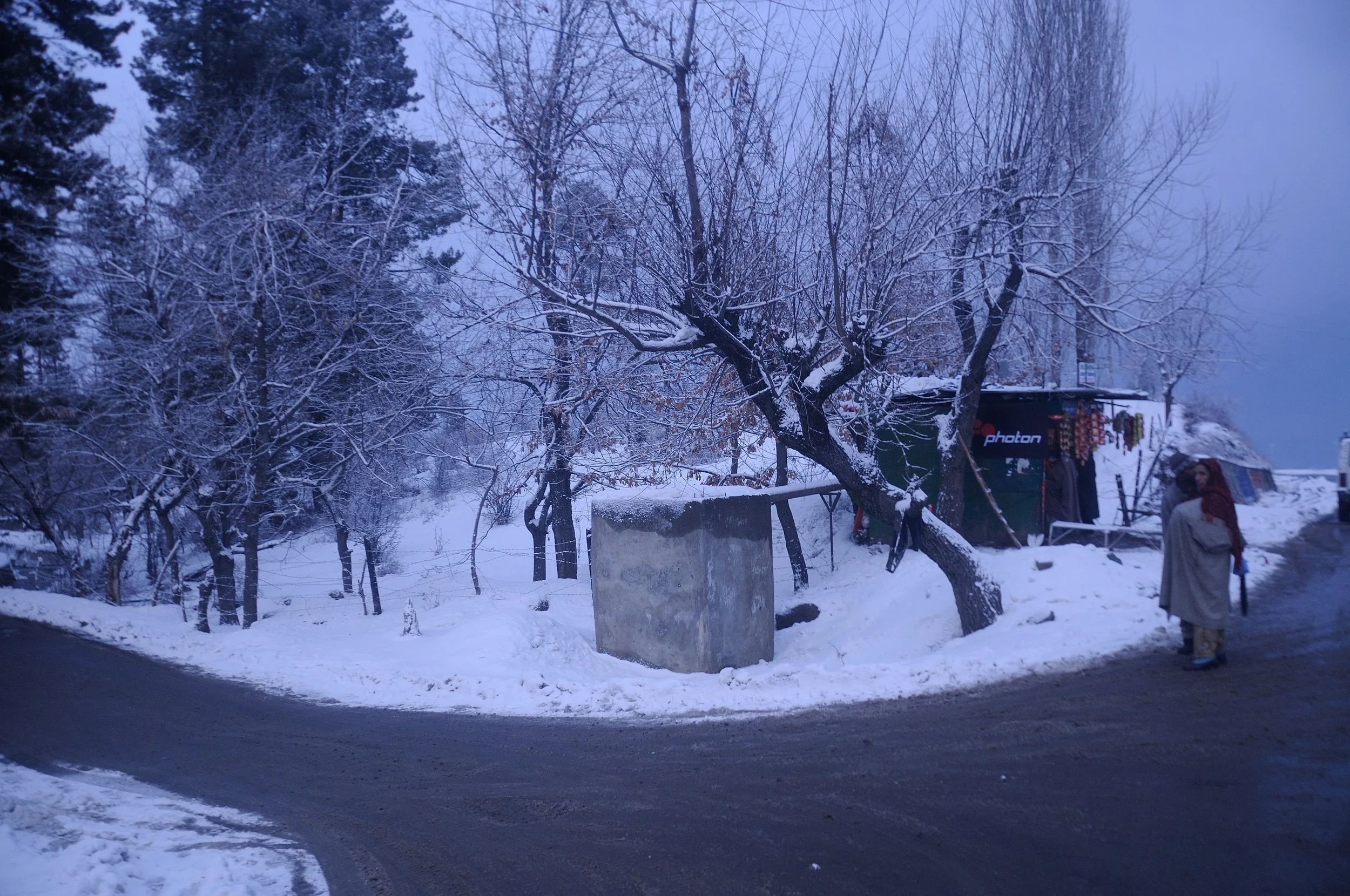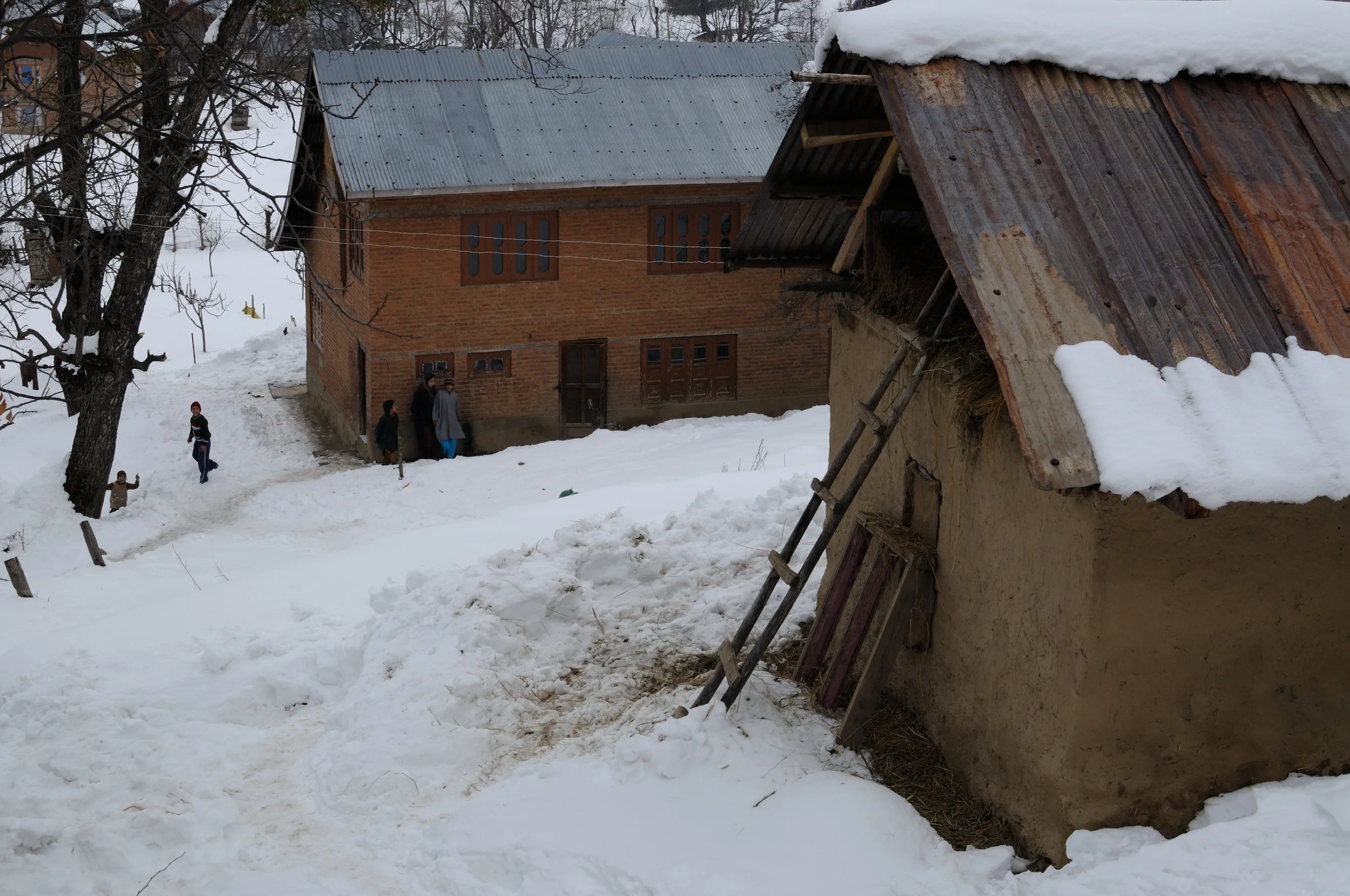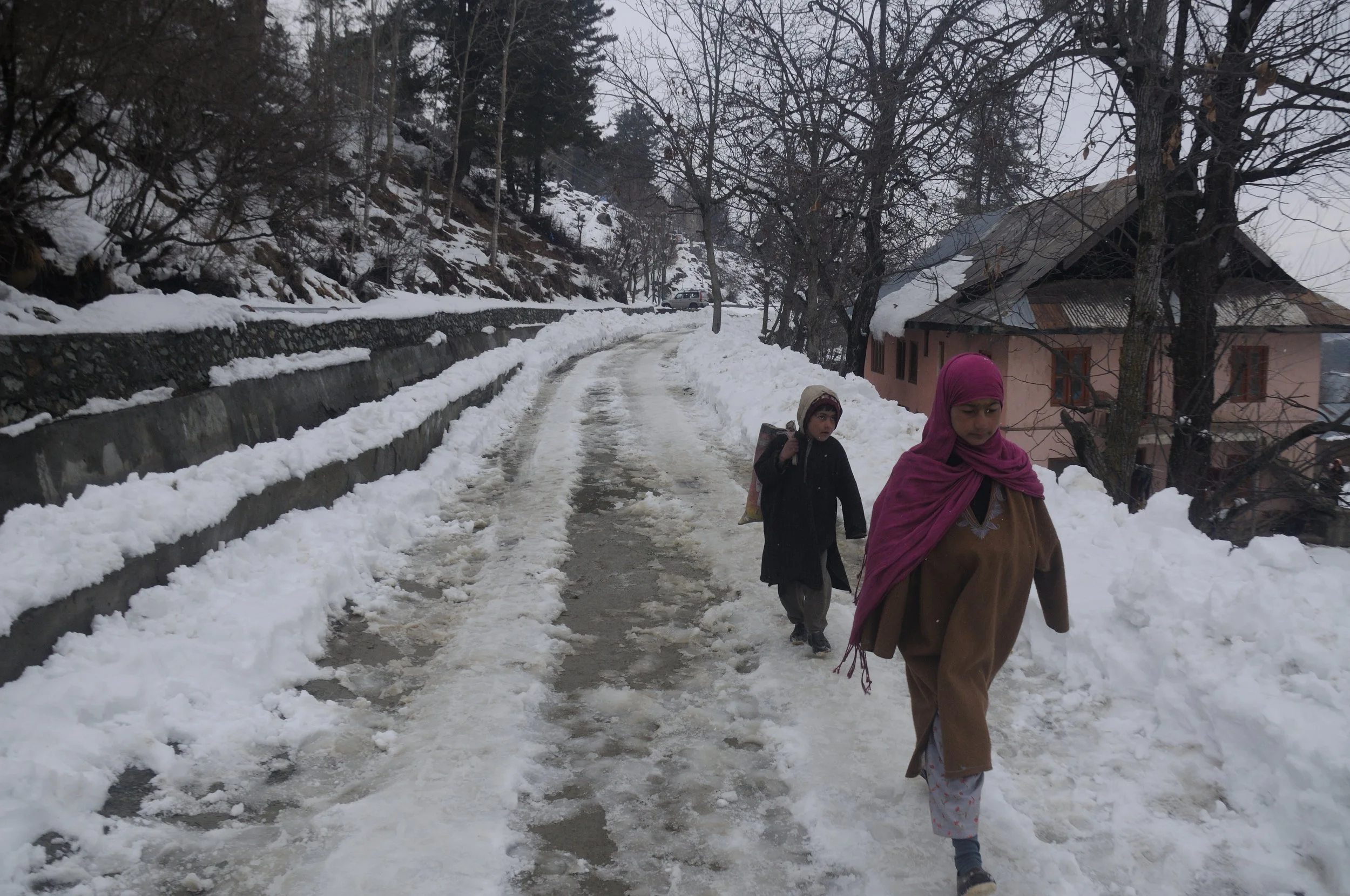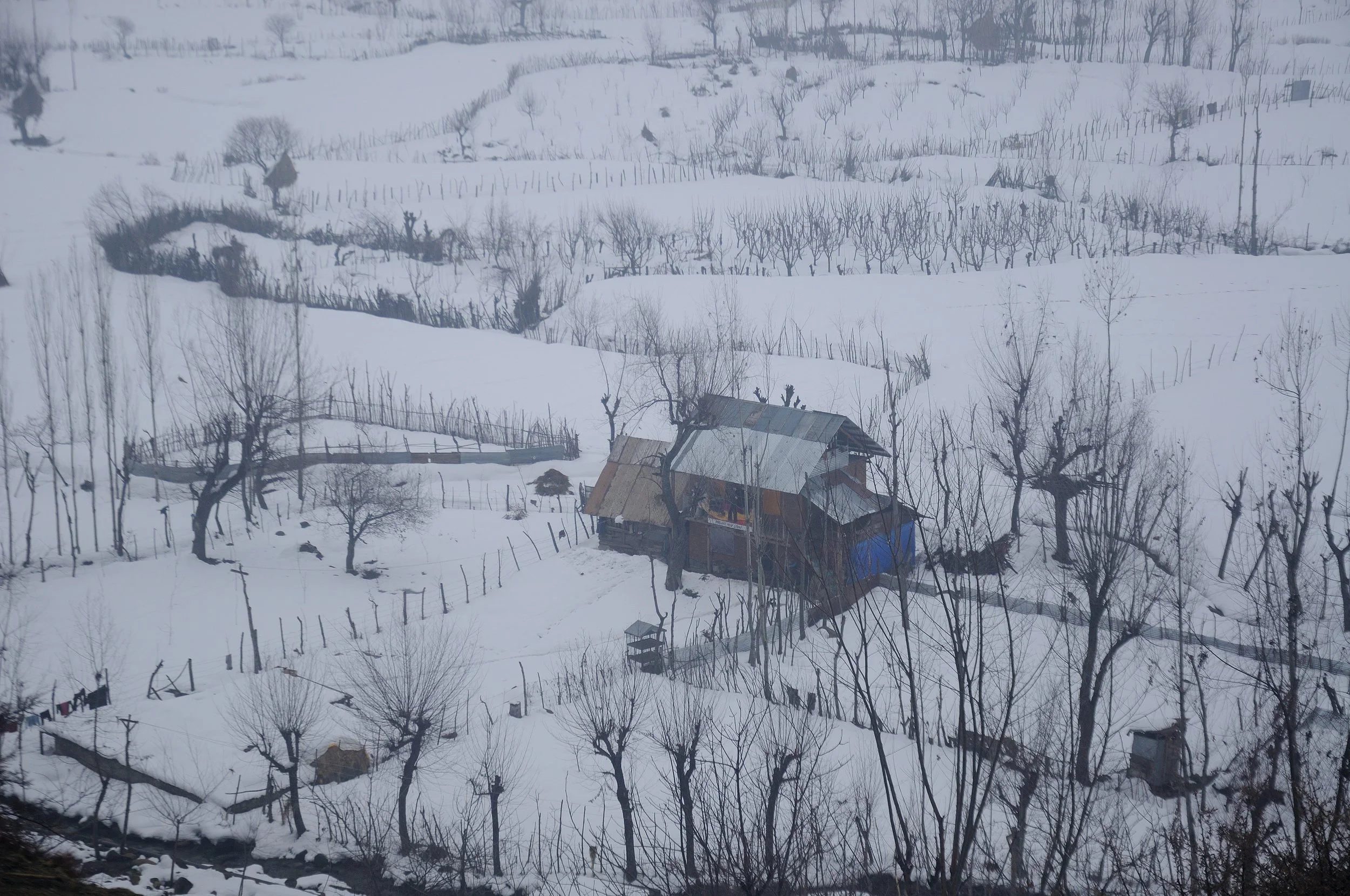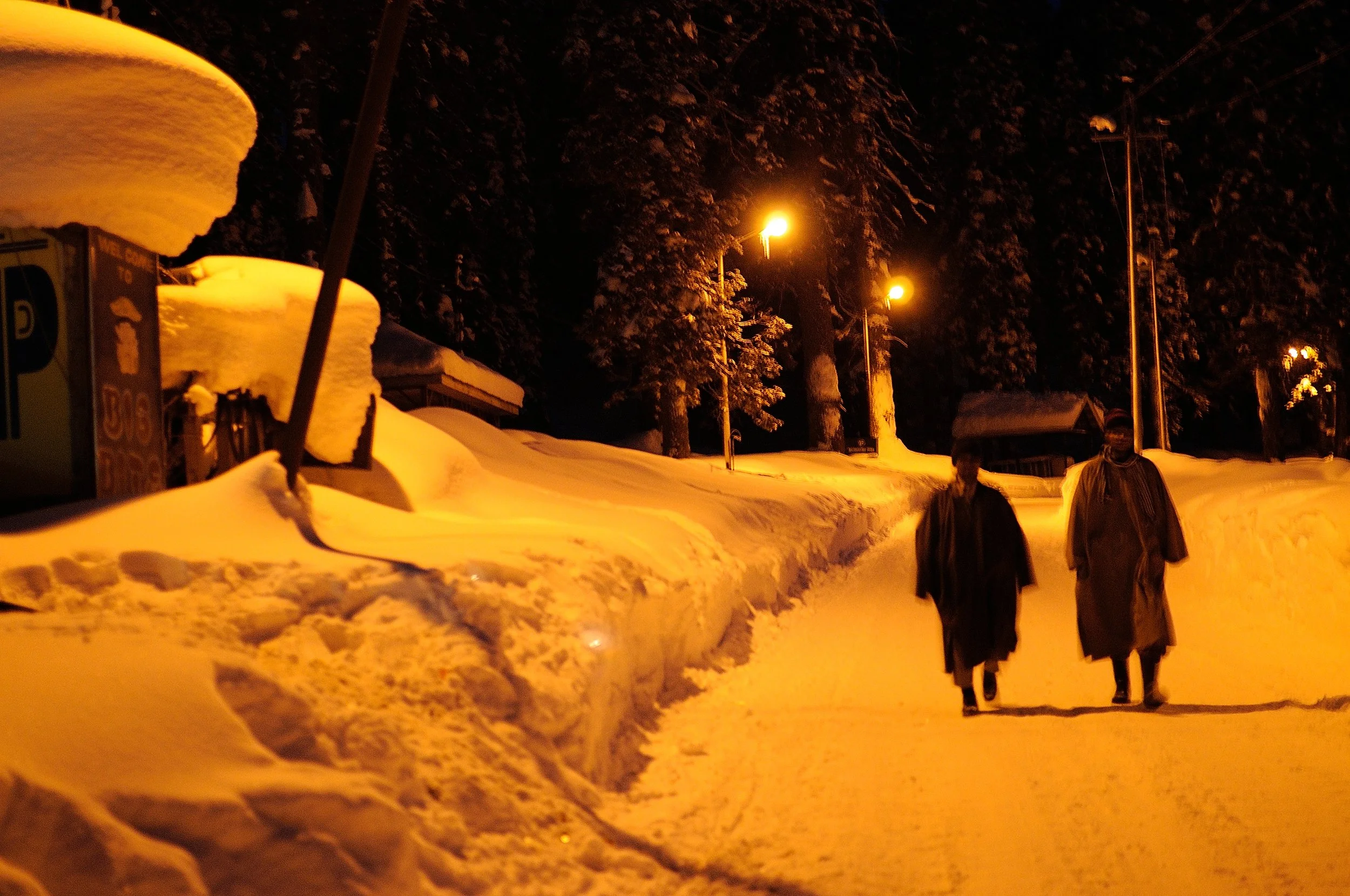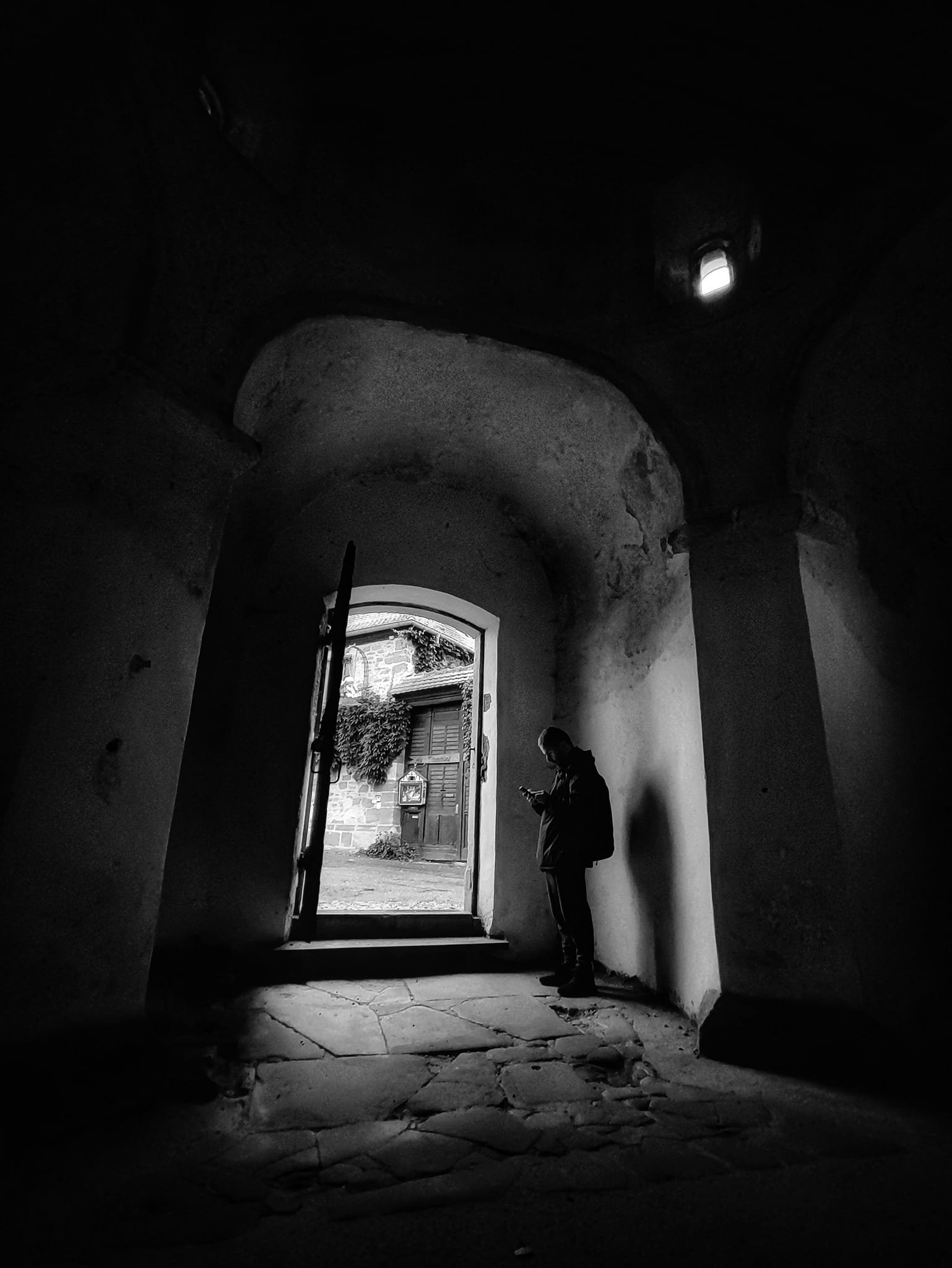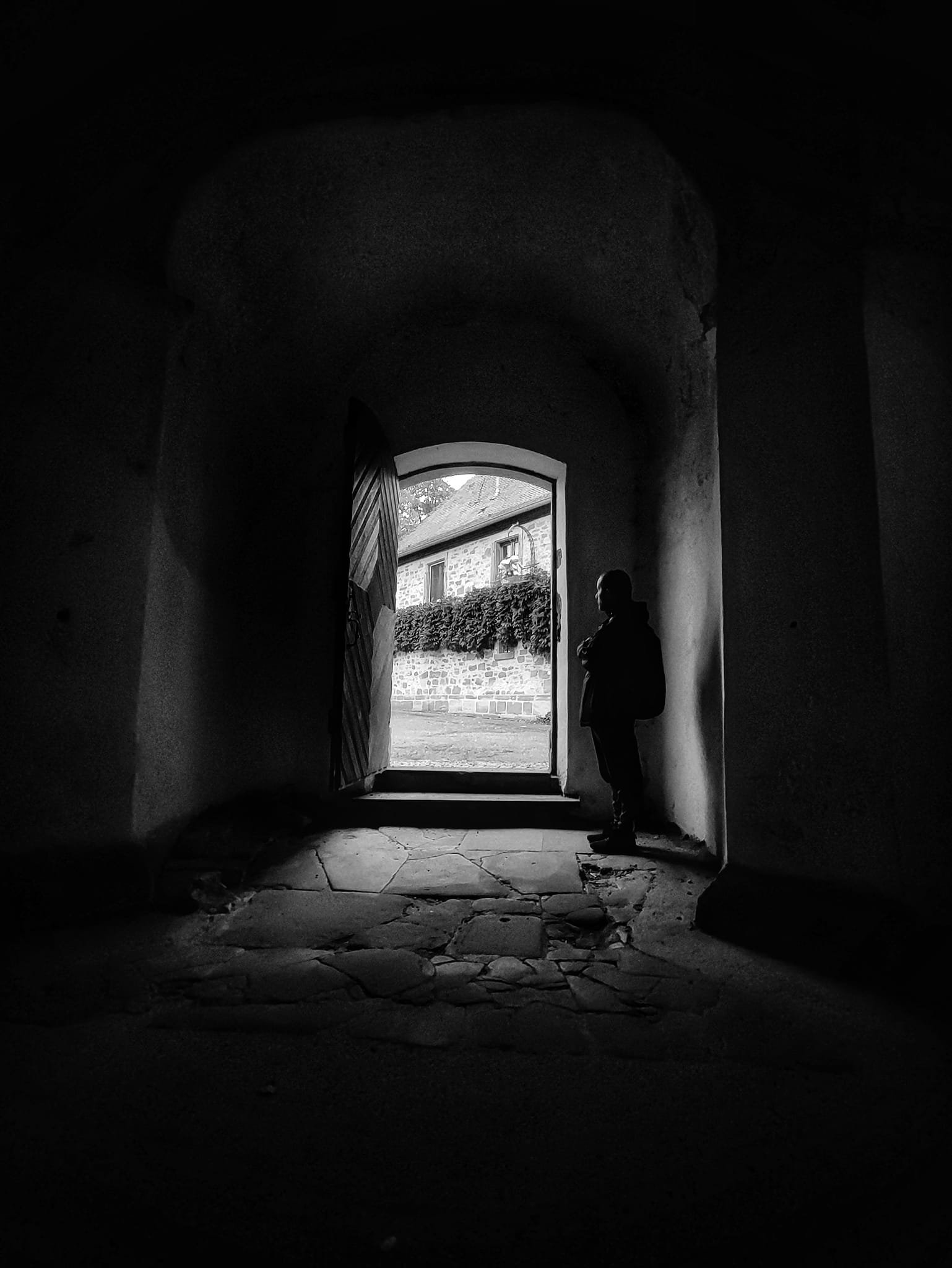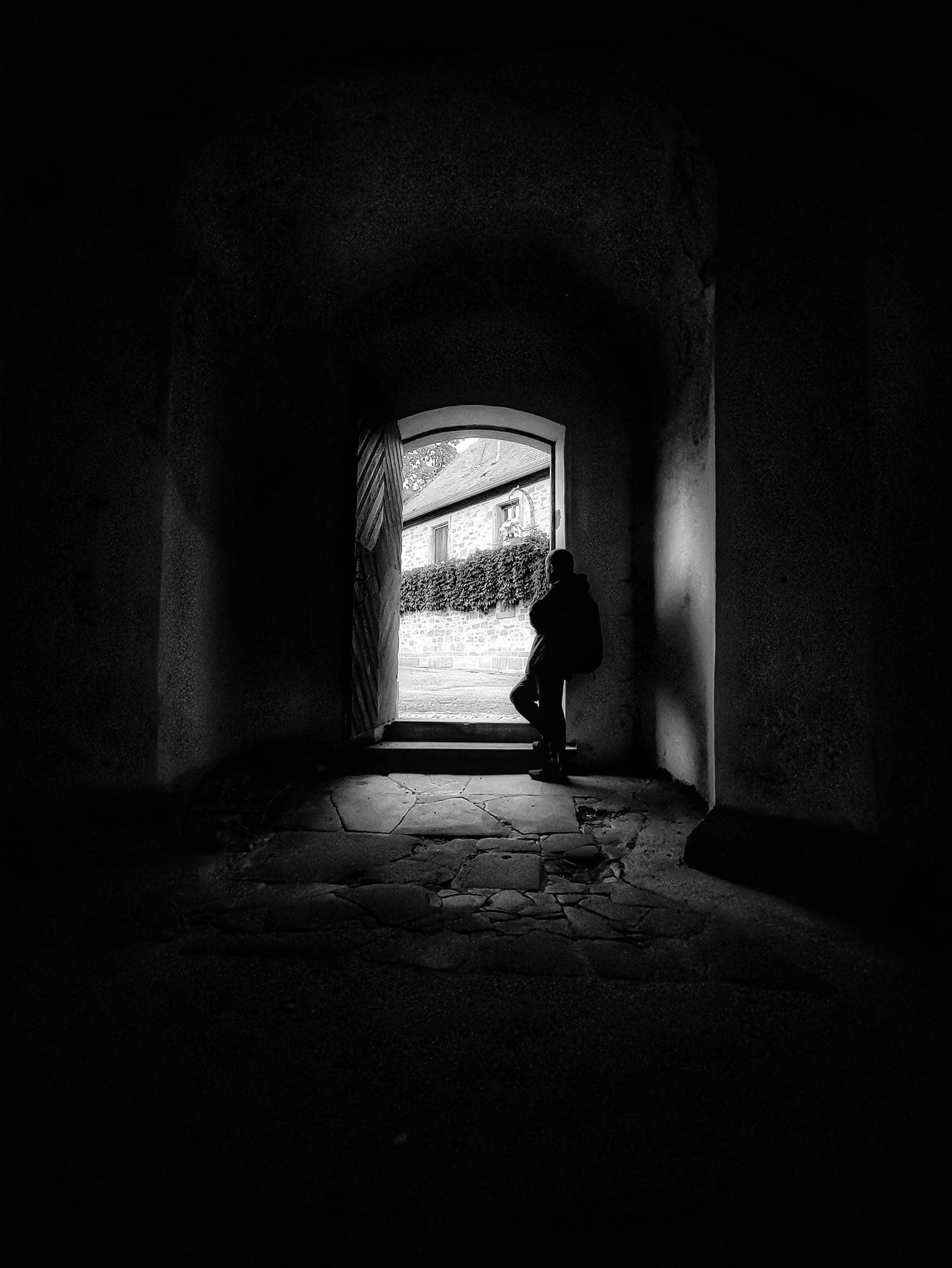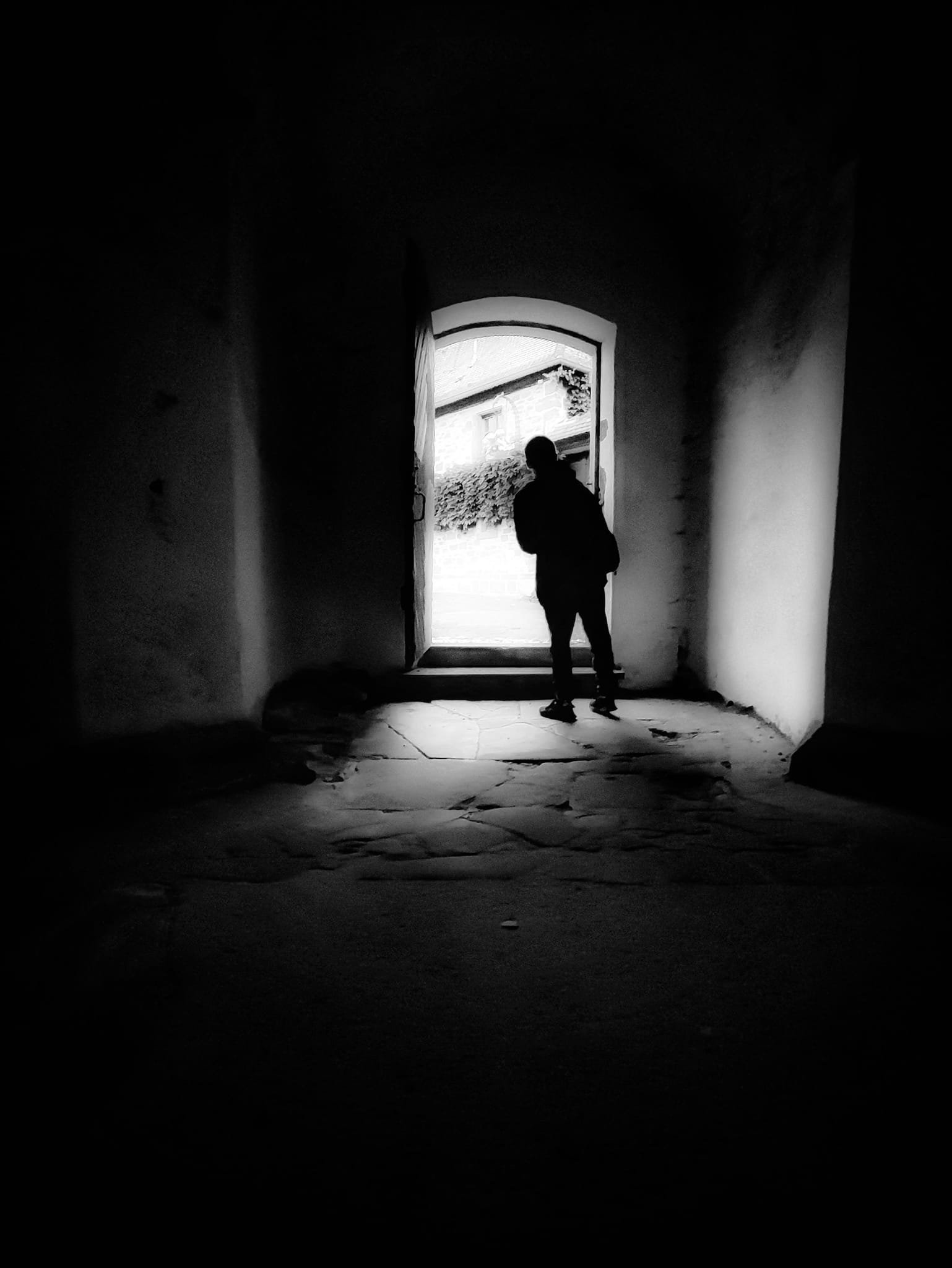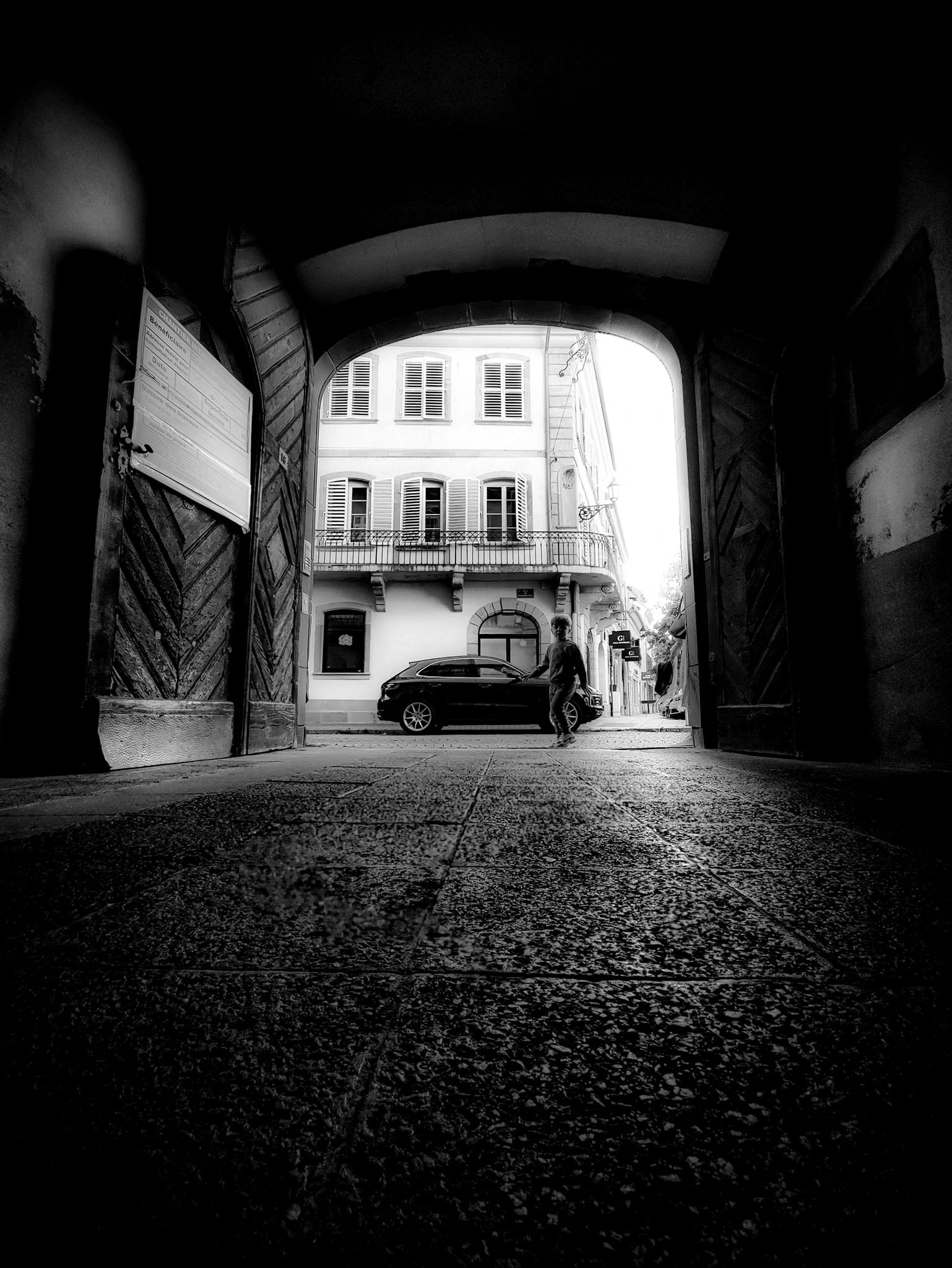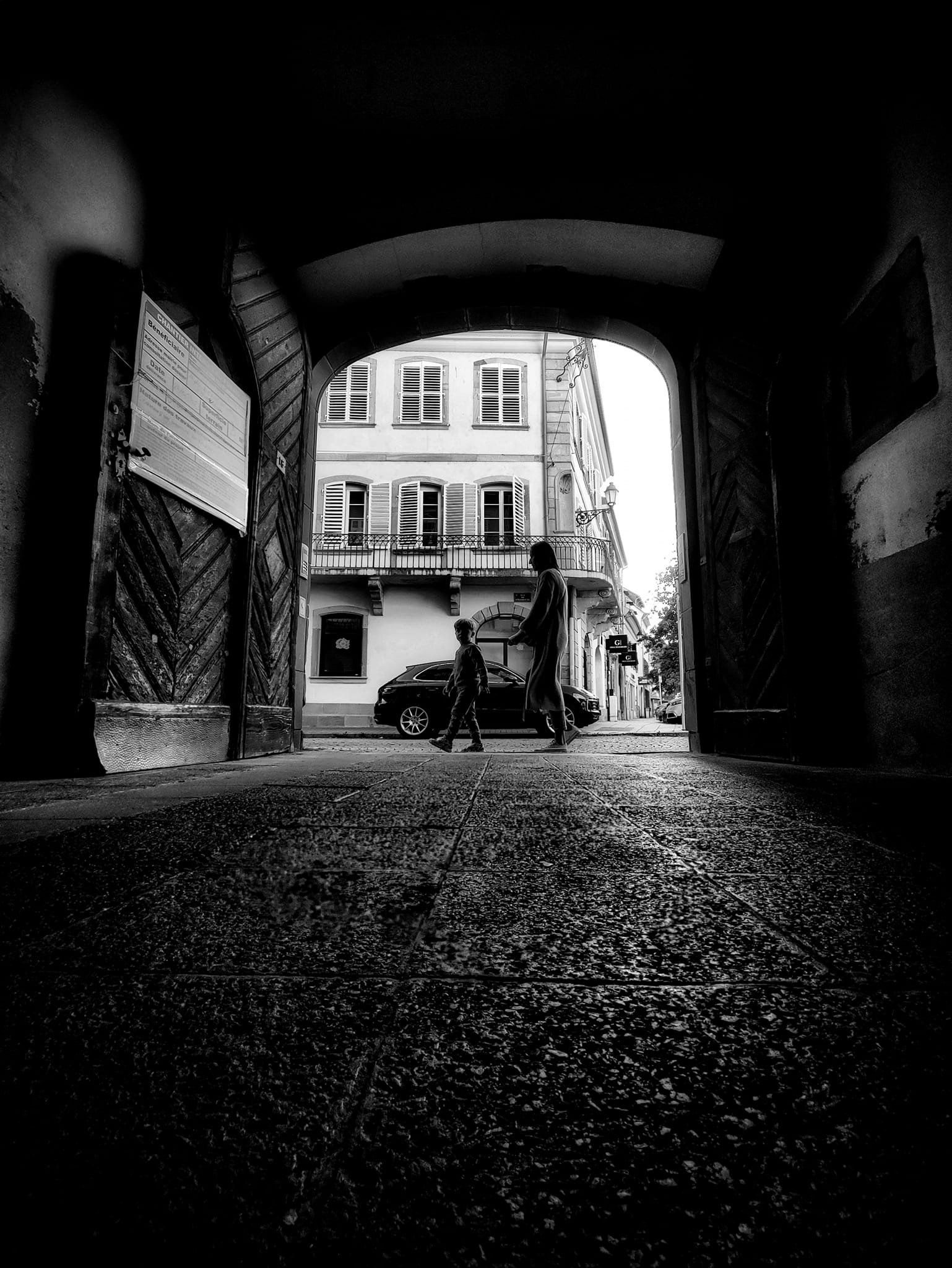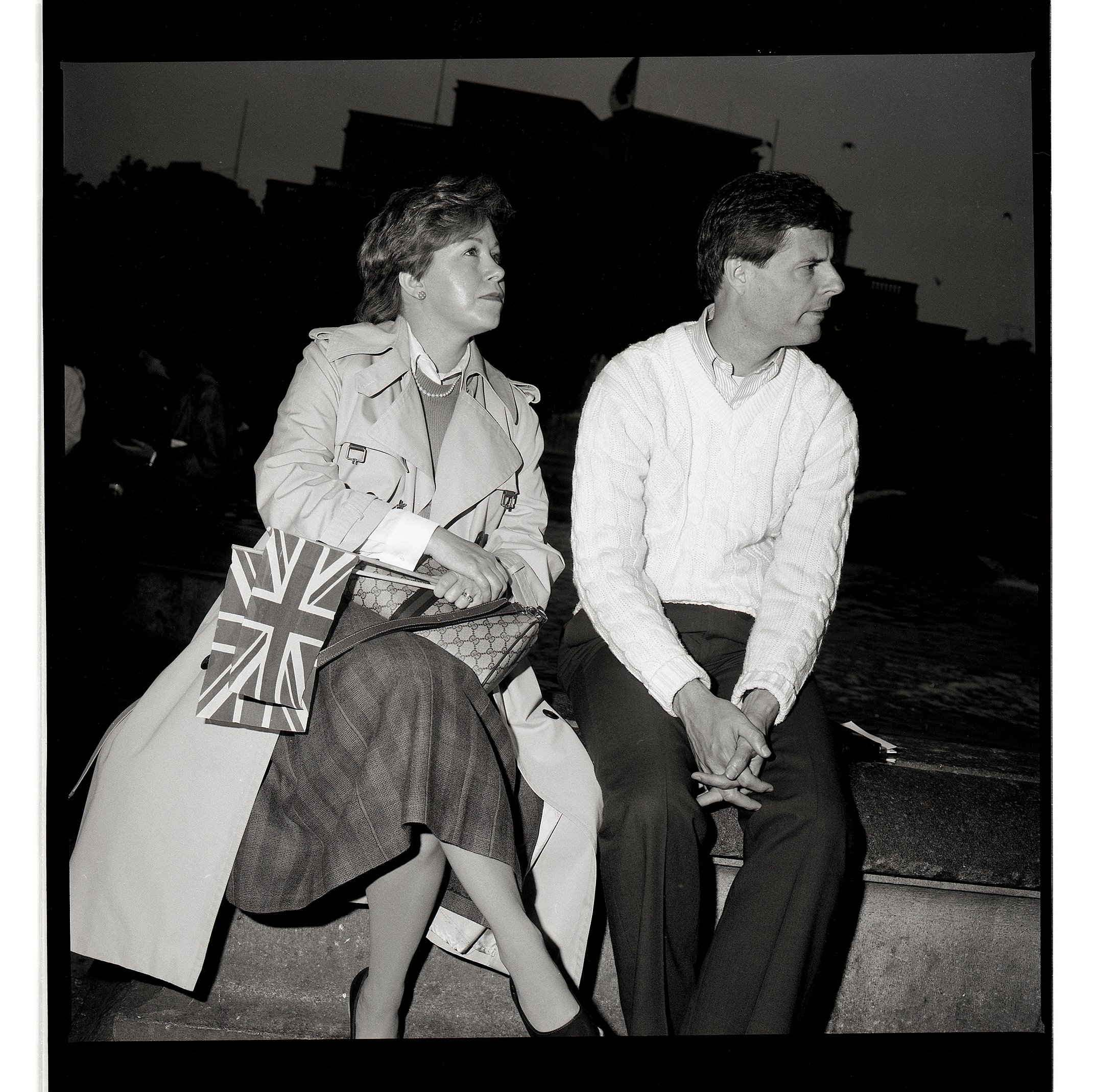Talking about India
Below you can read Michael's interview of Sagar for our magazine, the report of Michael's last trip and the three PPH books on India. And other articles by Niklas Lindskog, Shimi Cohen, Myriam Aadli, Siddhartha Mukherjee, Shubhodeep Roy
(Interview by Michael Kennedy)
I’m a life-long resident of Burdwan, a small town near Calcutta, in West Bengal. I have a doctorate in Australian Literature, and work as an Assistant Teacher at the high school-level.
As a street photographer, the most important factor is authentic scenes of life. Since the early days of my odyessy, I have always been passionate about documentung people on the streets. In the 1990s, I used a film camera for street photography and this felt luxurious. By the digital age, I prefered to shoot as much as possible wherever I traveled. This always involvd a quick assessment of faces and body language, like a deep look into the character of my subjects in a decisive moment that was more significant than any shutter speed.
The fascination of street photography is that this milieu features all the basic narratives of life. In a culture like India. the stories from the streets change powerfully every hundred miles.
I find that documenting every significant moment on the street to be unique and emotional. Every character is the protagonist of a story that I want to capture within a little play of light and shadow. It is these stores that inspire me in my journey as a street photographer.
In India, one can easily find an abundance of characters in the streets that represent every facet of life. The lines upon a face of a character are always different if you travel from one district to another district. The change of daily life and livelihood inspires so many visual narratives.
Regardless of popular destinations like Calcutta, Jaipur, New Delhi, Varanasi - this can never give one a true picture of India. The story of India is the story of her villages. The poster boy of Bollywood films never tells the true story of Indian characters. The life of Indian people, their struggle for existence in the midst of constantly changing social conditions - and how this is truly reflect in their faces, this is the story that matters most.
That's why, as a street photographer, I attempt to depict the true portrait of every human I document through the lens..
It is very hard for the photographers from outside of India to catch the unique story of Indian street life. Yes, it is as 'visual feast' for some, but it is a hard life to us. One can easily frame their misery or livelihood, but it is not easy to understand their story of life.
An outsider cannot communicate with the locals, since the people of the streets are very camera-phobic to someone who is not from their community. So, documentation of Indian street life may seem possible for anyone - yet the true spirit of street photography of telling a story through his characters is miles away.
As previously noted, the story of Indian street photography is a bit different from other countries, one must include every aspects of Indian life whether it is the people of posh Bangalore or the beggars, saints and the lunatics of Haridwar. The main focus must be the life of Indian age-old tradition and culture which is germinated day by day with its people from all social classes, castes and creeds.
I regard India as the best place for street photography. I have visited six countries, mostly South East Asia and Australia - sometimes with lengthy stays. Since my doctoral studentship occurred in Australia, I had the chance to observe the culture of street life in far more detail than a fleeting tourist.
Many people may not realize that India is a federal union comprising 28 states and eight union territories, for a total of 36 entities. I have visited more than 15 states in my country, and now can better distinguish the daily story of people according to their appearance, as well as their social structure.
In the early stage of the COVID-19 pandemic, I captured some of migration labourers and their families who have travelled a long distance to reach their home without food and money during national lockdown. Yet I have never published these photos. It is very uncomfortable to share these stories as a professional photojournalist might do. Naturally, the pandemic has totally changed the streets of India - and people of a so-called privileged class, now fear to go near people of streets. Social distancing is a vague term in light of the life of the general people of India. One has to earn their daily bread by coming out in to the street, and reaching their desrination without any convenient transport system.
Everything here is affected by different situations mixed with myriad political agendas from the ruler and the opposition. The streets of India are now changing, and the future will take a shape different from the past.
I prefer to shoot at any time of my daily routine. I rely on a mobile phone that is good for street photography. Yet for the story of the street, I have to plan about place and time - which I generally do once in a month.
The railway station is my favourite place to photograph in my town, since it is connected -more or less, to all the routes of Indian states. This allows me to easily catch the people of different states and the evidence of their journey.
Believe me, India is now suffering greatly and her people of the streets are in very dire circumstances - if not completely doomed. Lots of people have lost their jobs and their livelihood. Daily labourers and their families cannot earn a day’s worth of food, as all work and projects are locked down in these times.
My only project is to help these people by any means, whether providing daily work in my village house or helping them with a day’s food for a family. It is a big task, yet I can still help at least one family at a time. Documenting the sufferings of people is too hard to bear. You could not capture the image of a moment of family who is now eating their rice after a two-day walk from their factory to their village. We must come forward to help those in distress in these hard times. And now I am trying to do this with the help of my friends.
I prefer to shoot the street with my only camera, a Canon 600D and an 85 mm 1.4 fixed lenses. Once I used a 50 mm 1.4 which is also good for the street, yet I prefer a modest telephoto lens for some distance.
As a teacher, I’ve never pursued photography for financial gain. It is not my cup of tea. I do so strictly for my aesthetic pleasure. But this pandemic has changed my attitude. If it is possible, I will approach the people to help for my daily labour friends and their families.
The most important thing for a street photographer is not the camera, or post-production software. It is the inner eye, or the heart, by which one can empathize with others and recognize our common humanity. It is not our story; we are respectful observers of other people and their journey through this world. So, first, it is important to feel the story, and then document discreetly without any pretense.
Dr Sagar Dan






